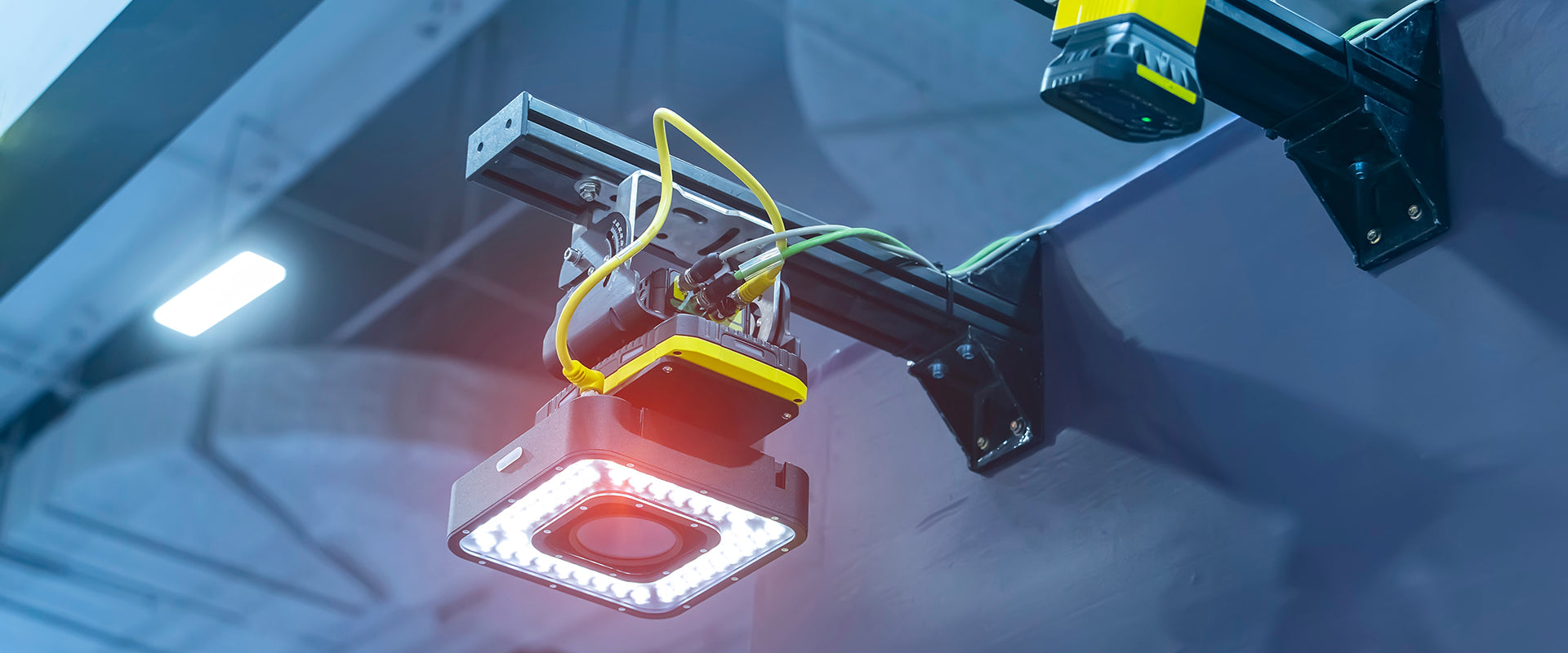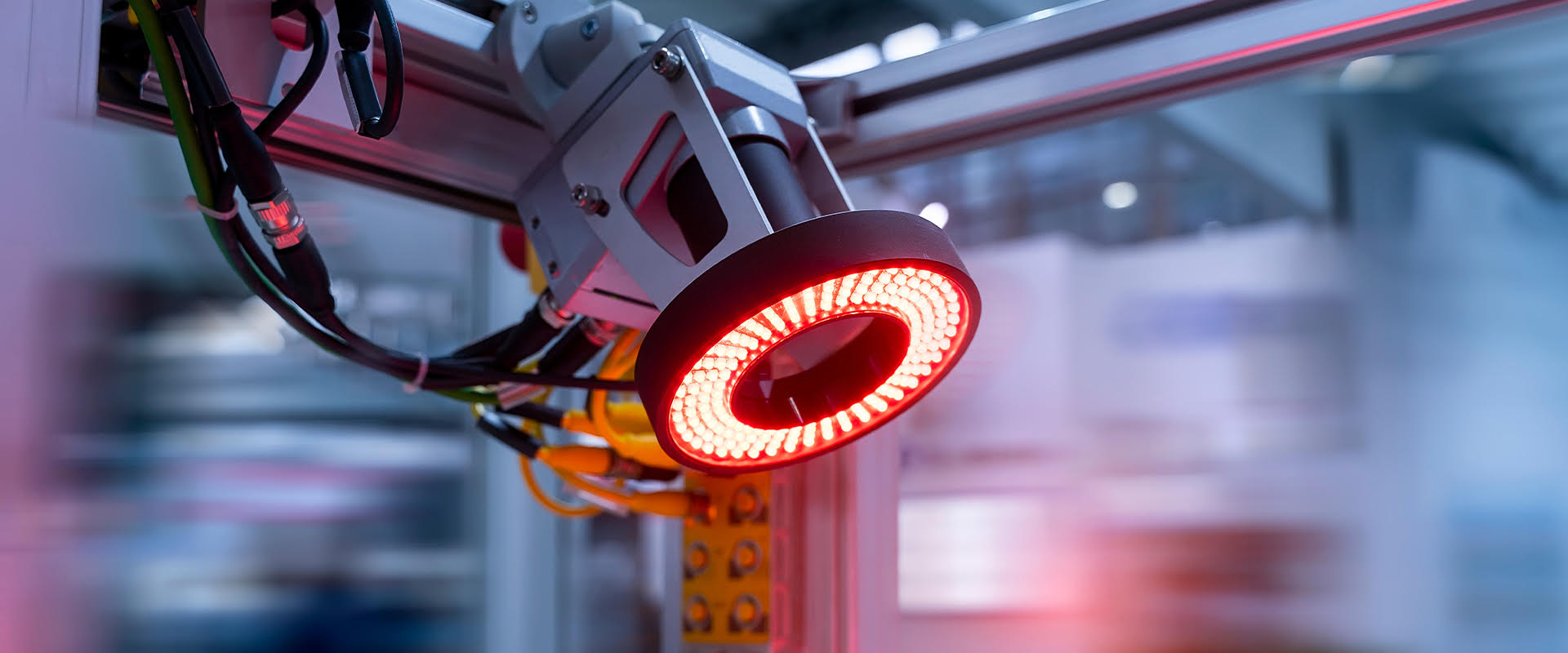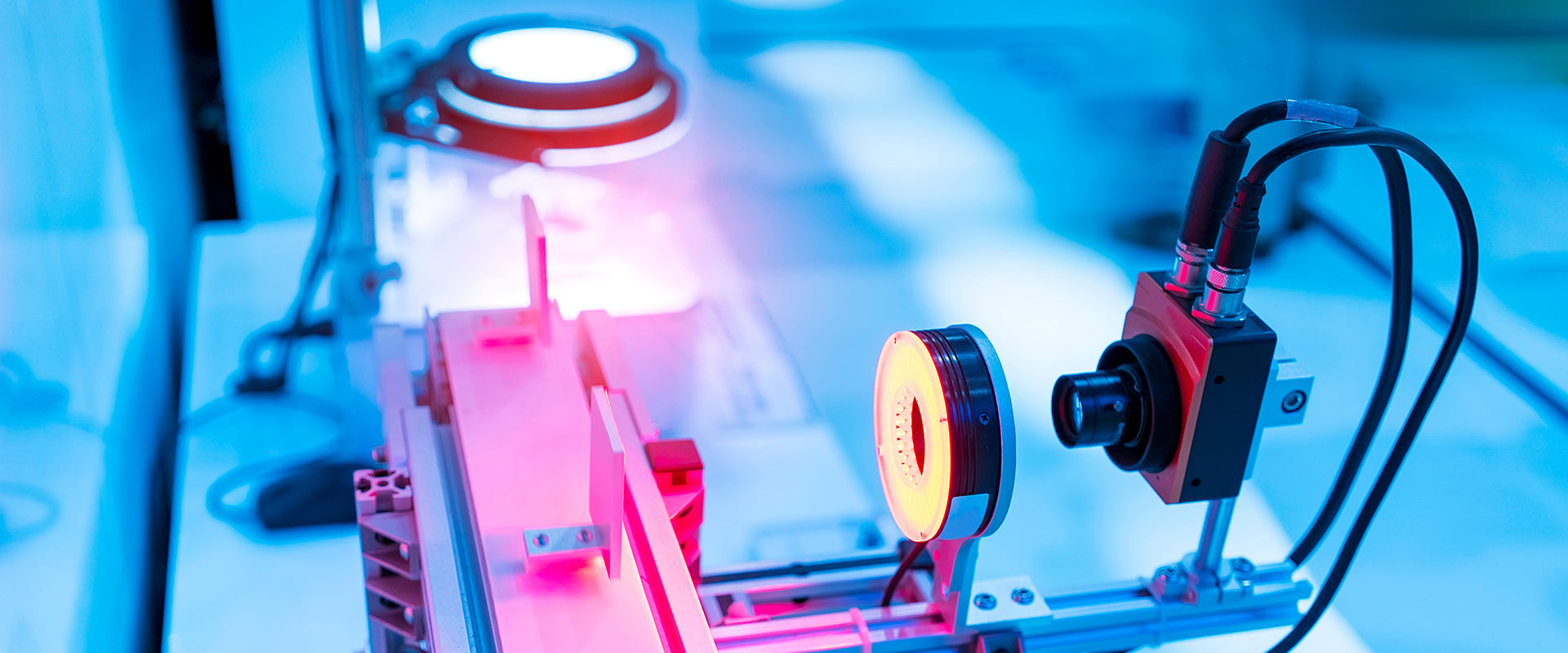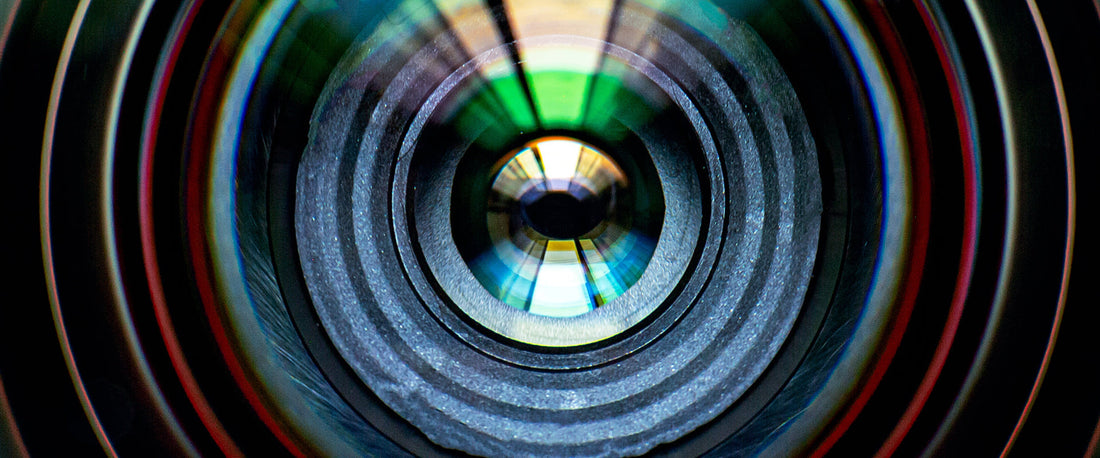When building a machine vision or surveillance setup, the sensor size of the camera is a foundational choice. But its full value isn’t realized unless its paired with the right lens. The wrong lens can waste resolution, ruin field of view or degrade image quality. Here’s how to ensure the lens matches the sensor – and optimizes the system.
Understanding Sensor Size & Pixel Density
Sensor size refers to the physical dimensions of the camera’s imaging sensor (e.g. 1/3", 1/2.5", 1", etc.). Combined with resolution (number of pixels), this size determines pixel density. A lens must resolve details fine enough to match the pixel size. If the machine vision lens has poorer resolution (or “spot size”) than your pixels, even a high-resolution sensor will produce soft or blurry images. A lenses rated “megapixel” often varies in performance depending on sensor size; a lens that works well for a small 1/3" sensor may not work well on a larger sensor with smaller pixels.
Field of View (FOV) vs Detail: The Trade-Off
Wider lens fields of view allow us to capture more area, but that comes at the cost of detail (pixels per unit area). A wide-angle lens may cover the whole scene, but if the object we're inspecting is small or far away, we’ll lose the ability to see fine defects. Conversely, a narrow field of view with a longer focal length gives more detail but covers less area.
Use our Lens Calculator to input your sensor size, desired distance, resolution and required field of view to determine the best options for your system.
Lens Coverage & Image Circle
Make sure the lens you choose is rated to cover at least the size of the sensor. If not, vignetting or dark corners may occur. If a lens is designed for only a smaller sensor than the one being used, part of the sensor won’t be illuminated properly. Choose a lens designed for the same or smaller sensor size, so the image circle covers the sensor entirely.
Match Lens Resolution to Sensor Capabilities
Even with correct sensor size and resolution, lens quality matters: look for good resolution and low aberration across the image (center to edges). The lens’s Modulation Transfer Function (MTF), spot size and how well it performs out to the edges are key. High-end lenses tend to use precision glass, aspheric elements and coatings to ensure high optical quality.
Other Things to Consider
- Working Distance: How far the lens is from the subject affects focal length and field of view.
- Light Levels and Aperture: A lens with a large aperture lets in more light, useful for low light or fast shutter needs; smaller apertures give greater depth of field but less light.
- Spectral Correction: If using IR (infrared) or day / night cameras, we may need a lens that is “IR-corrected” so focus doesn’t shift when IR light is involved.
- Distortion and Geometry: Wide-angle lenses can introduce barrel or fisheye distortion; optics that correct or minimize that distortion may cost more.
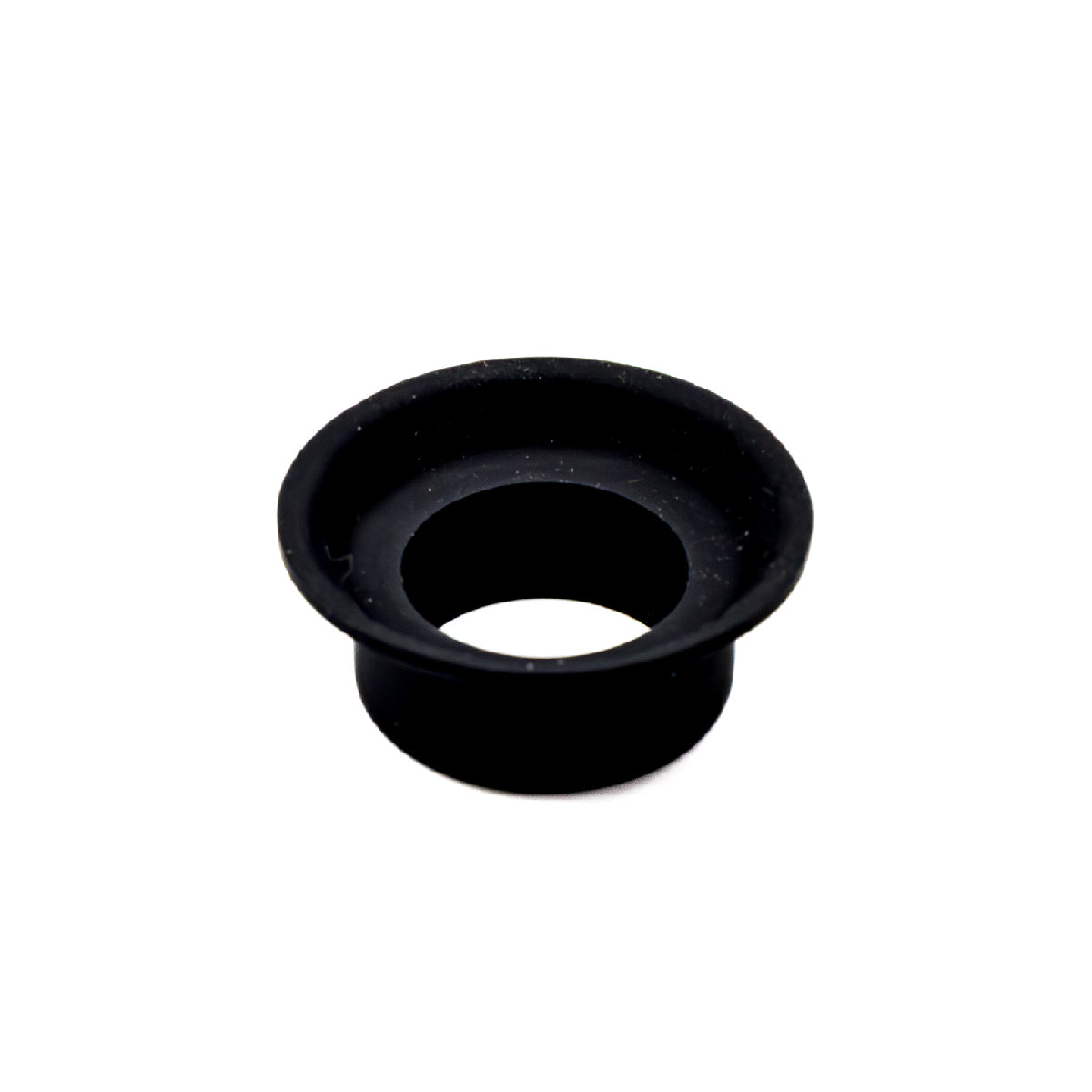
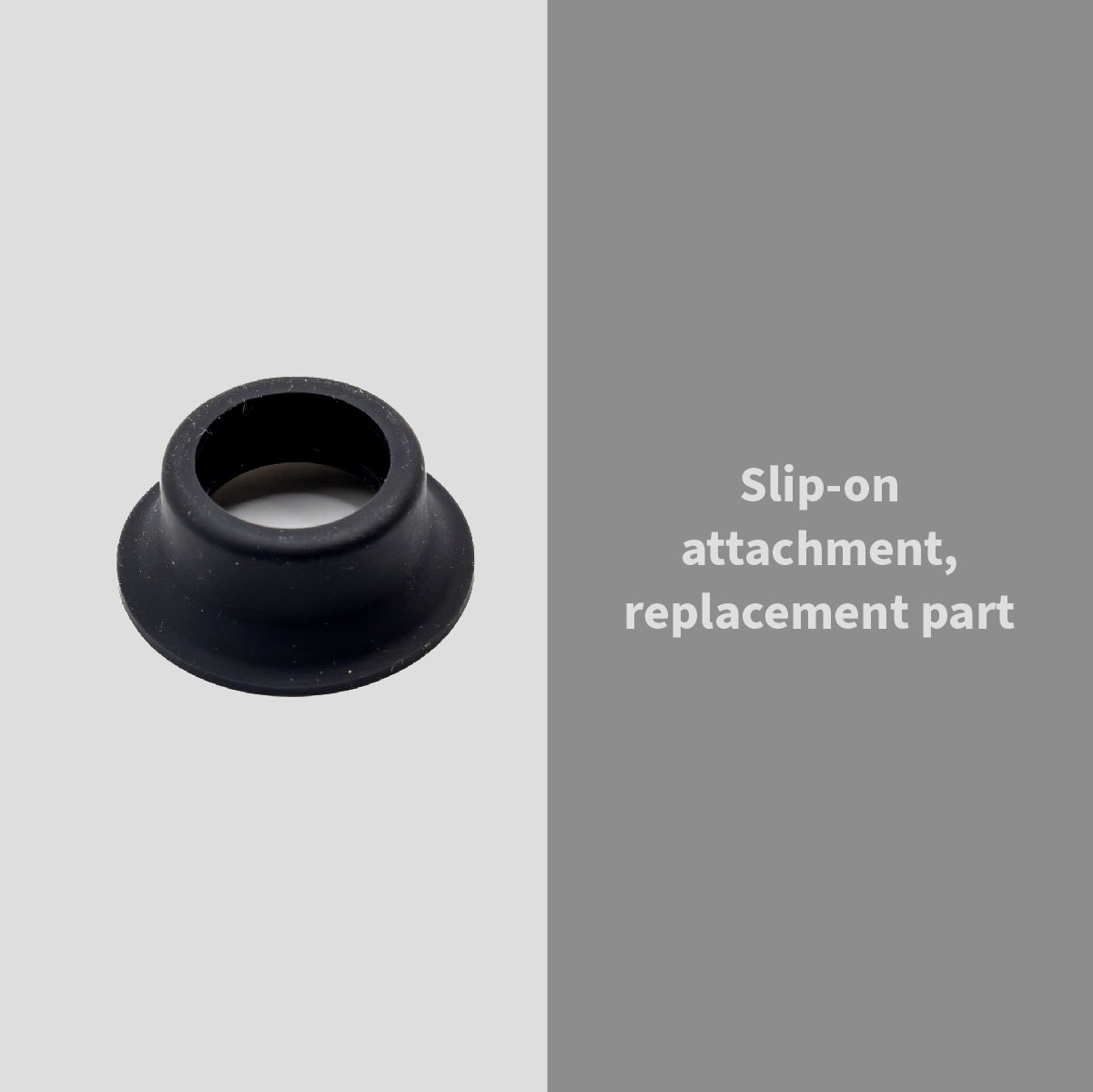
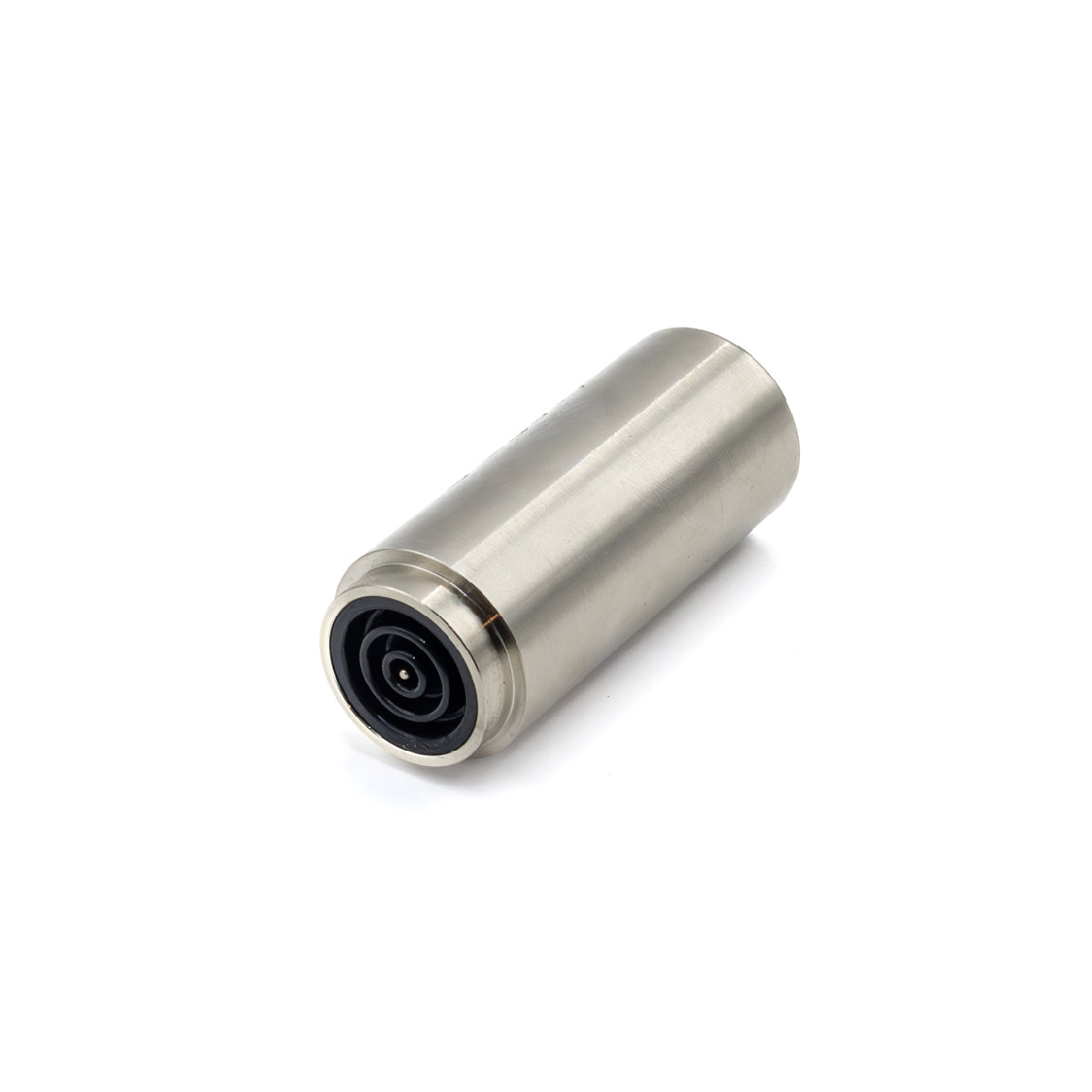
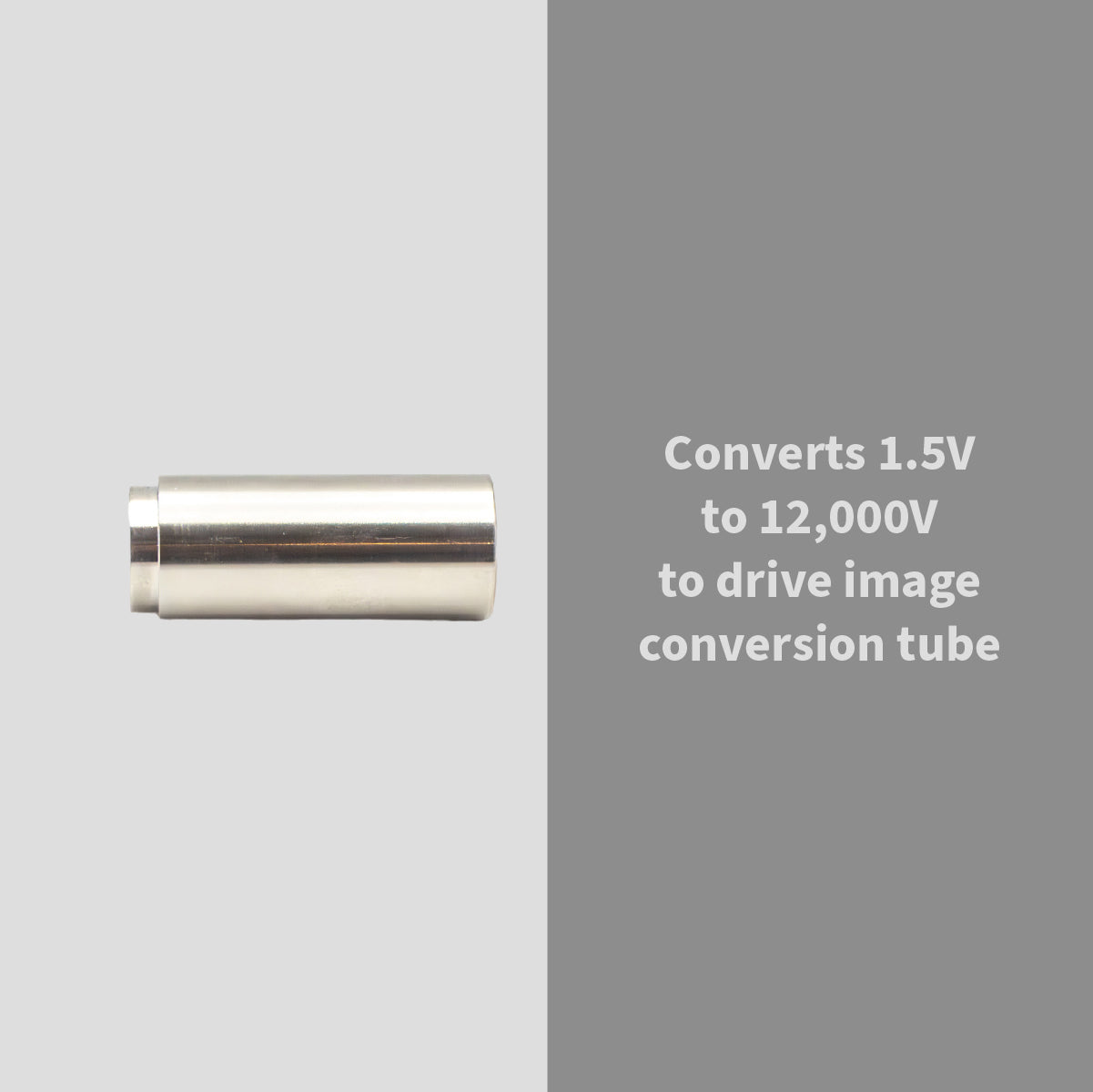
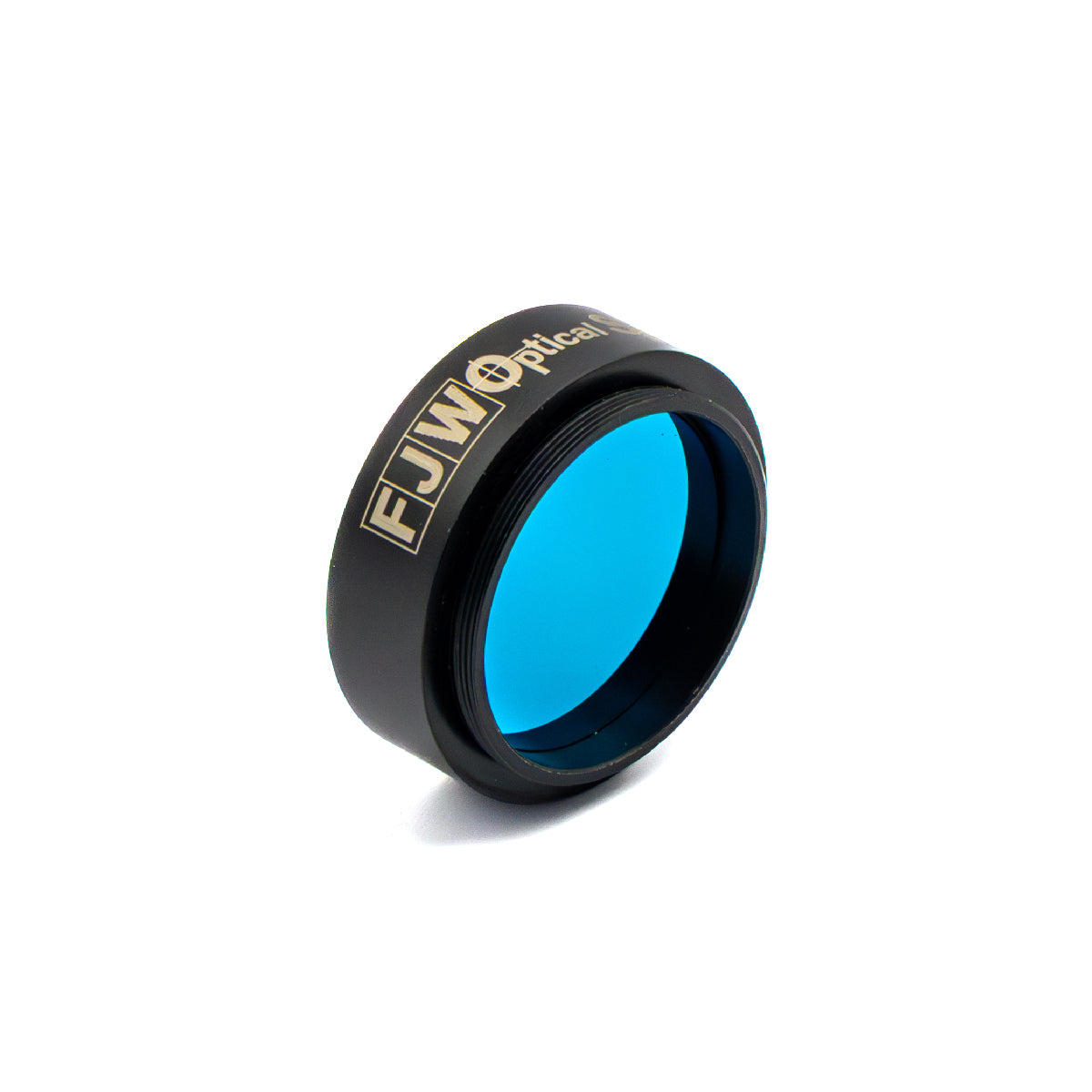
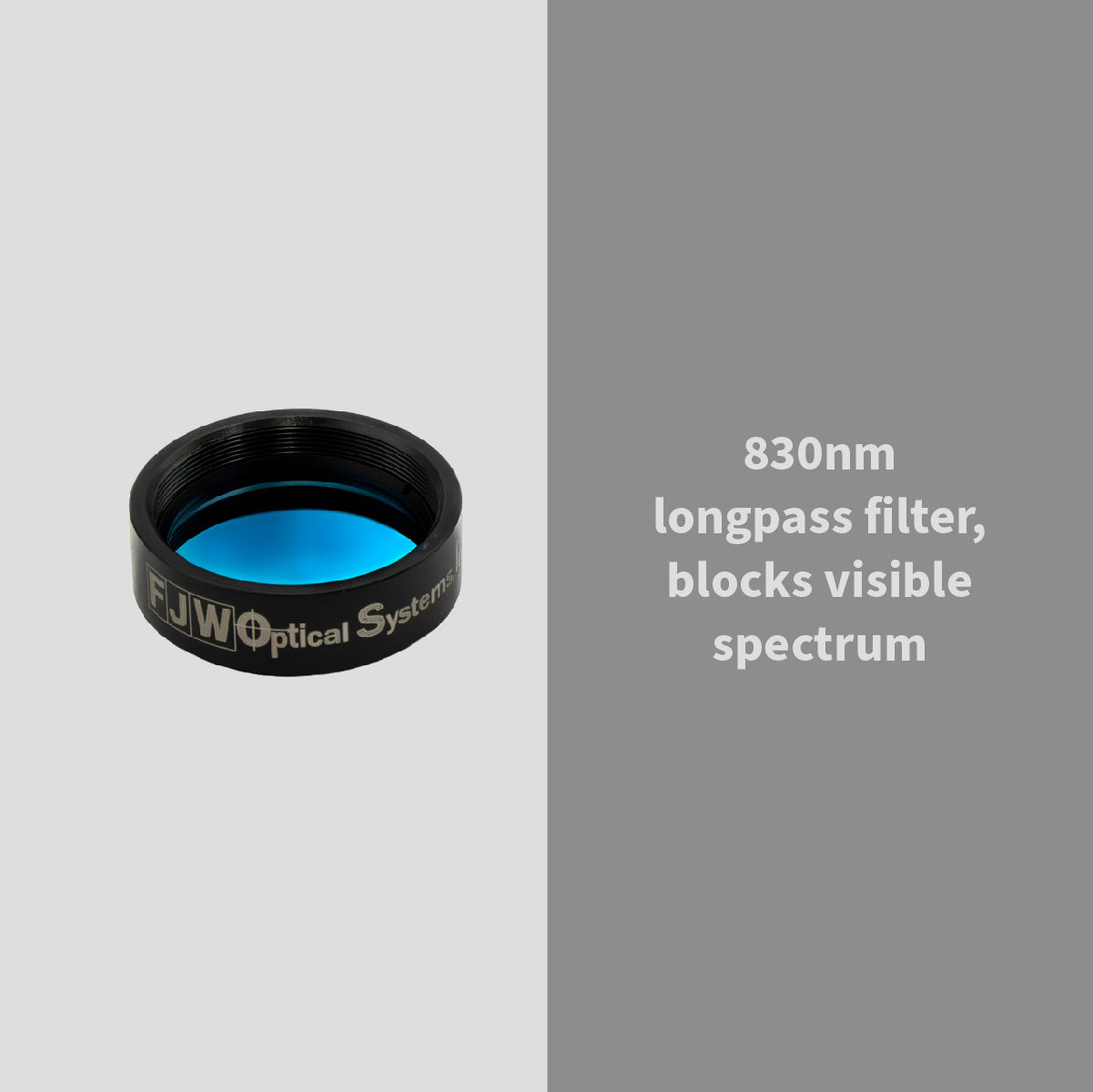
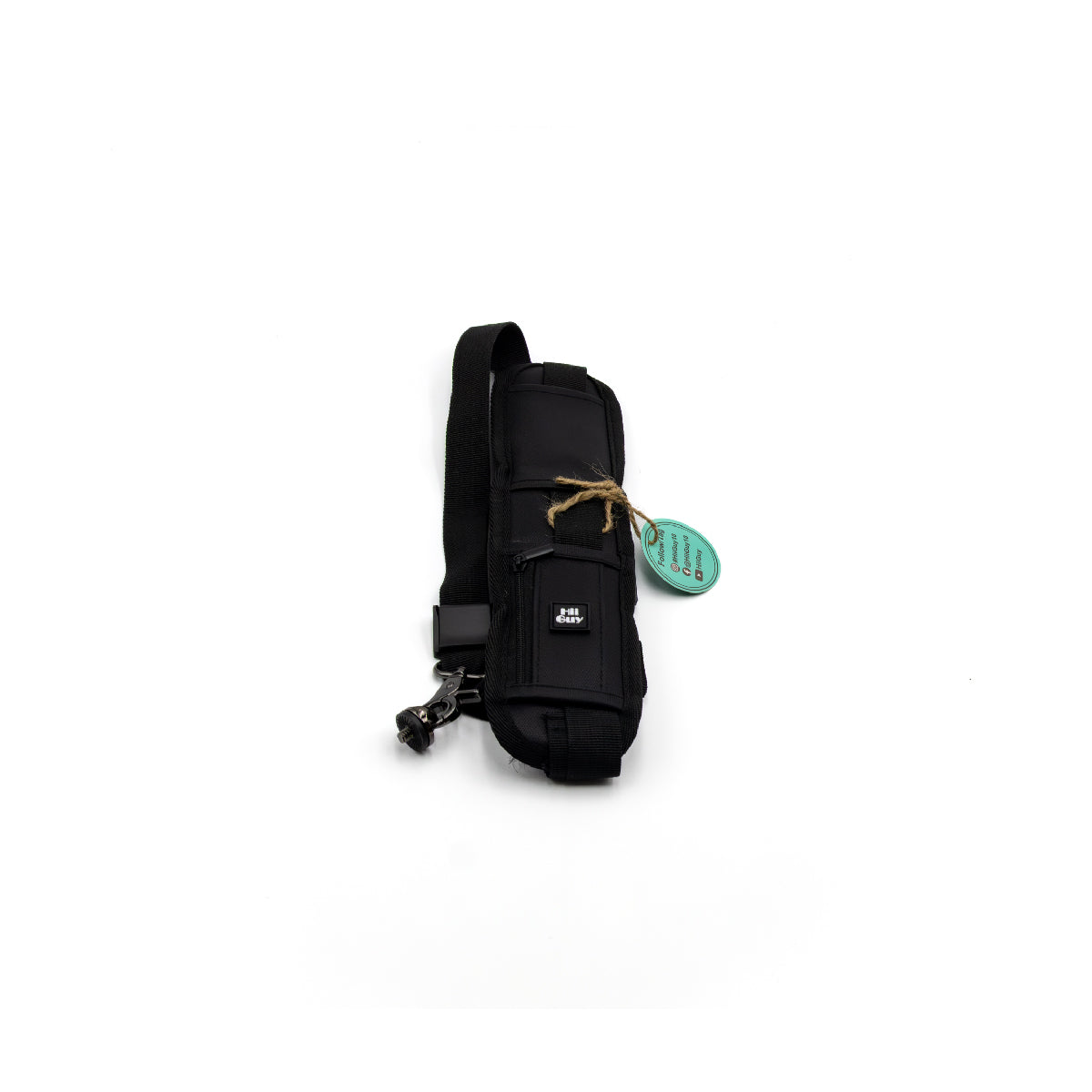
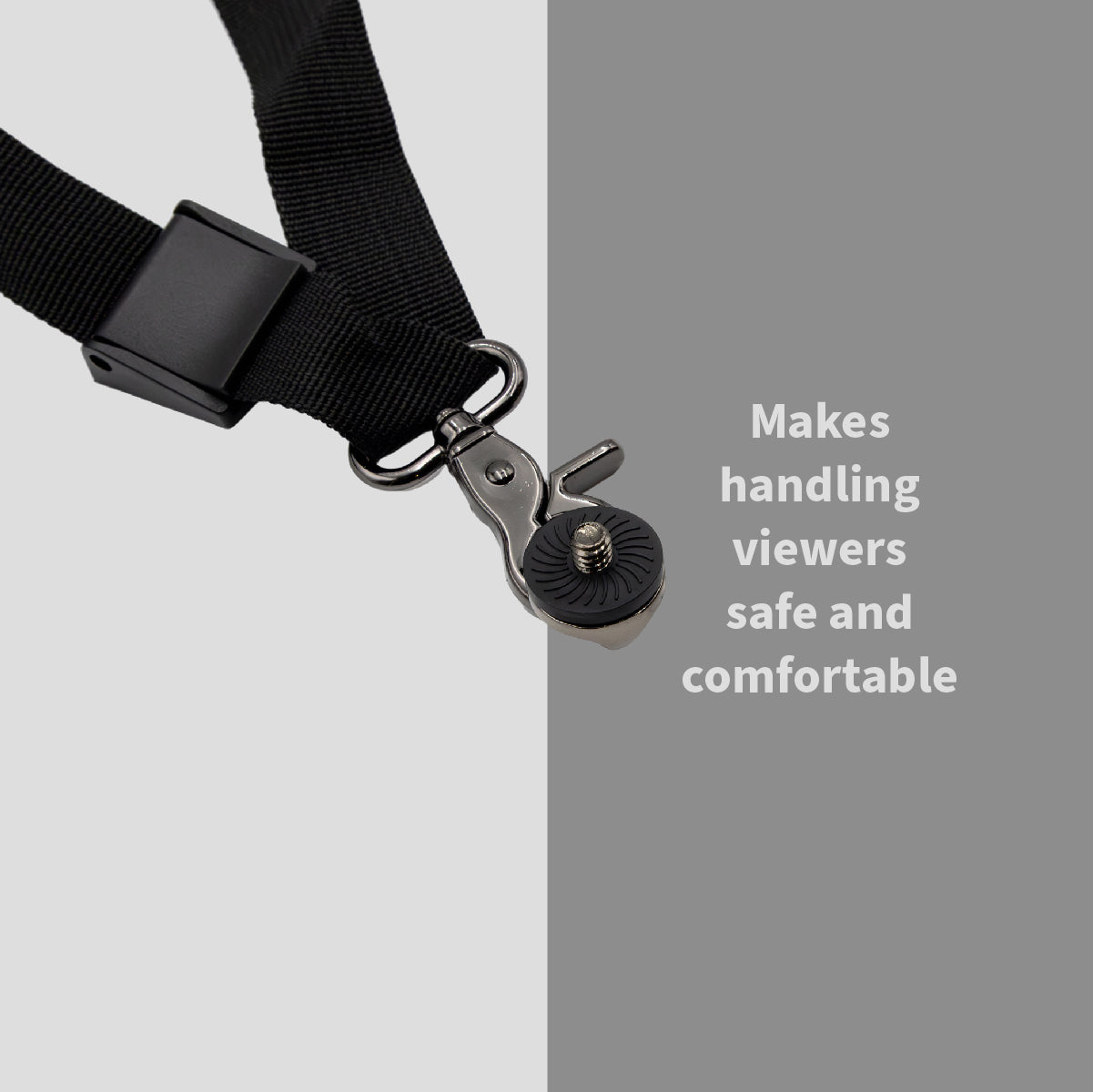
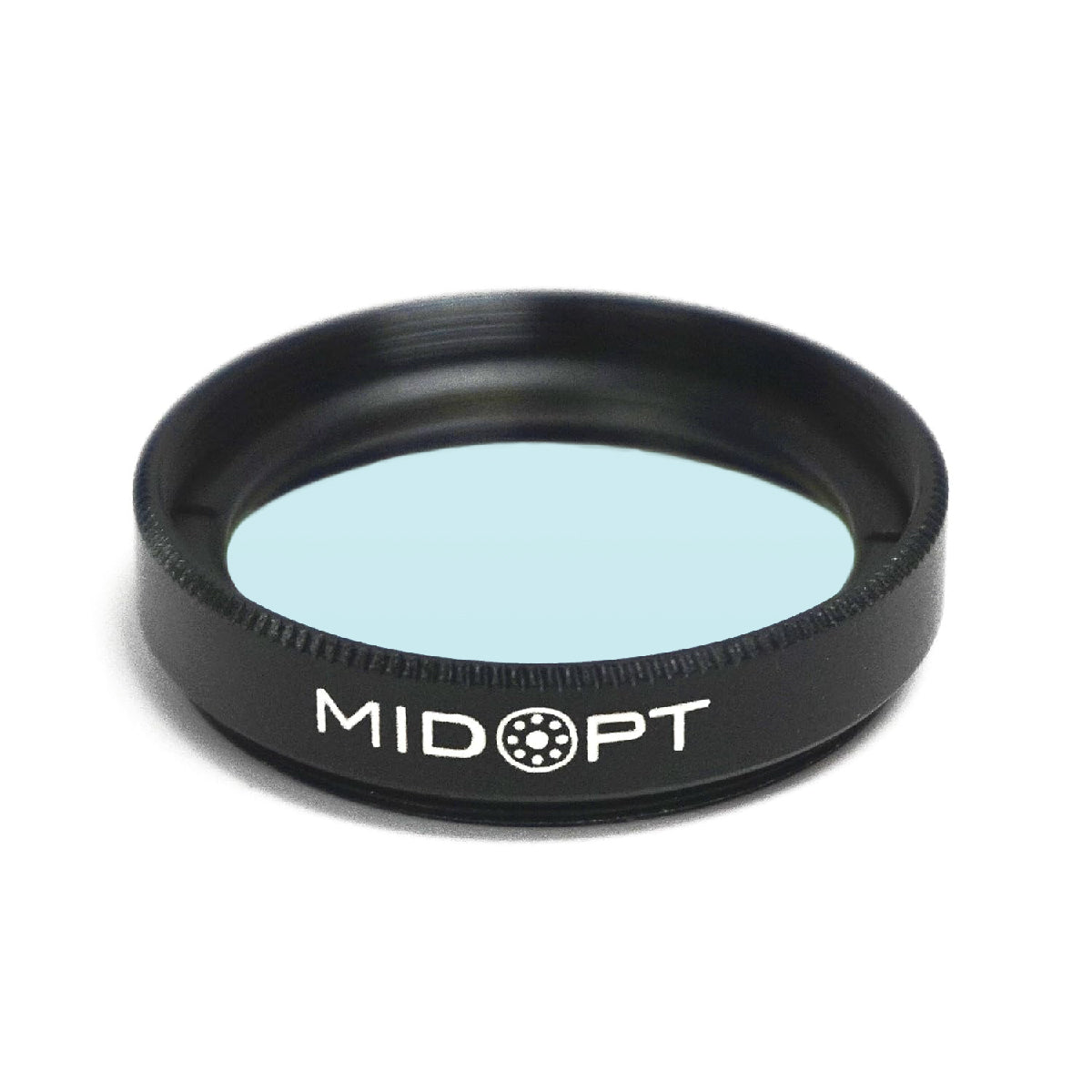
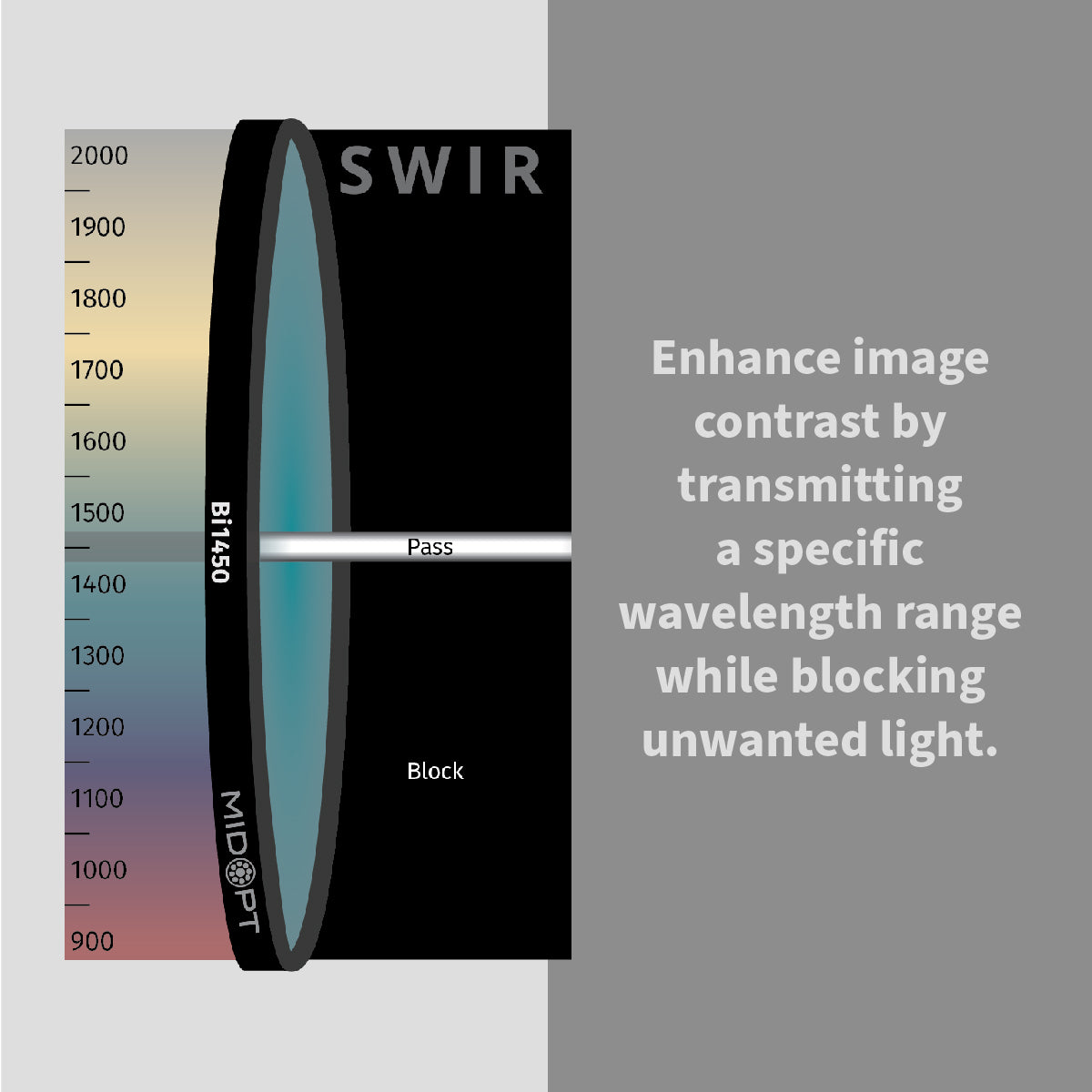
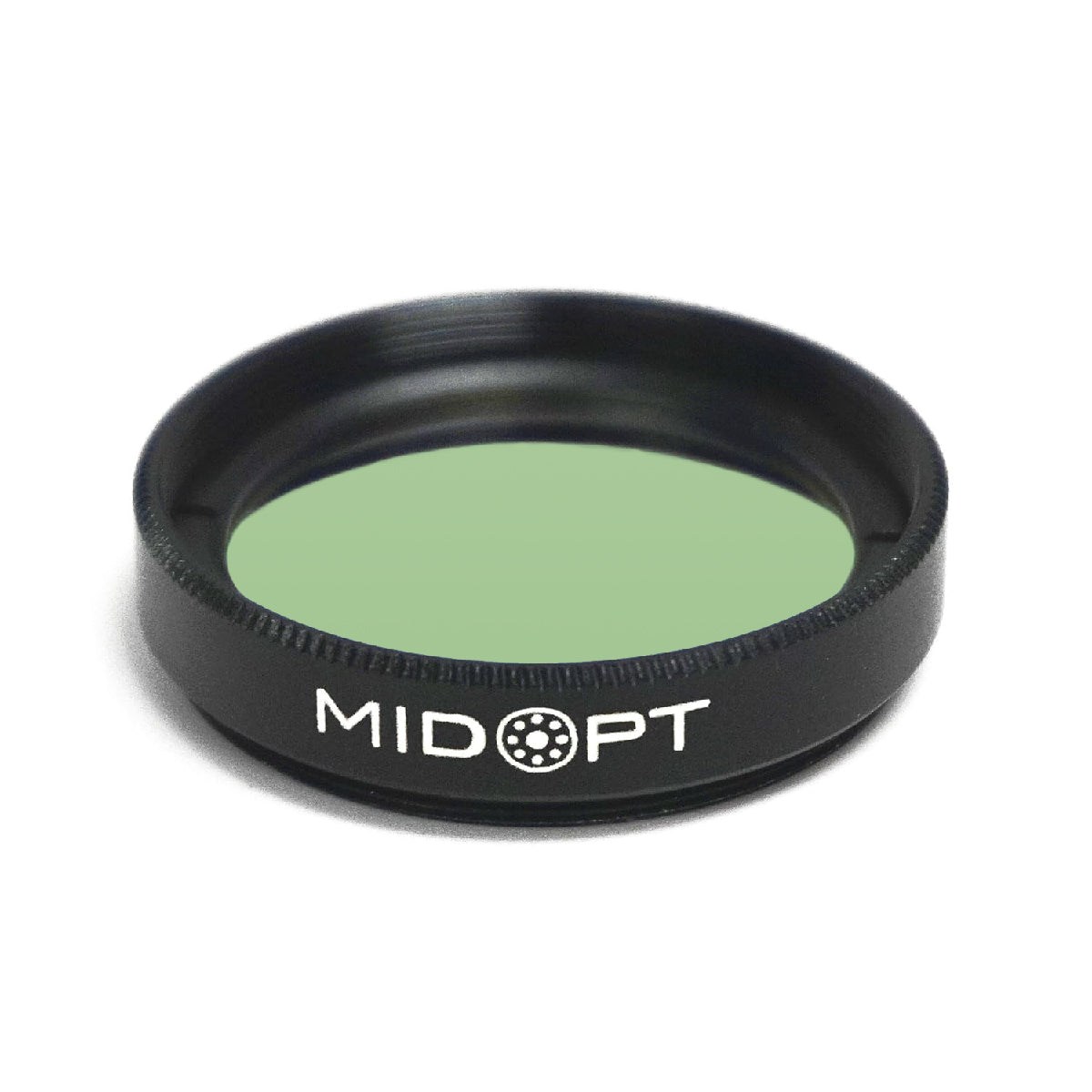
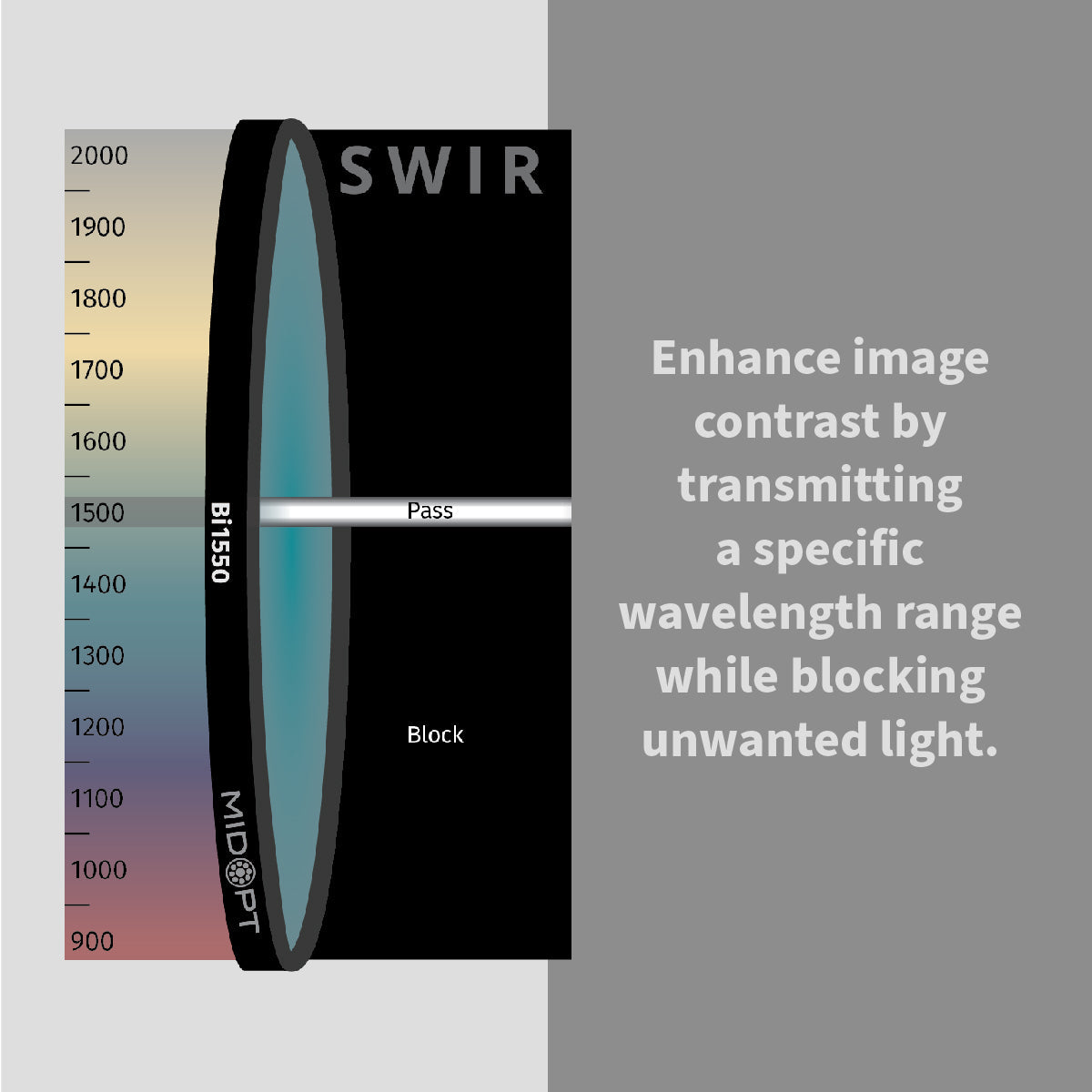
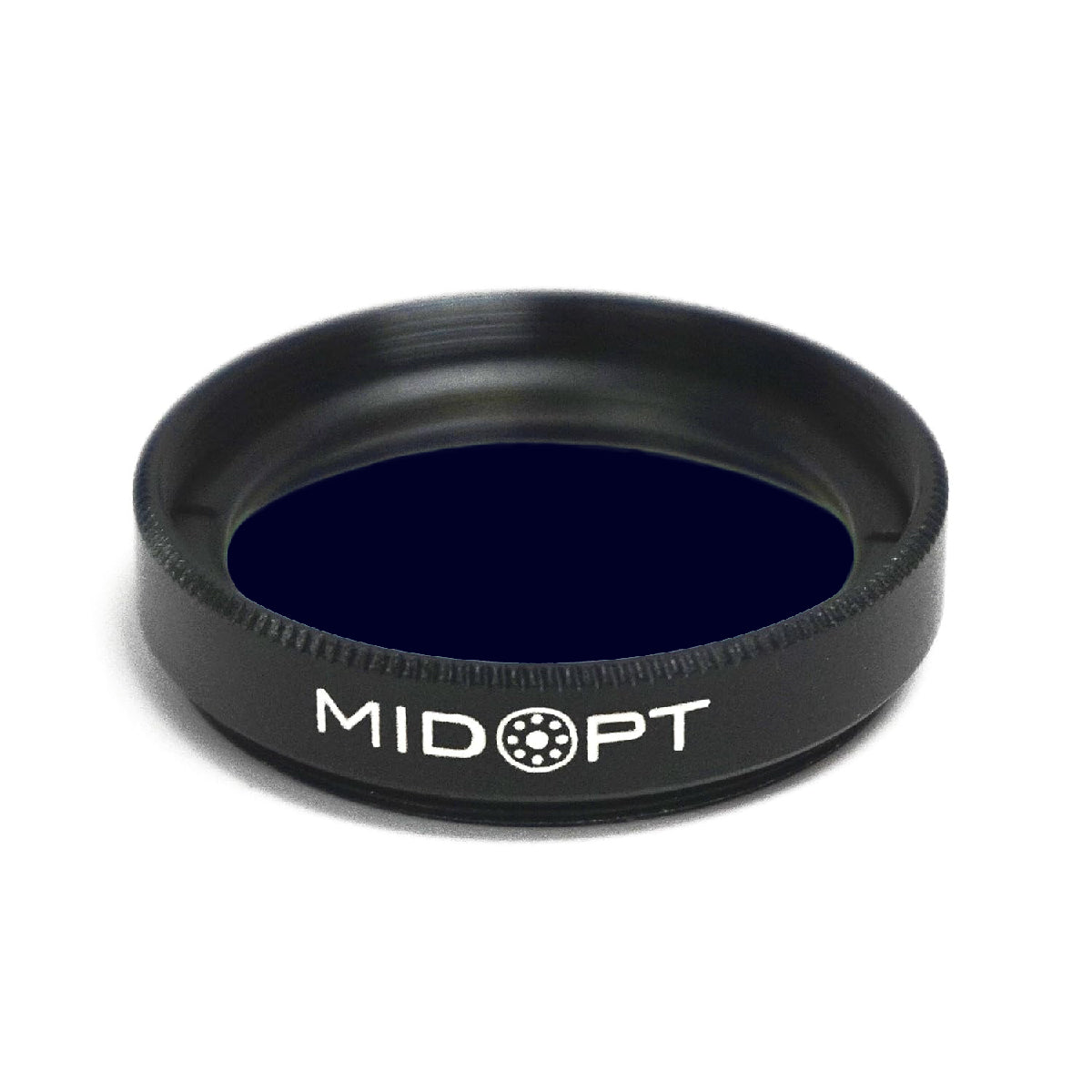
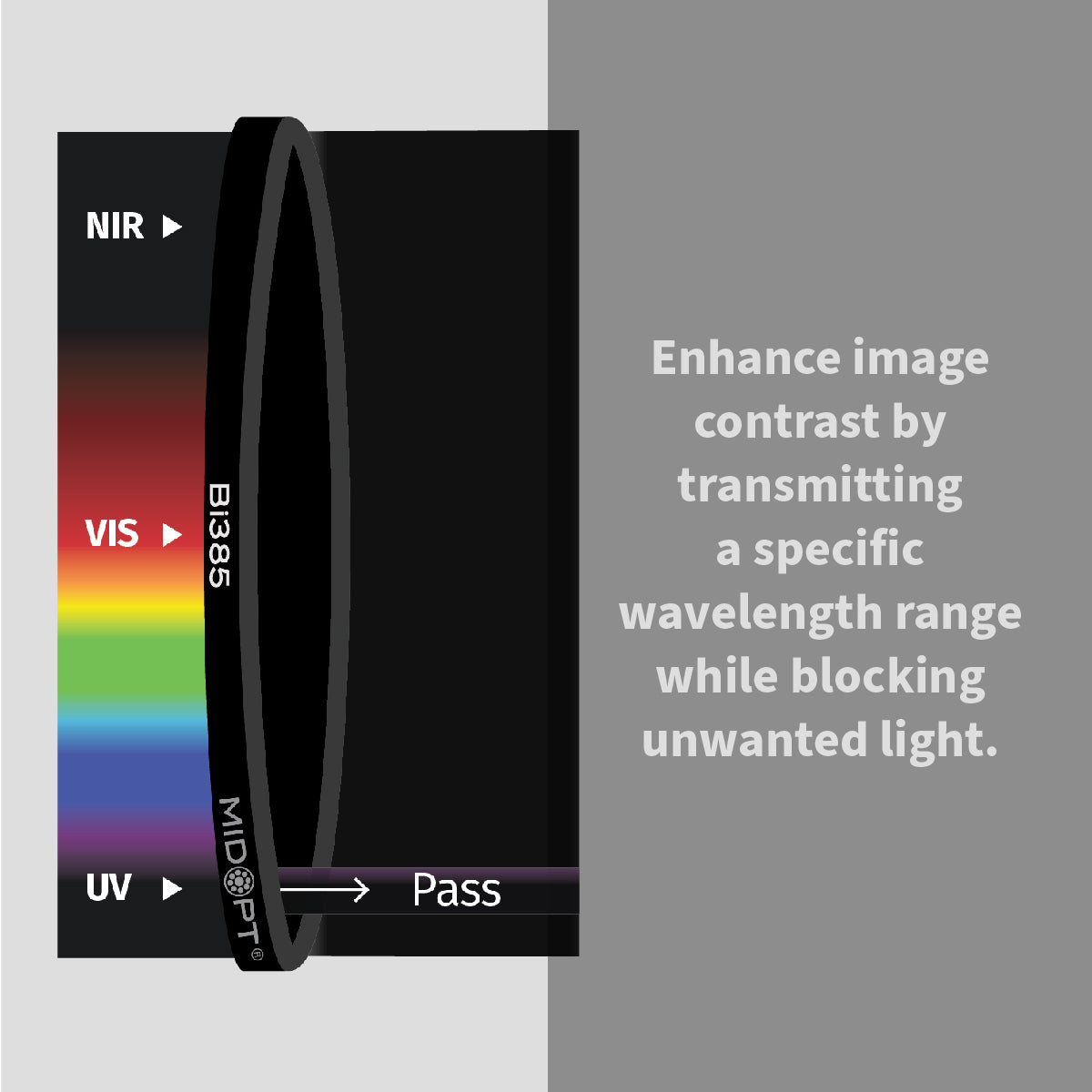
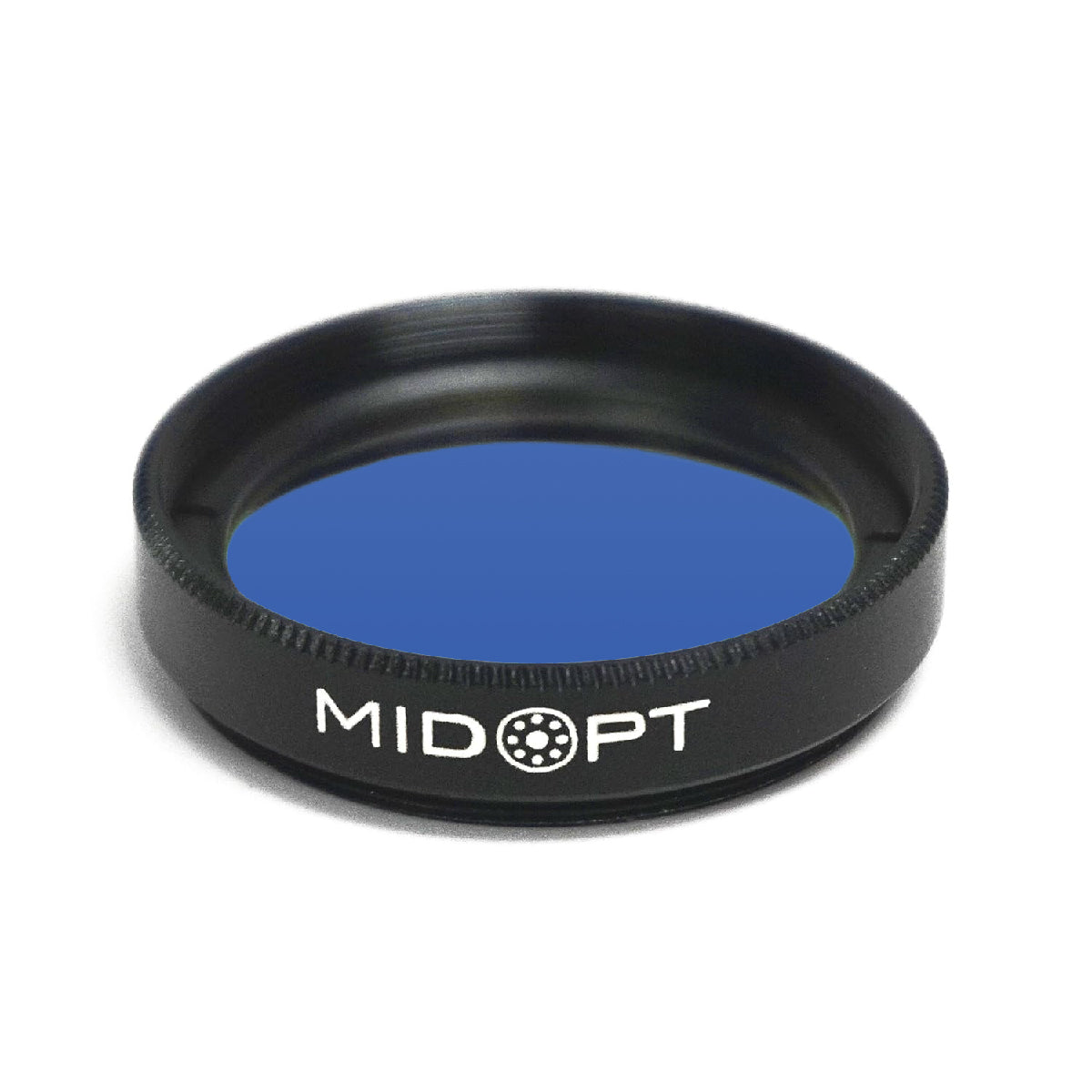
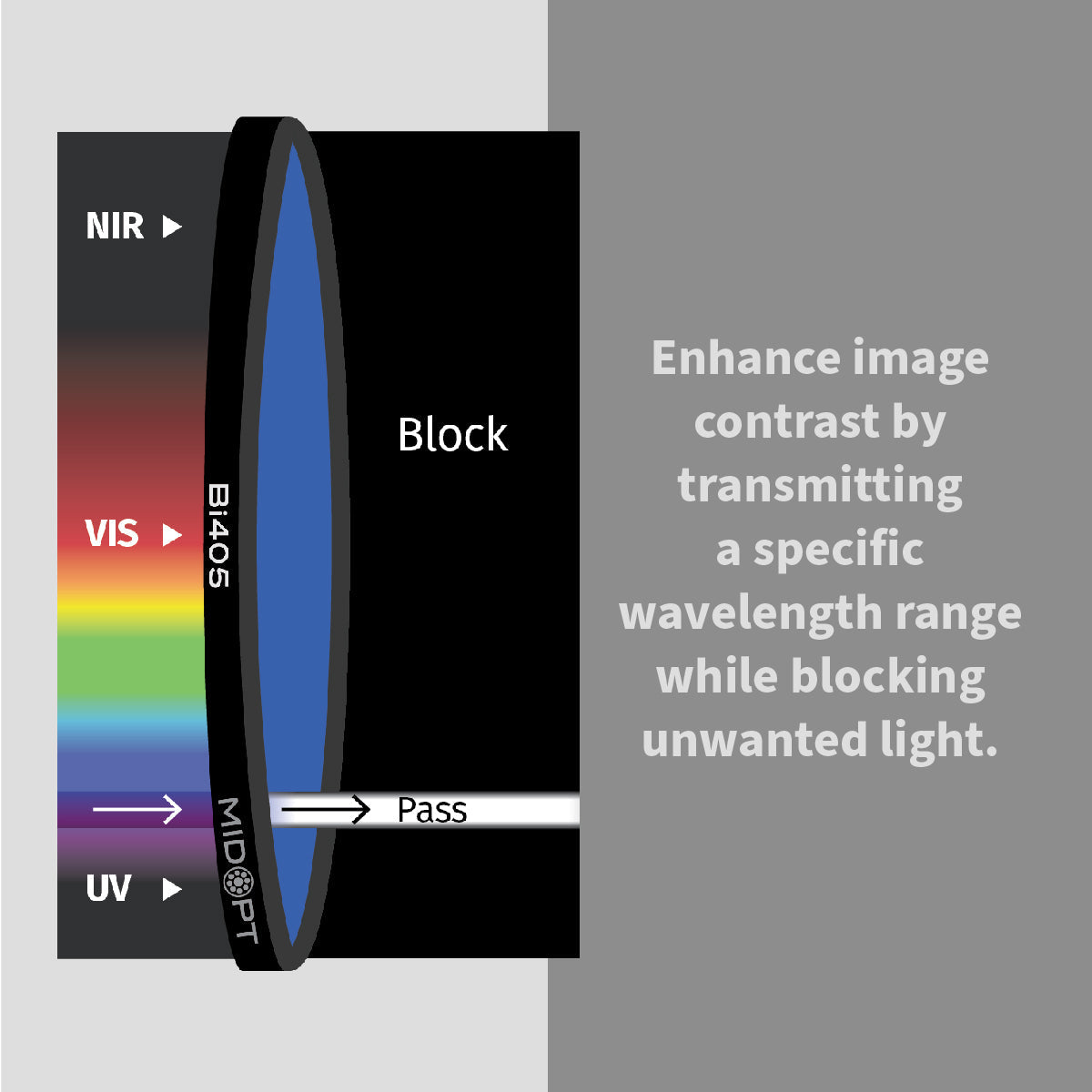
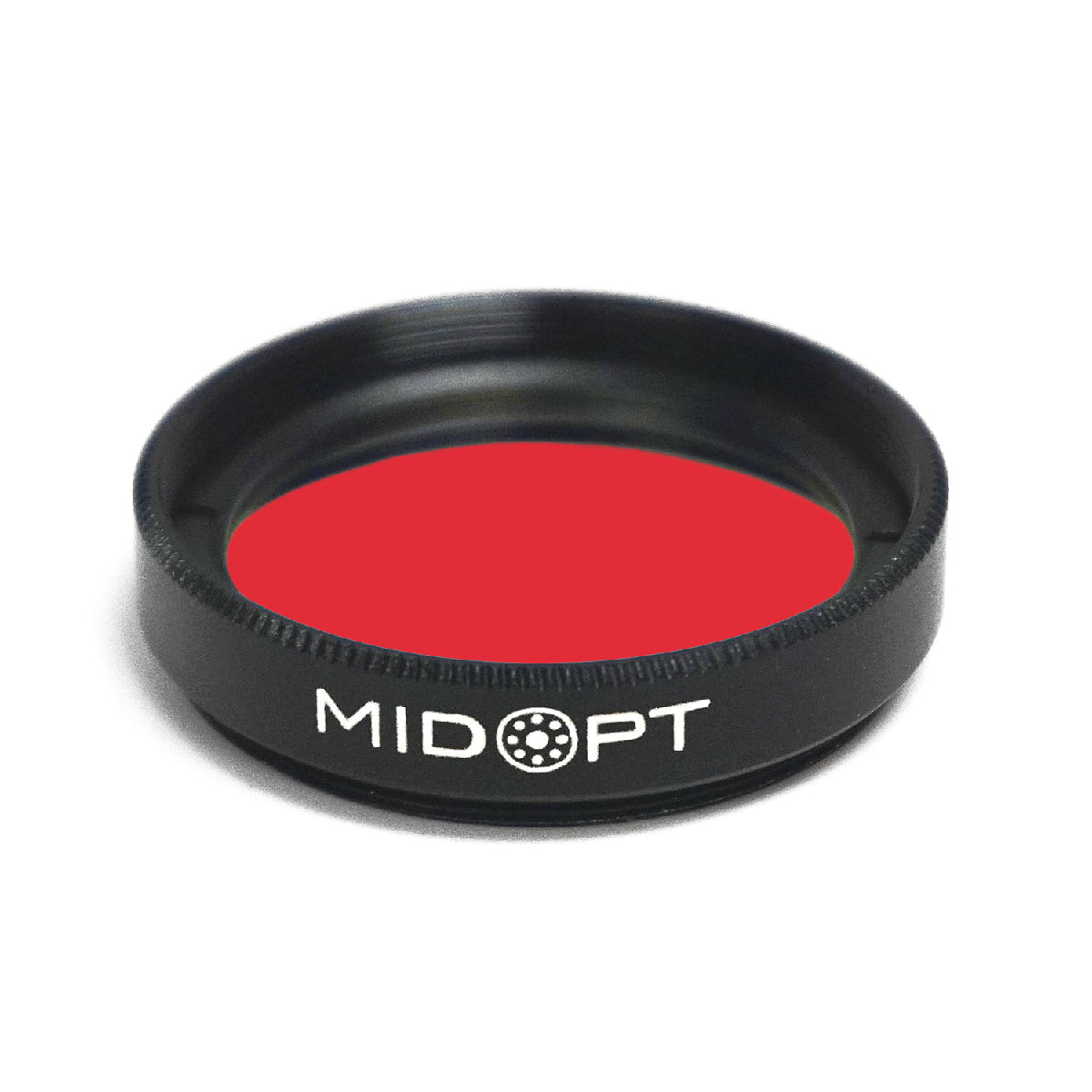
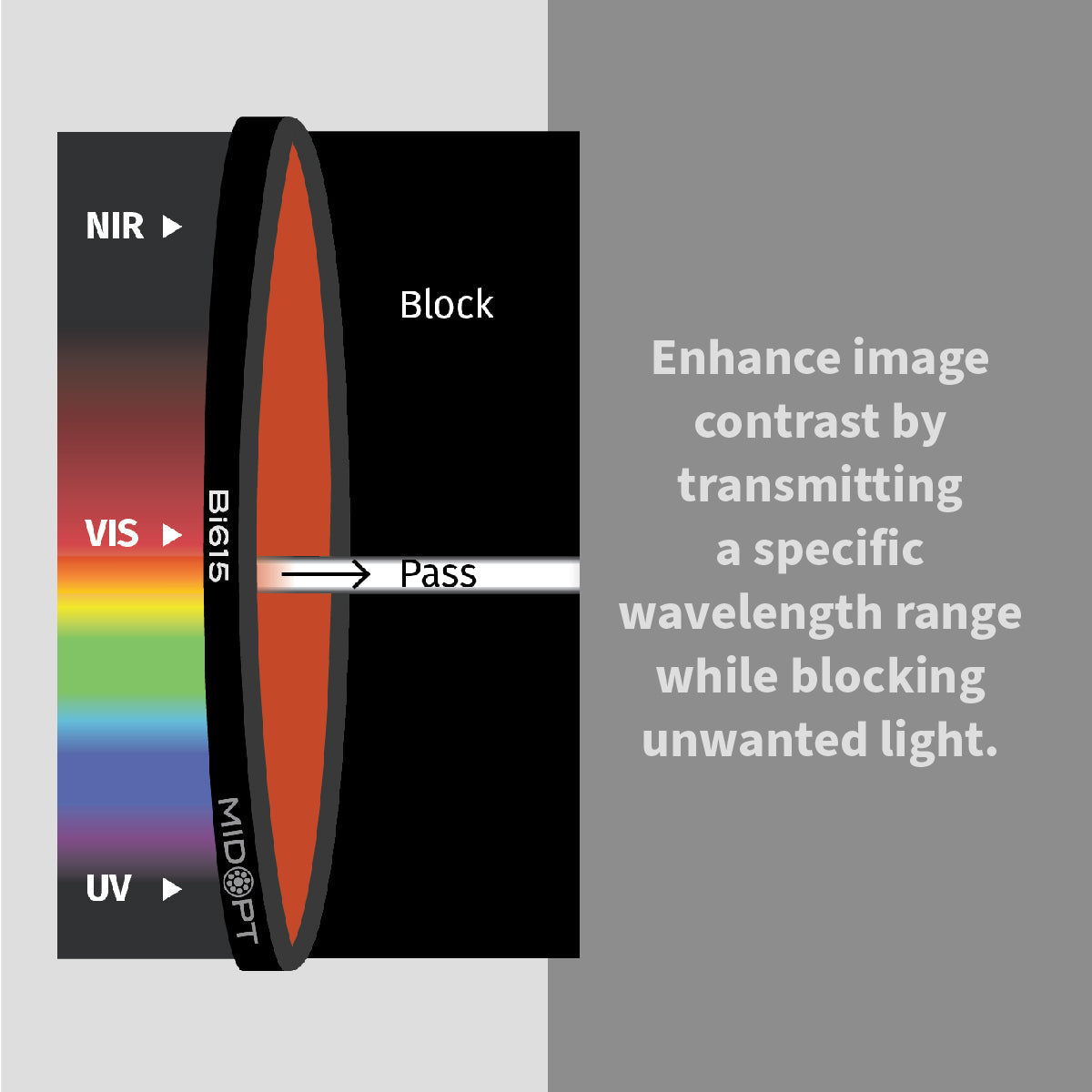
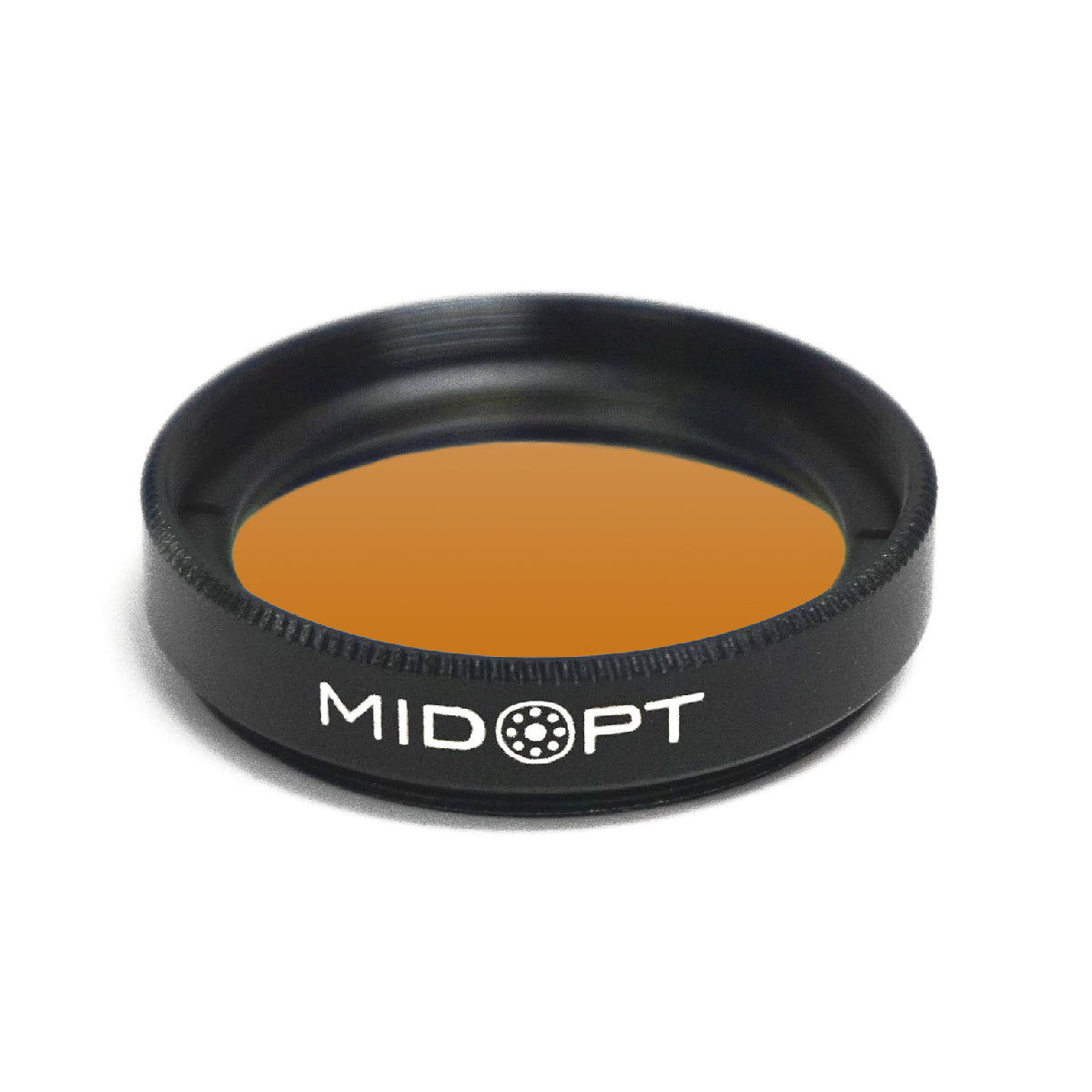
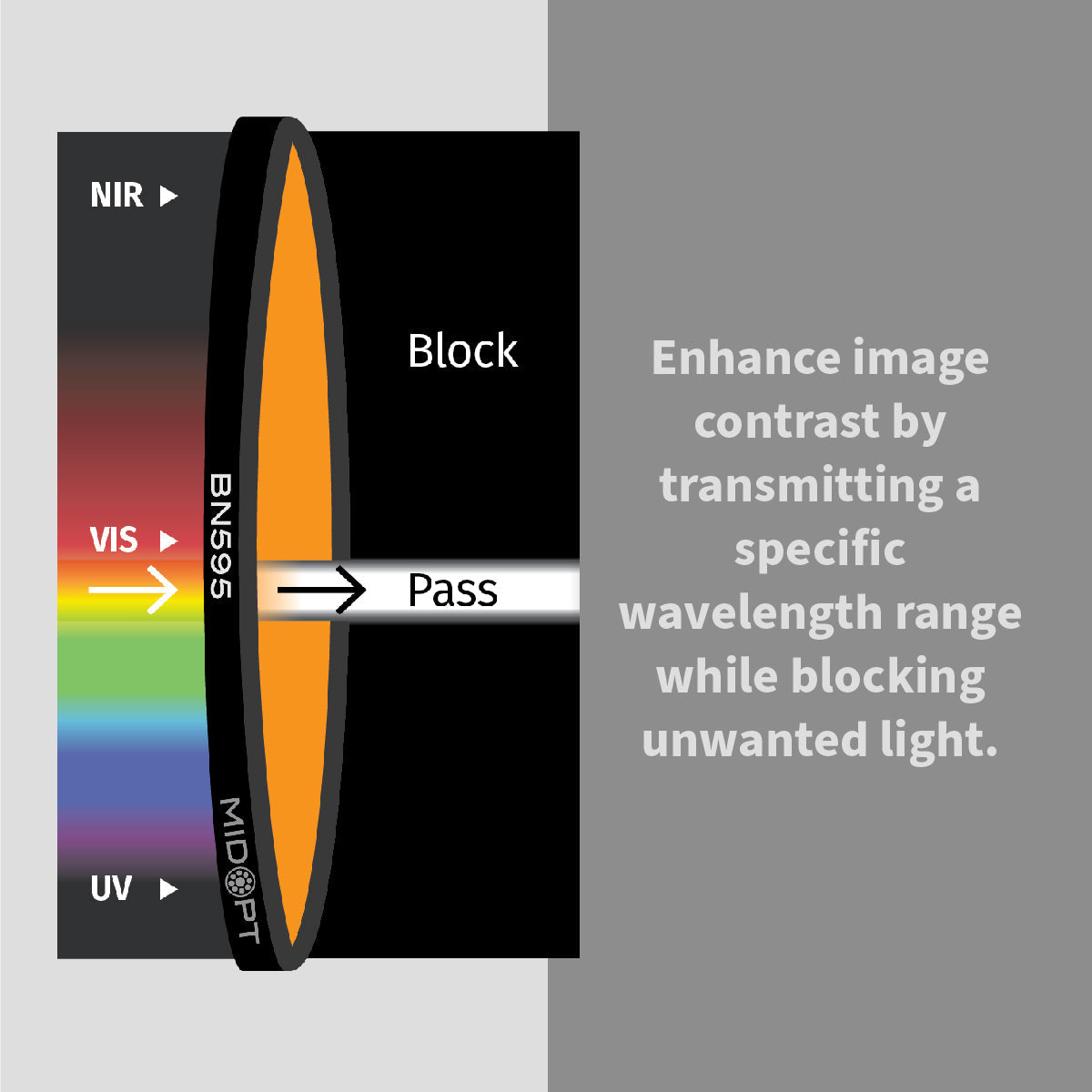
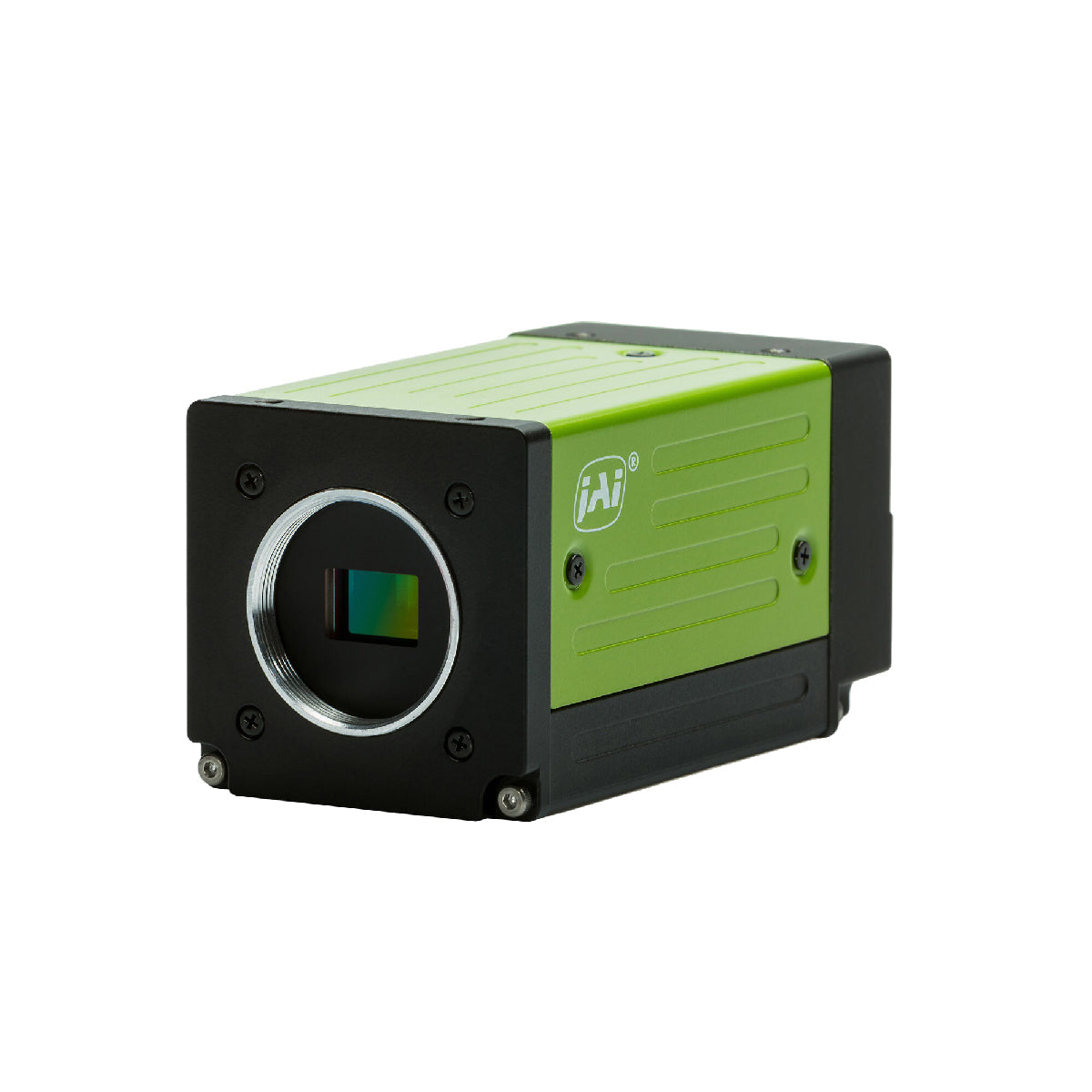
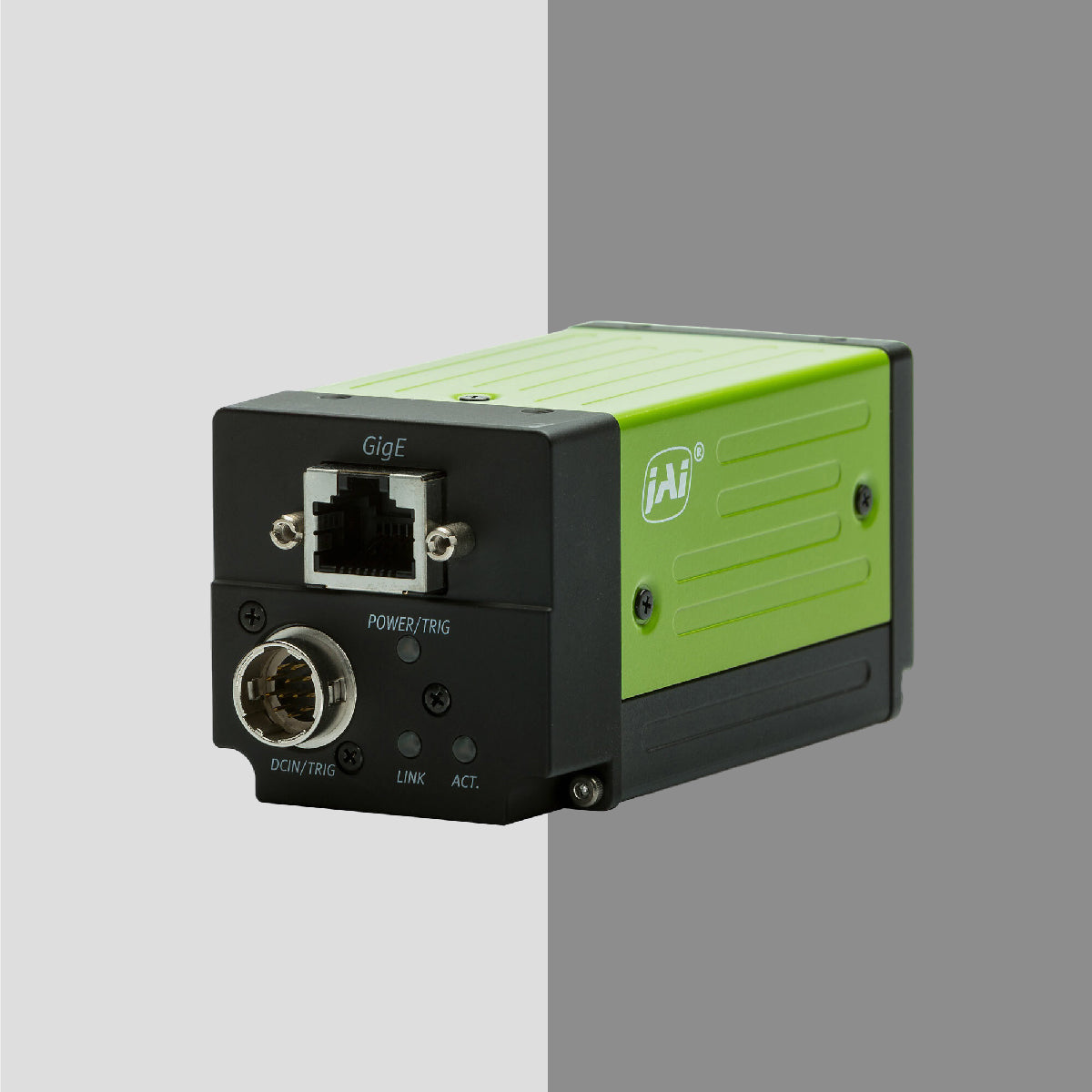
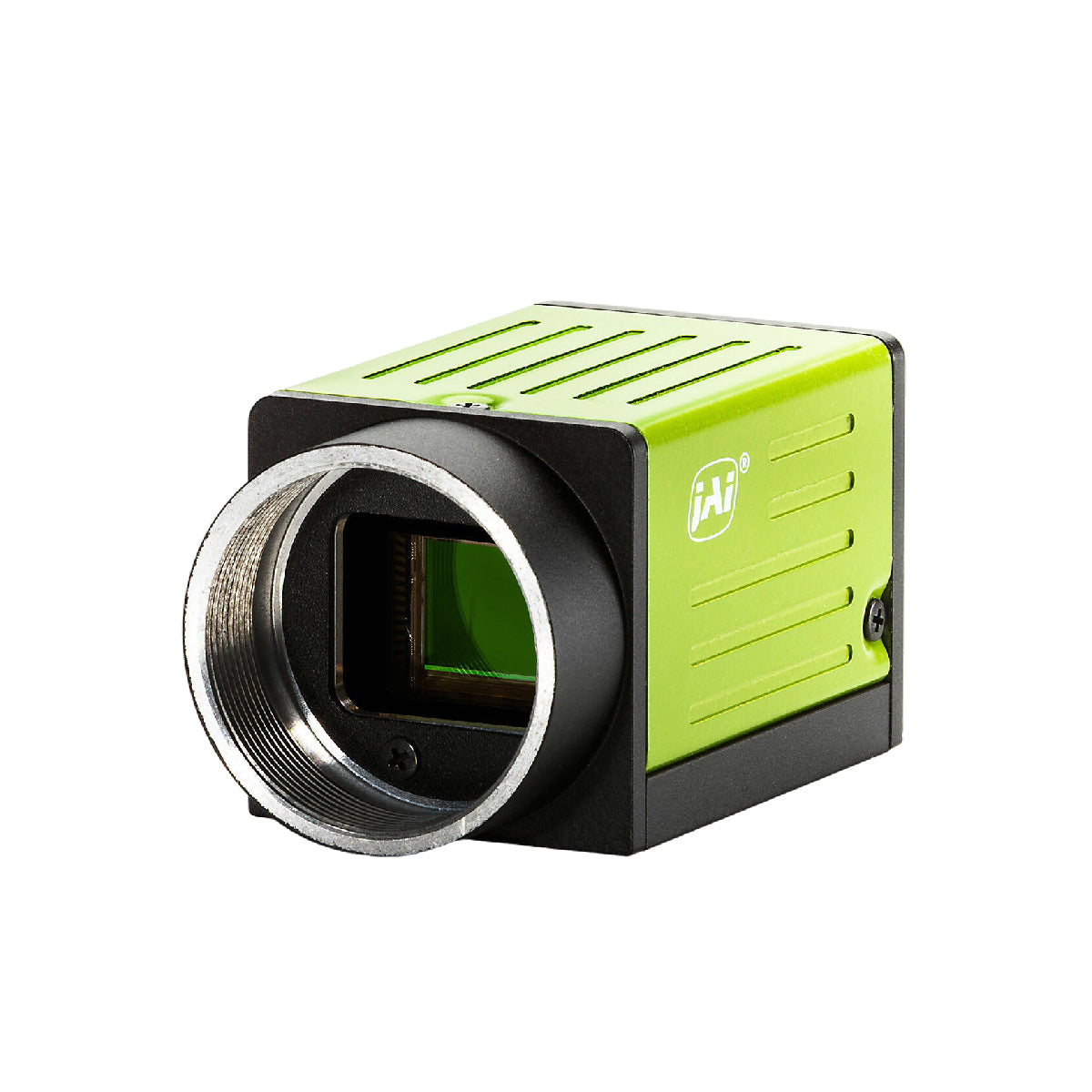
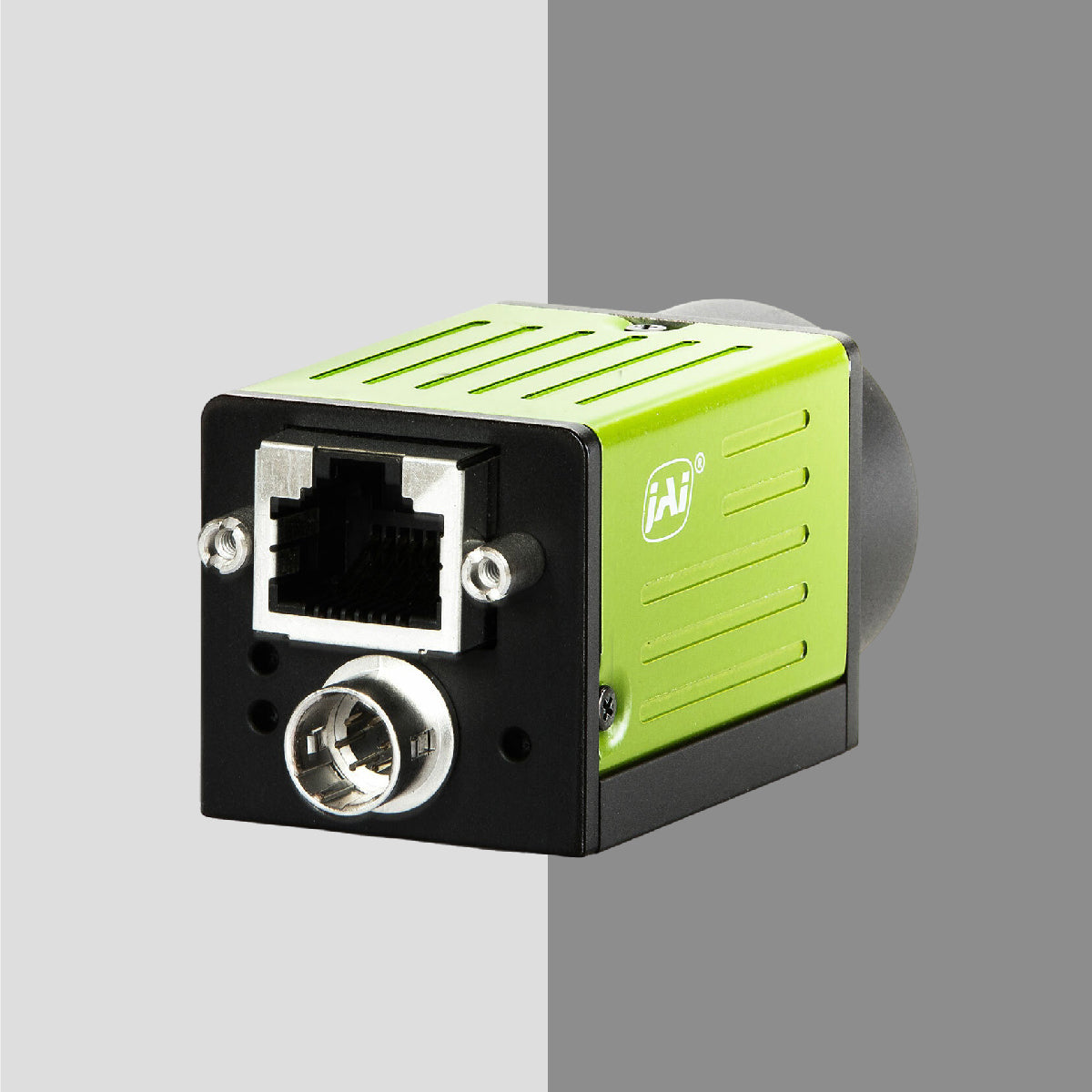
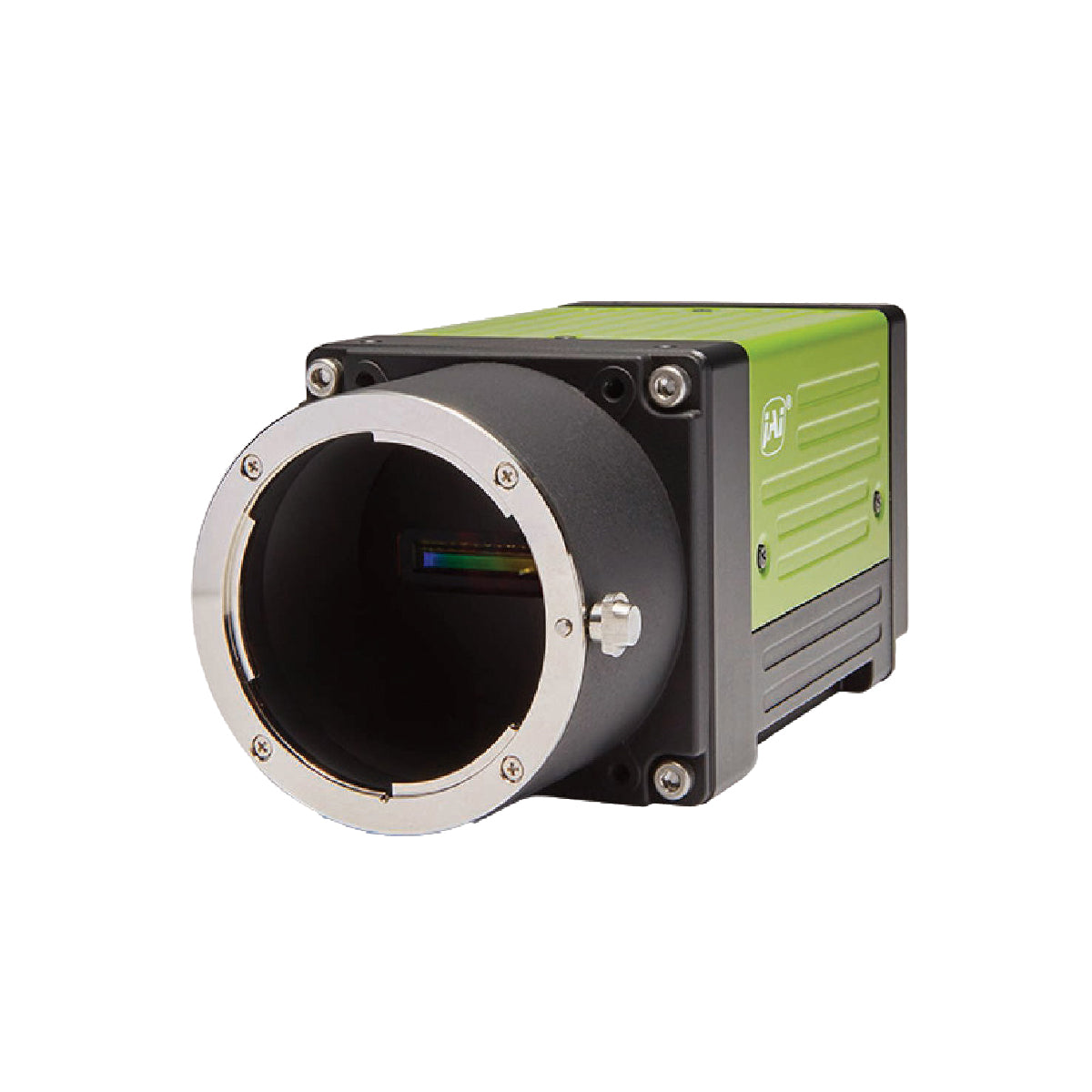
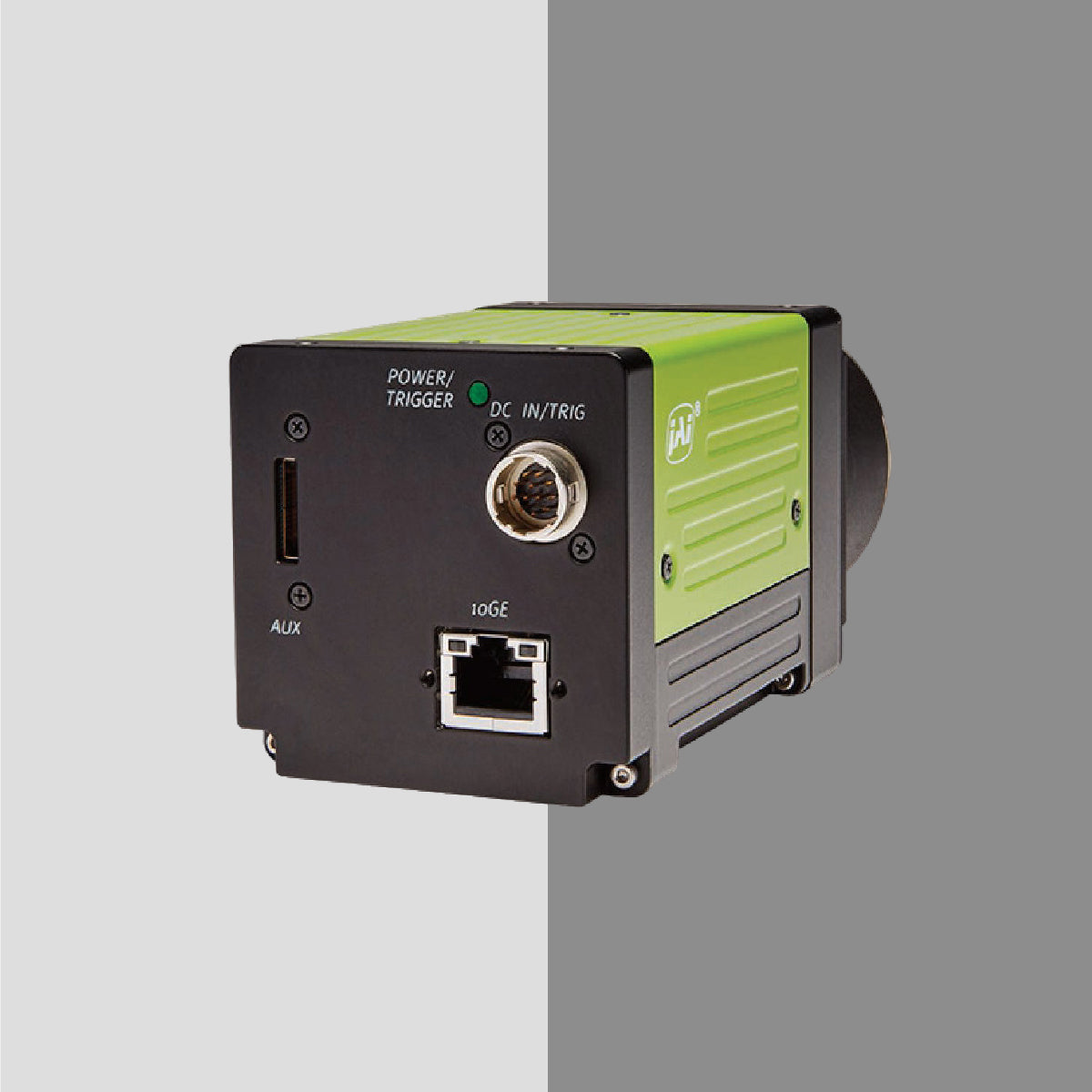
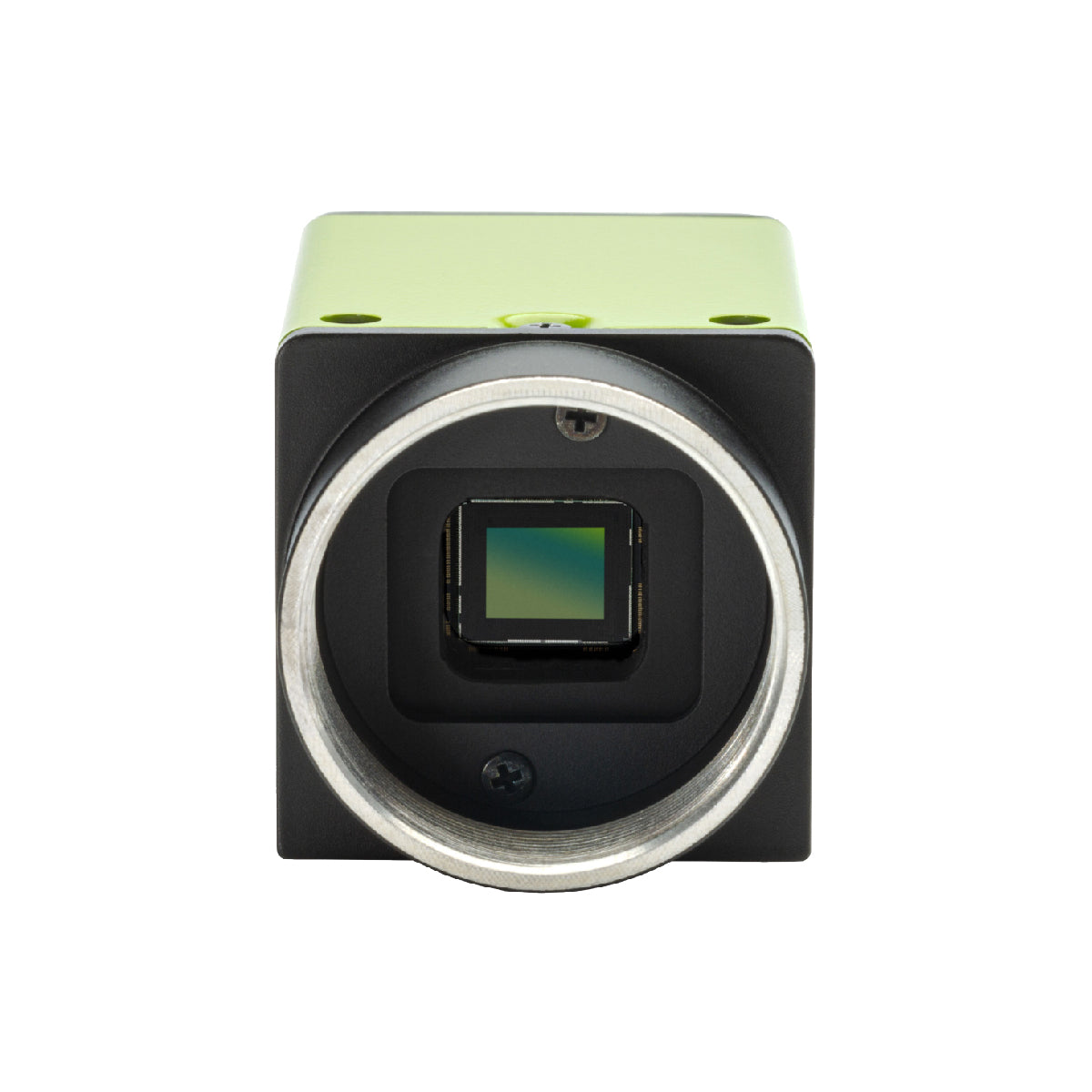
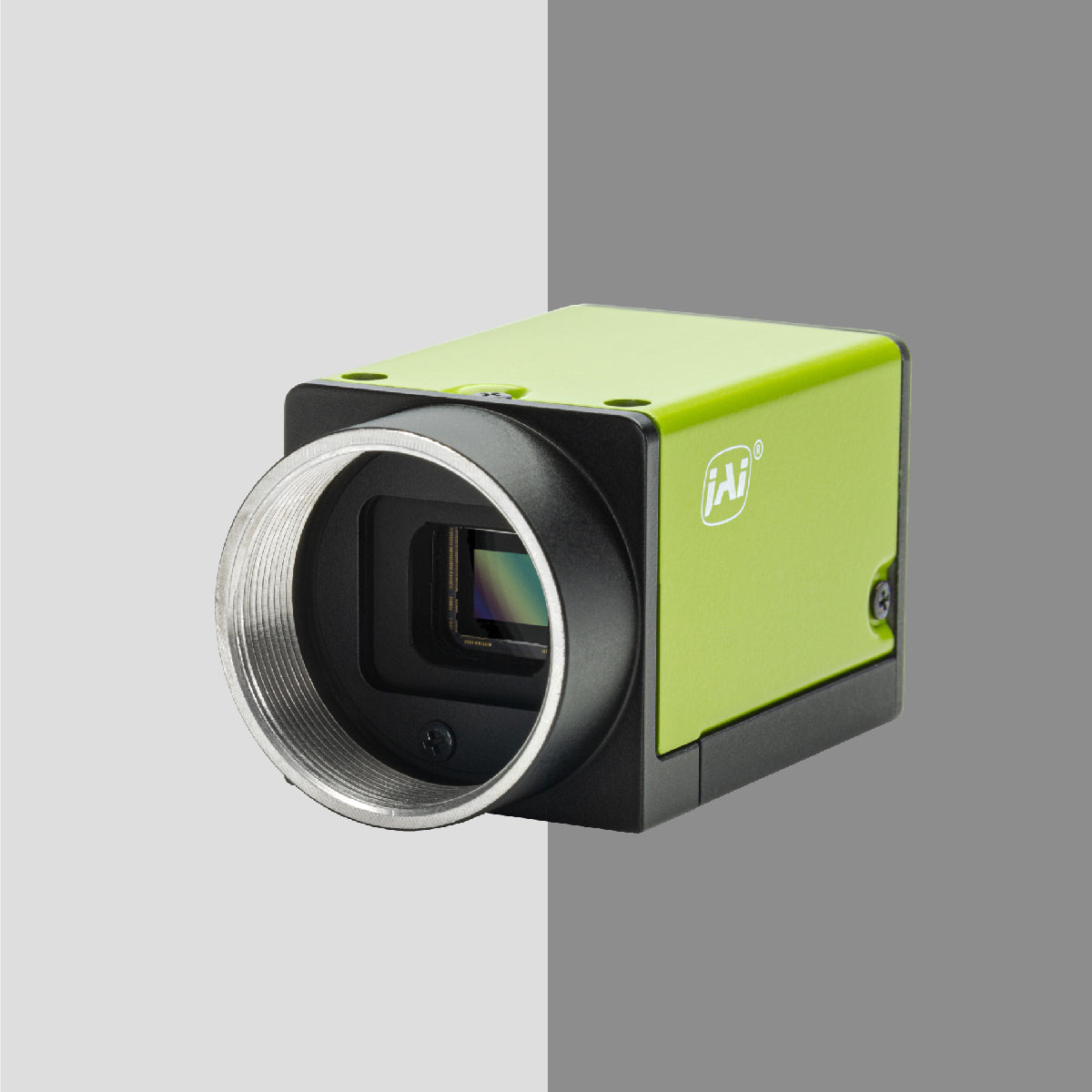
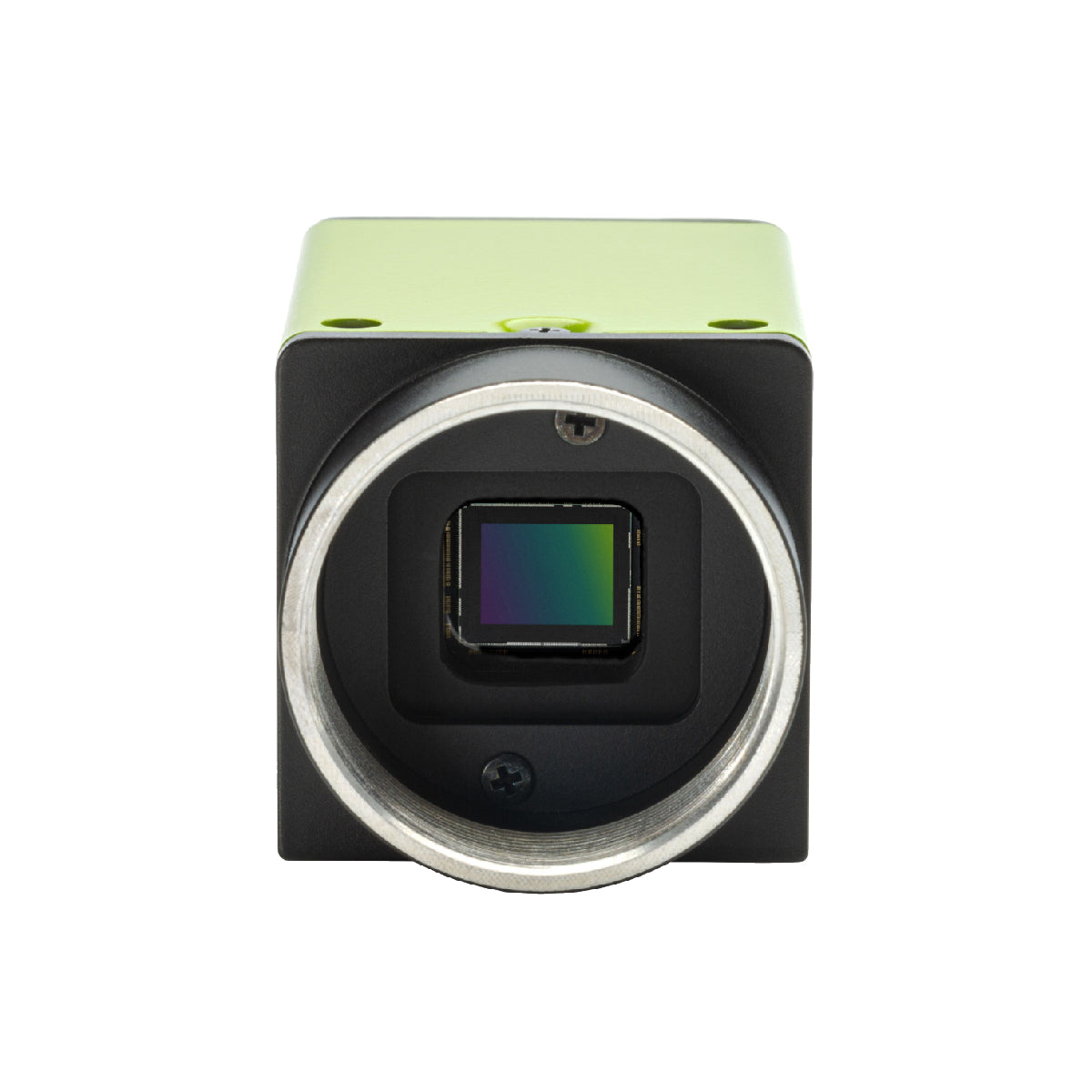
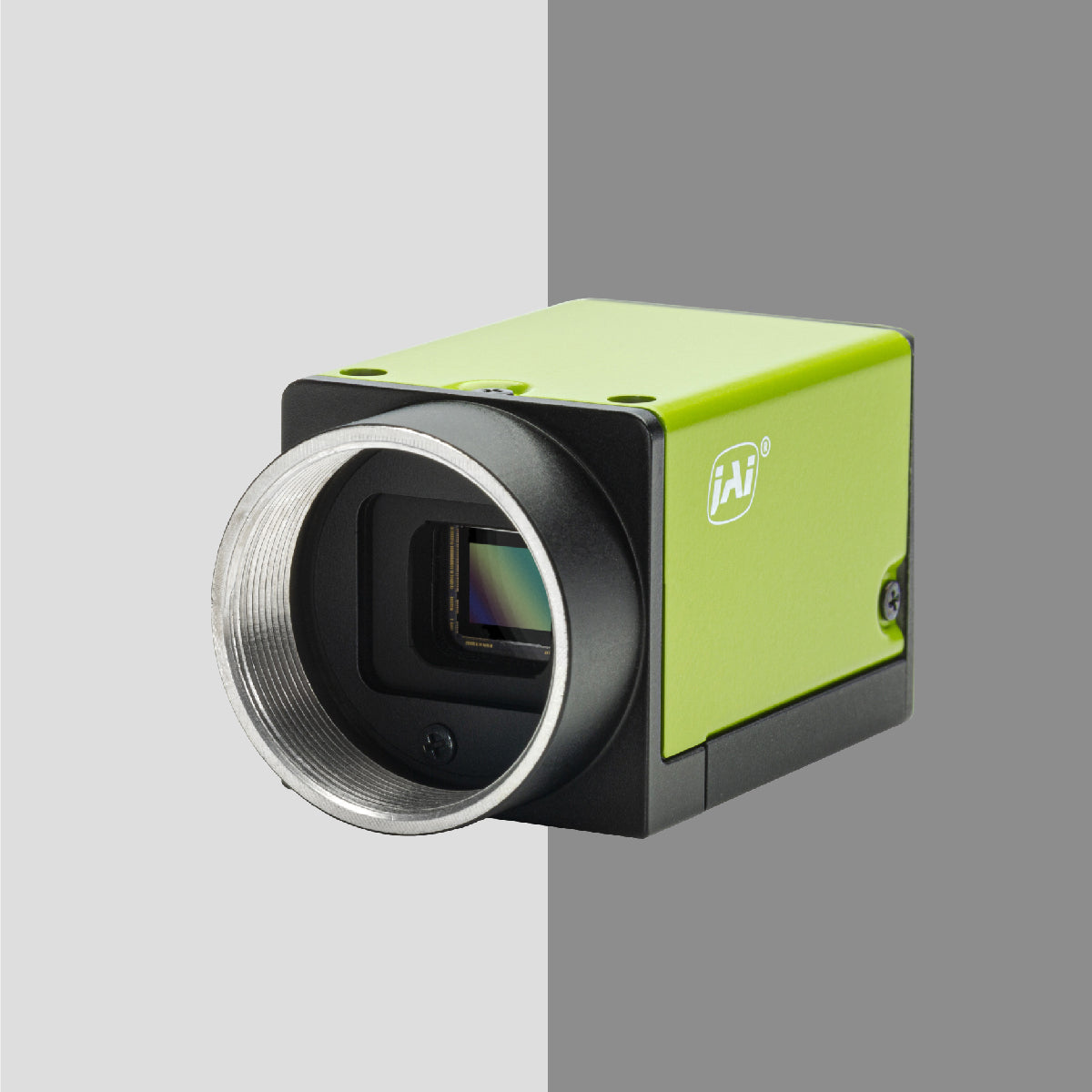
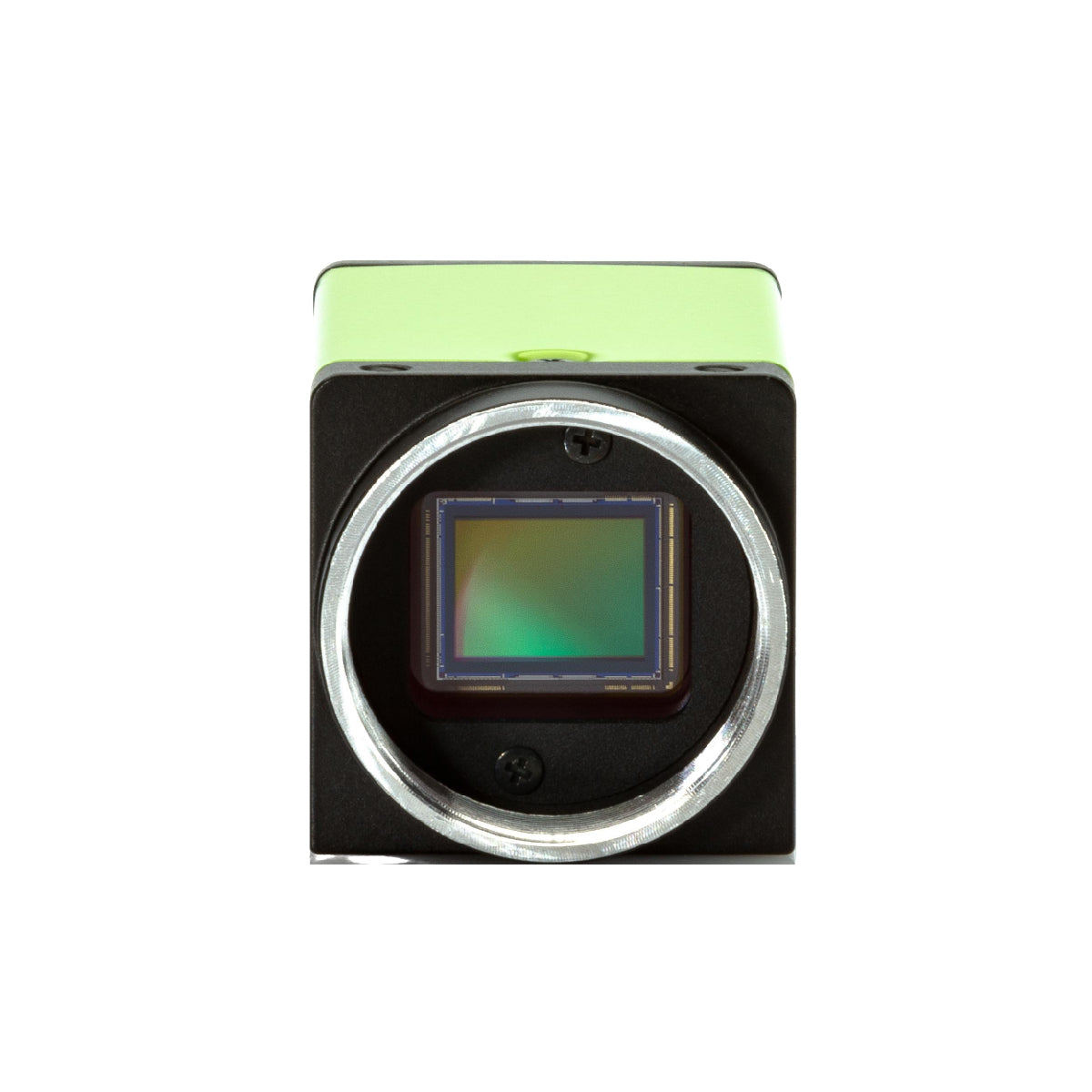
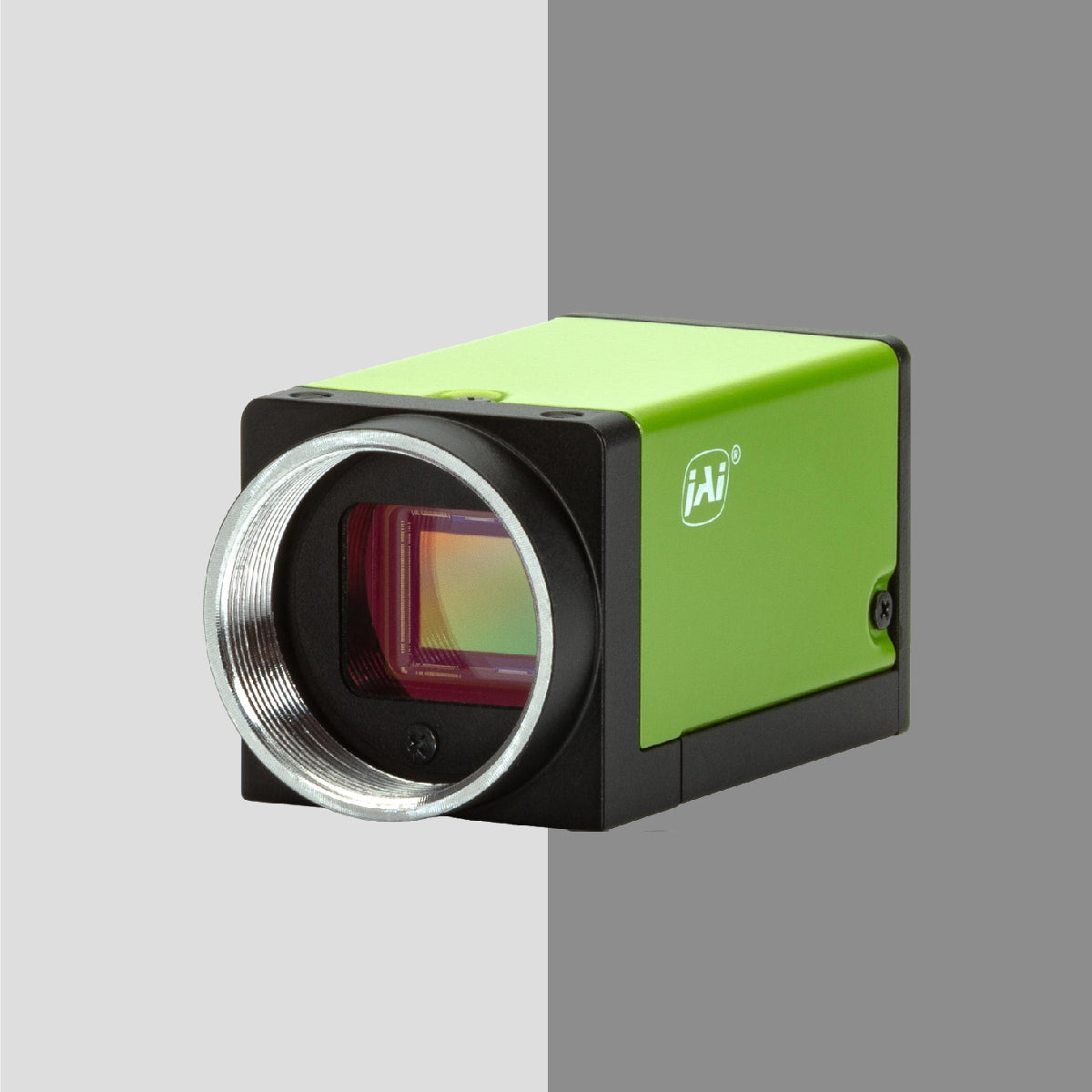
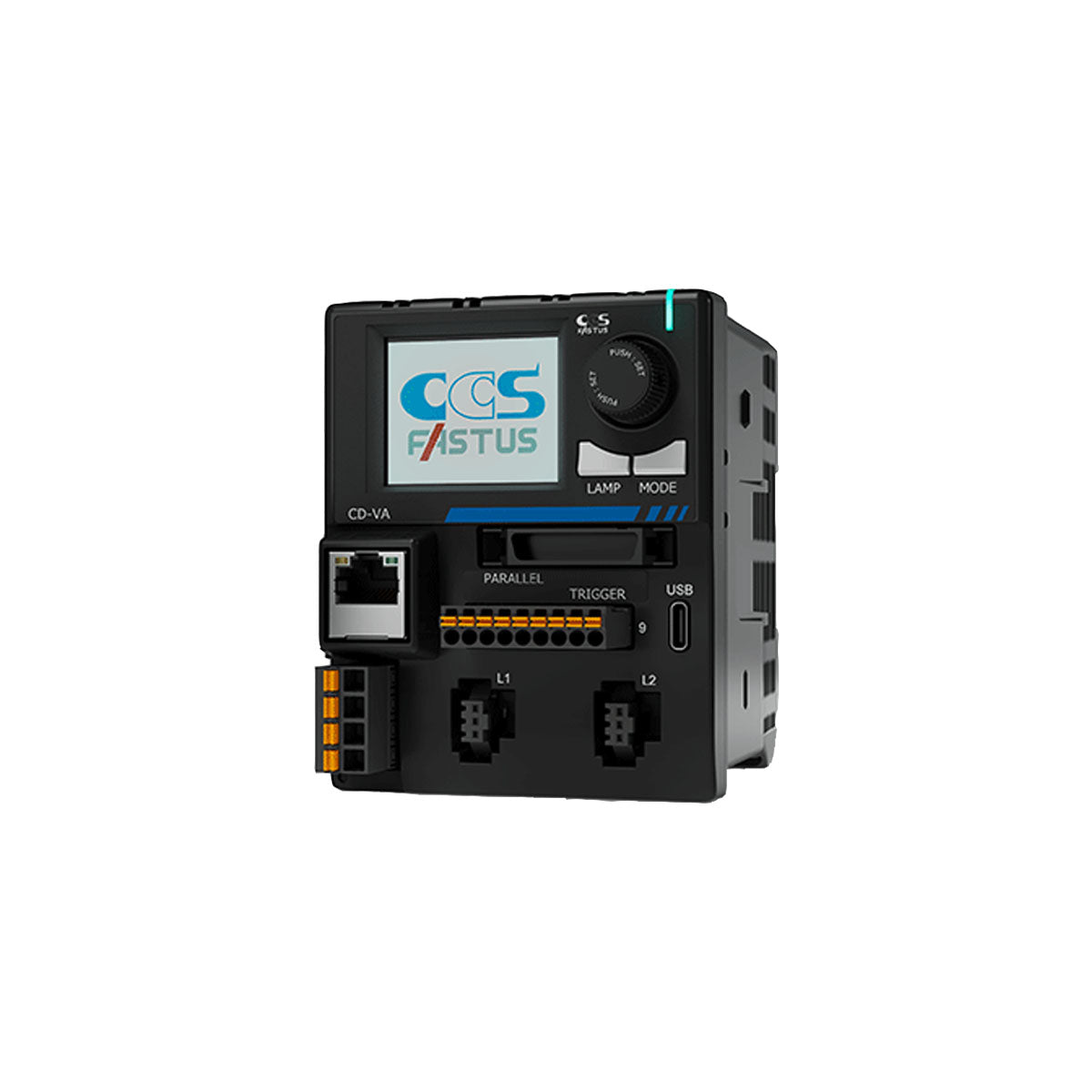
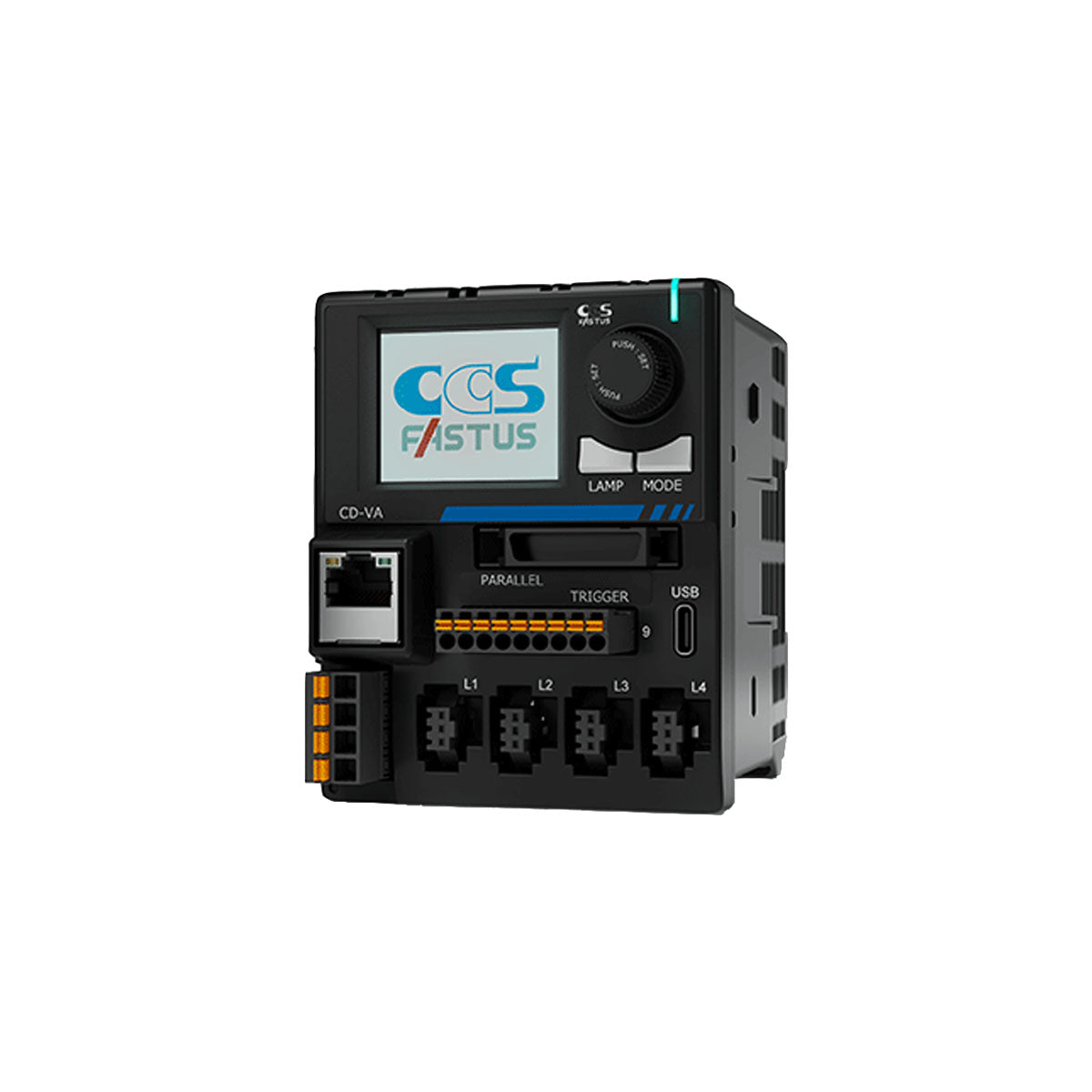
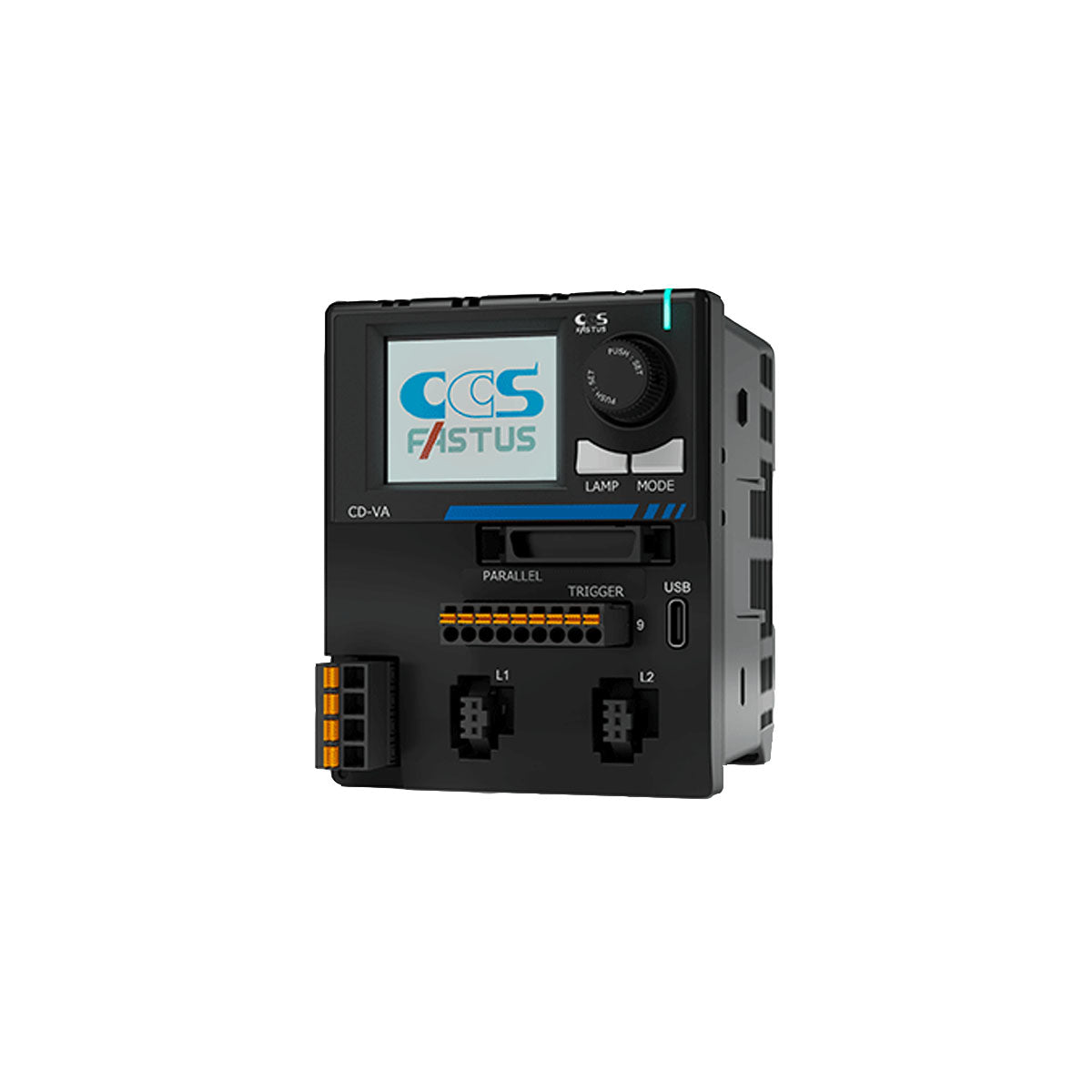
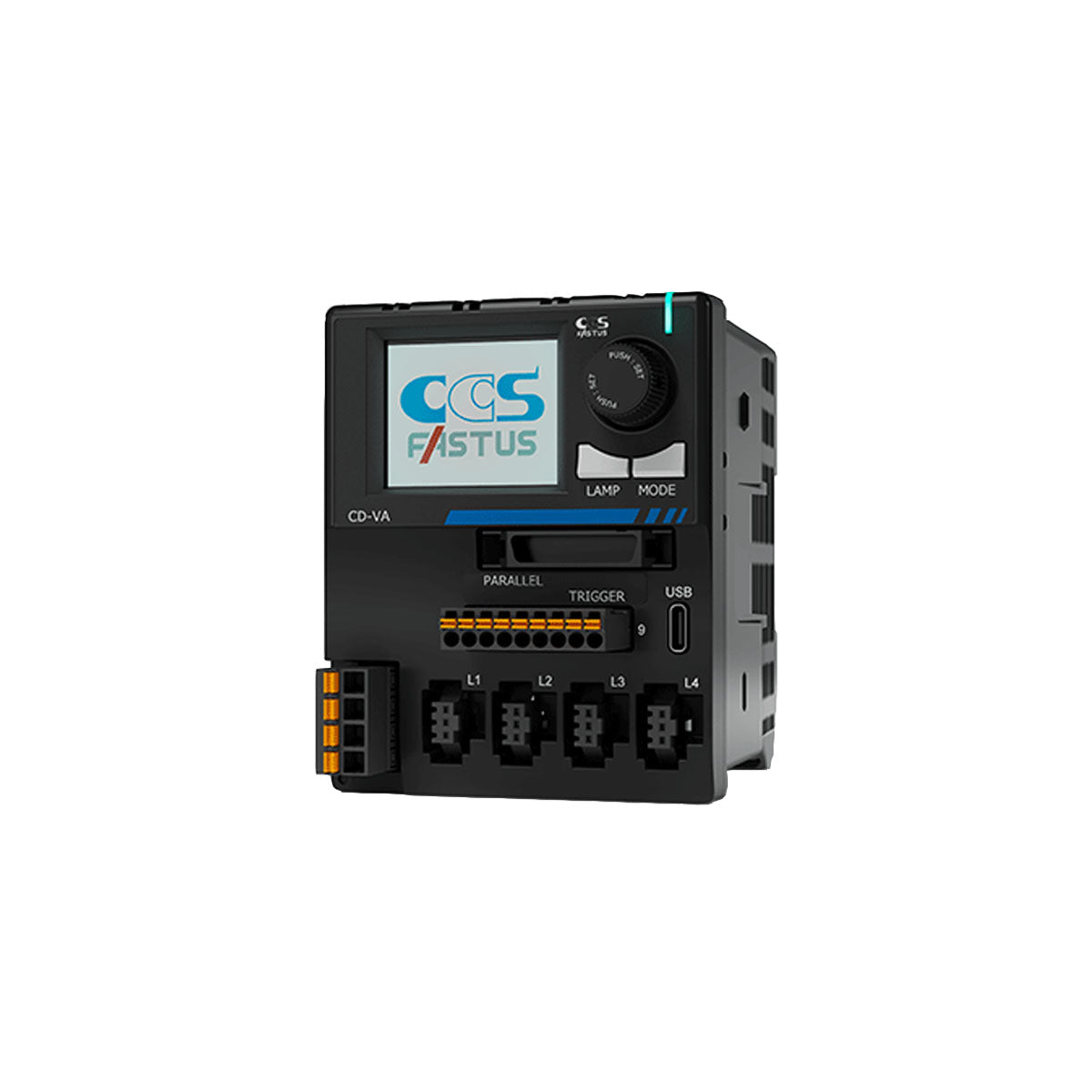
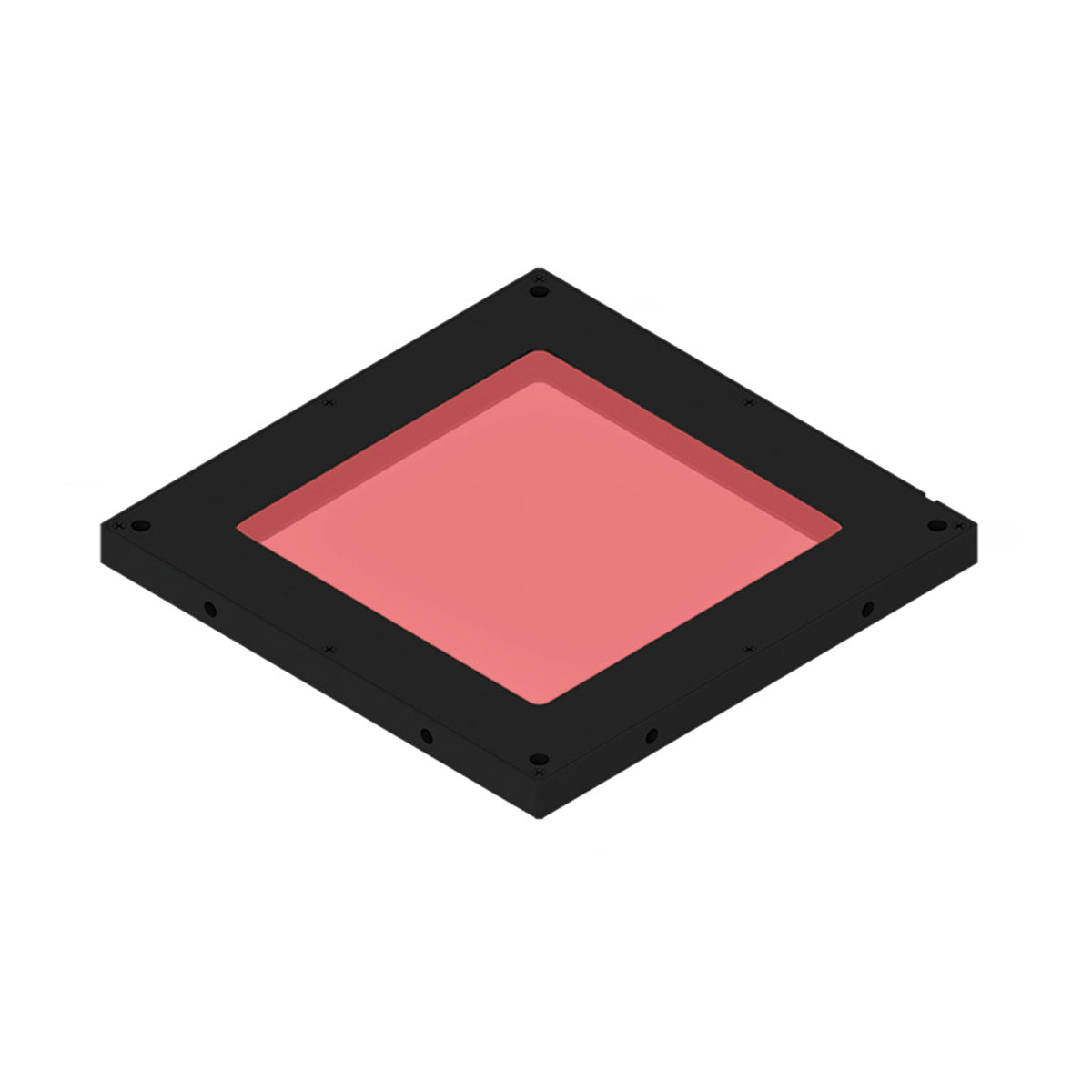
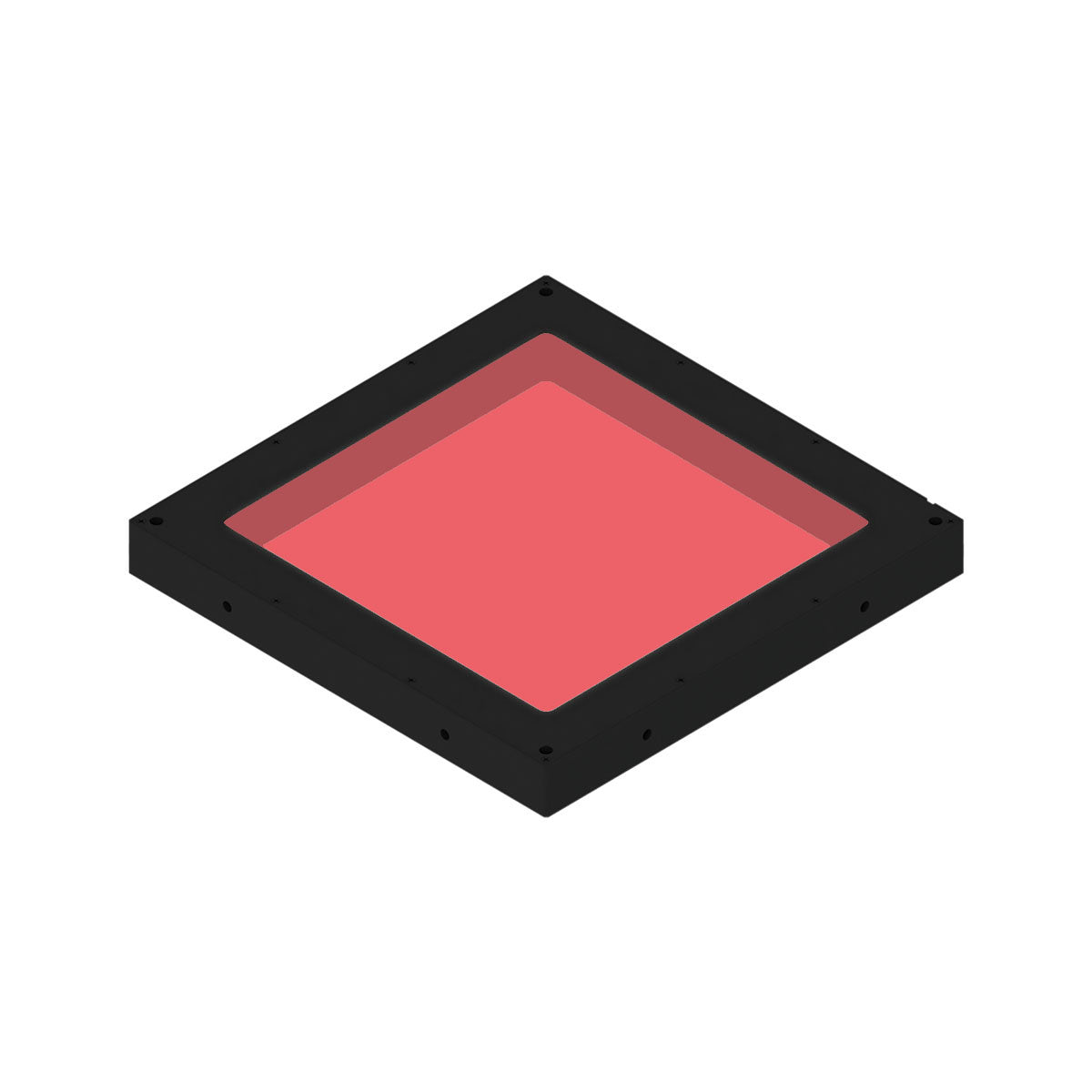
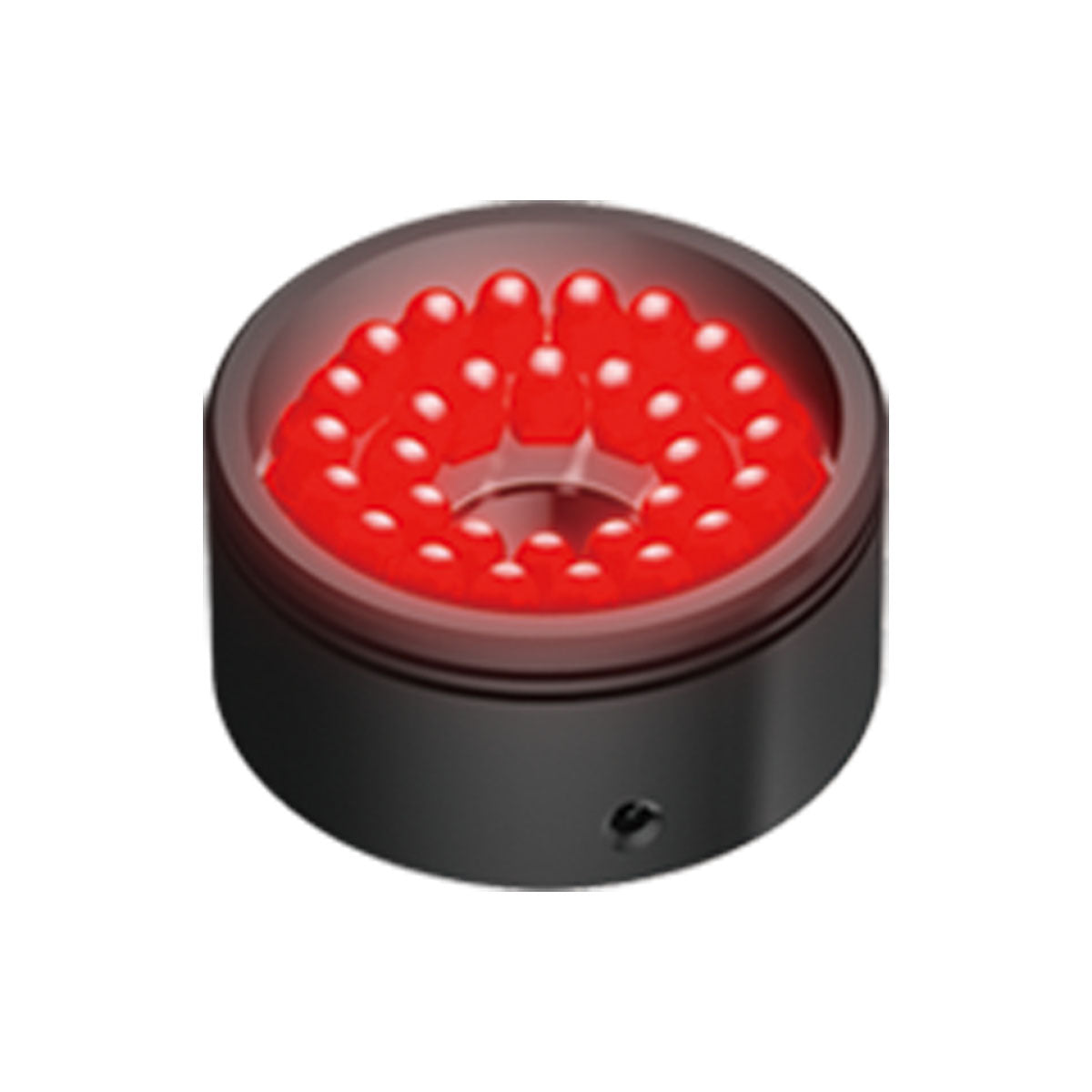
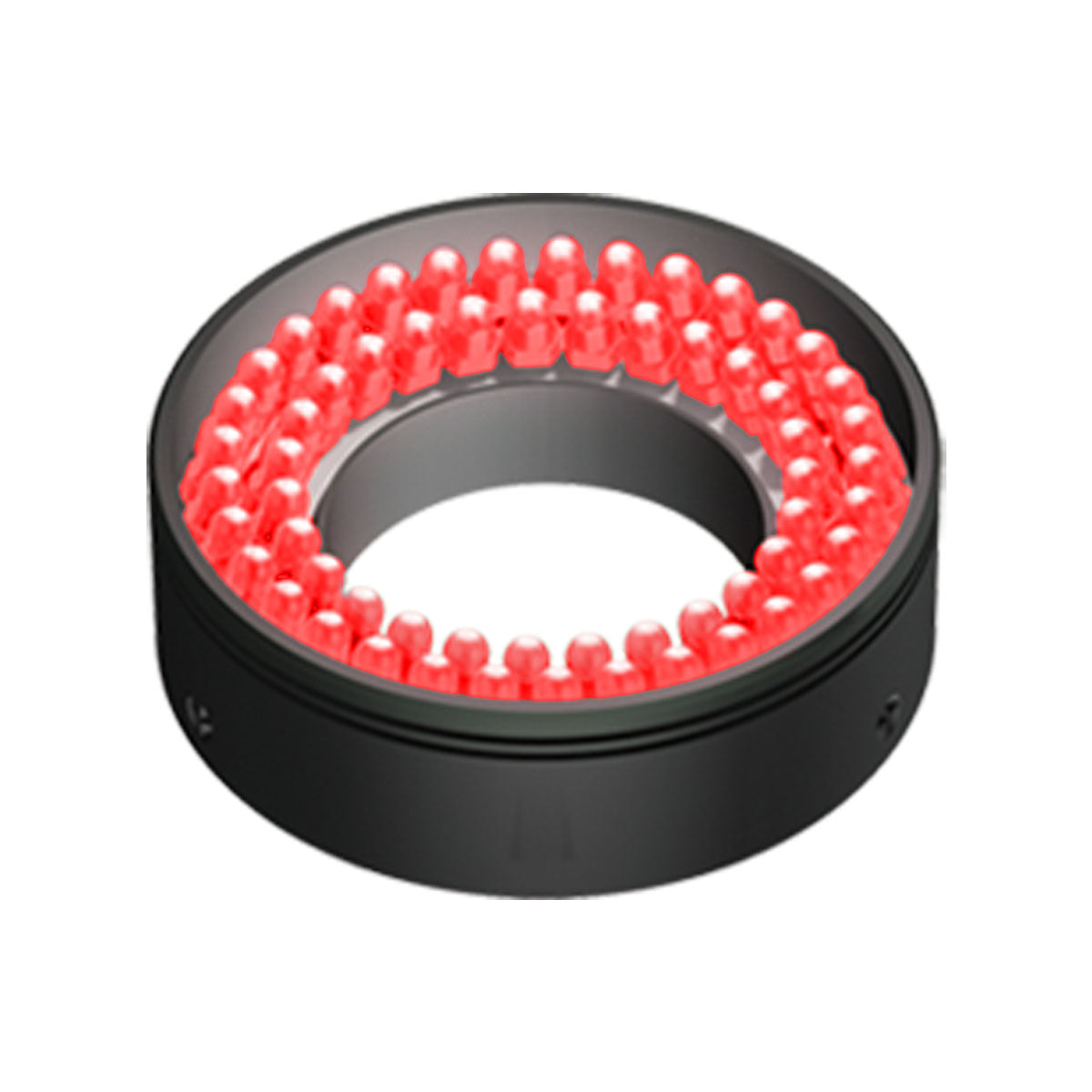
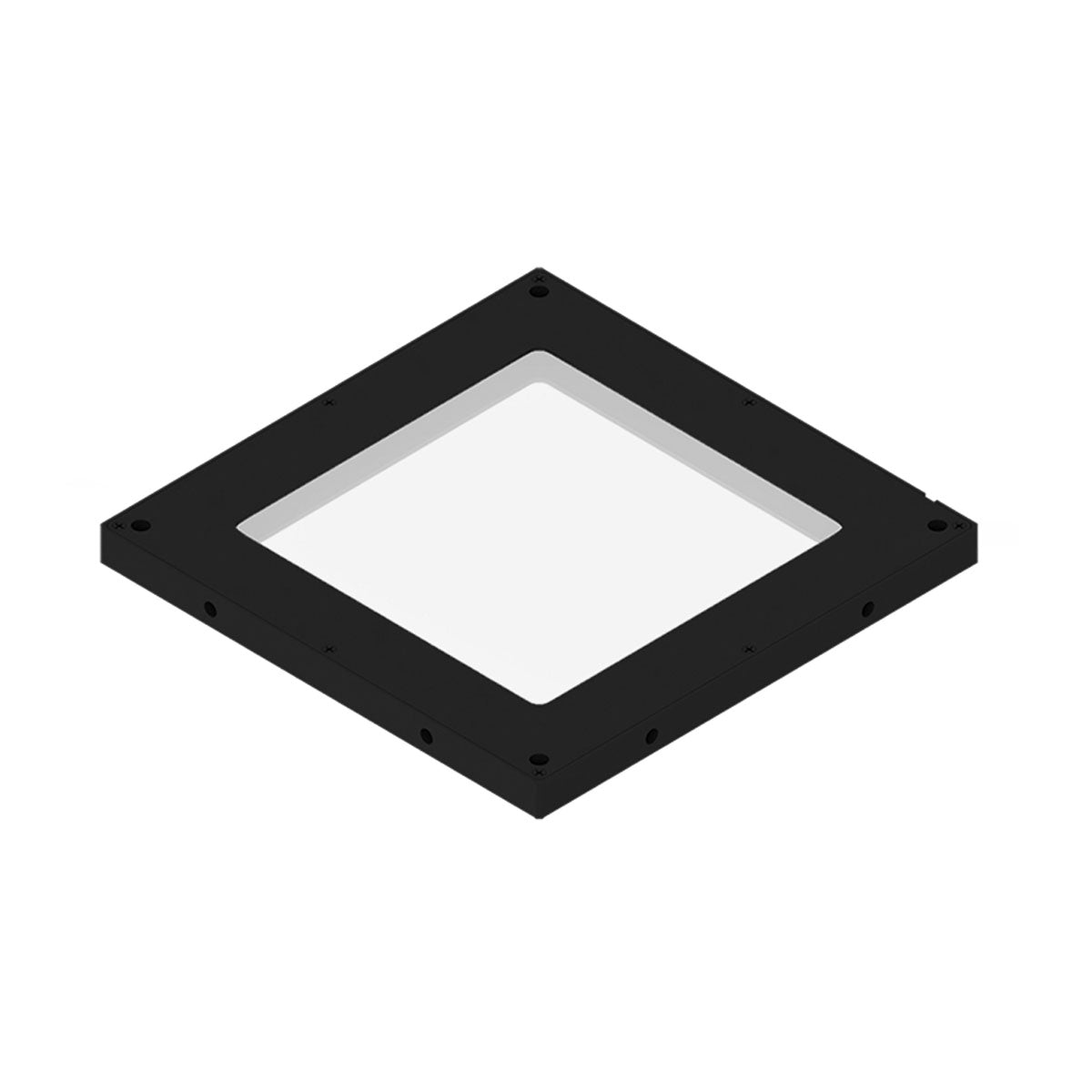
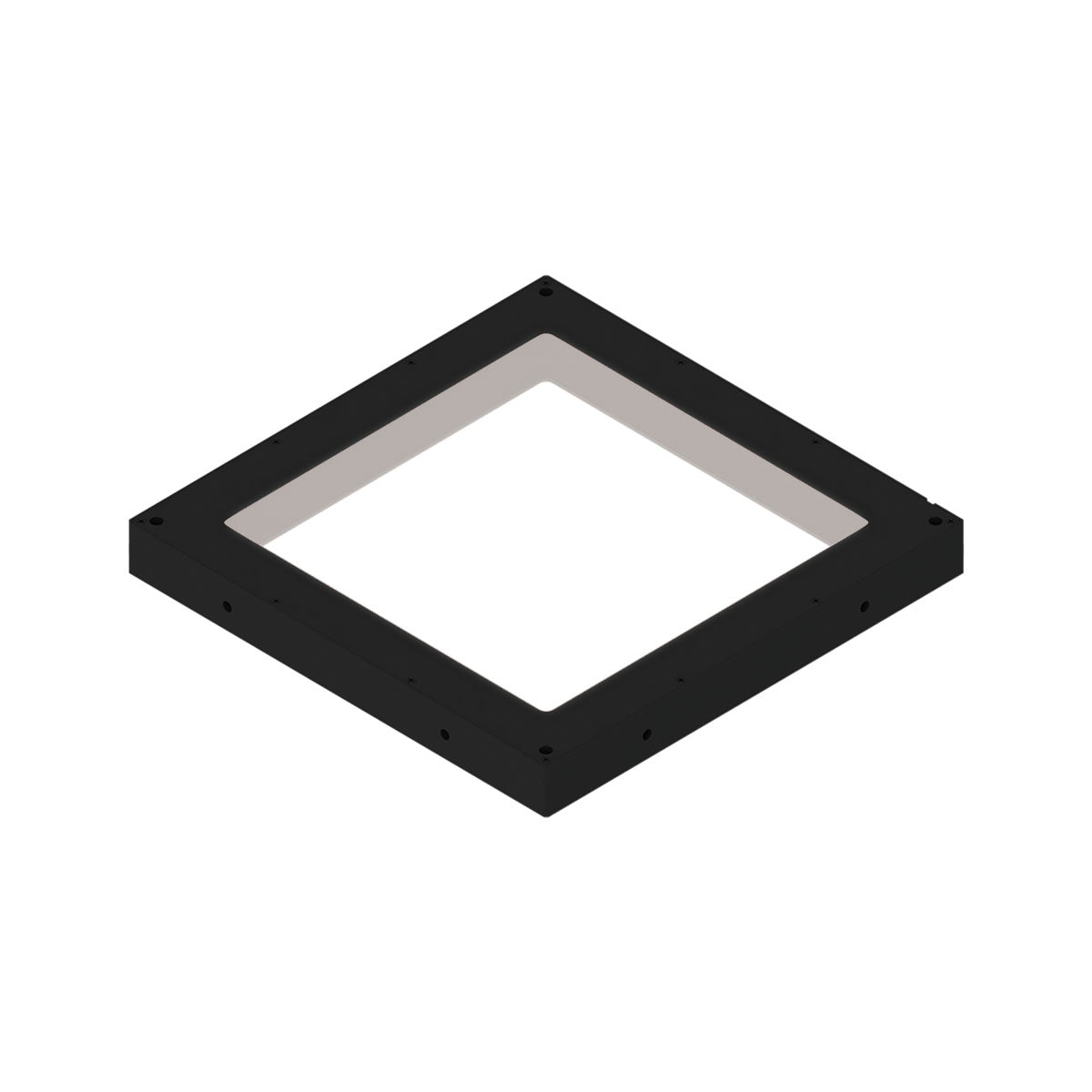
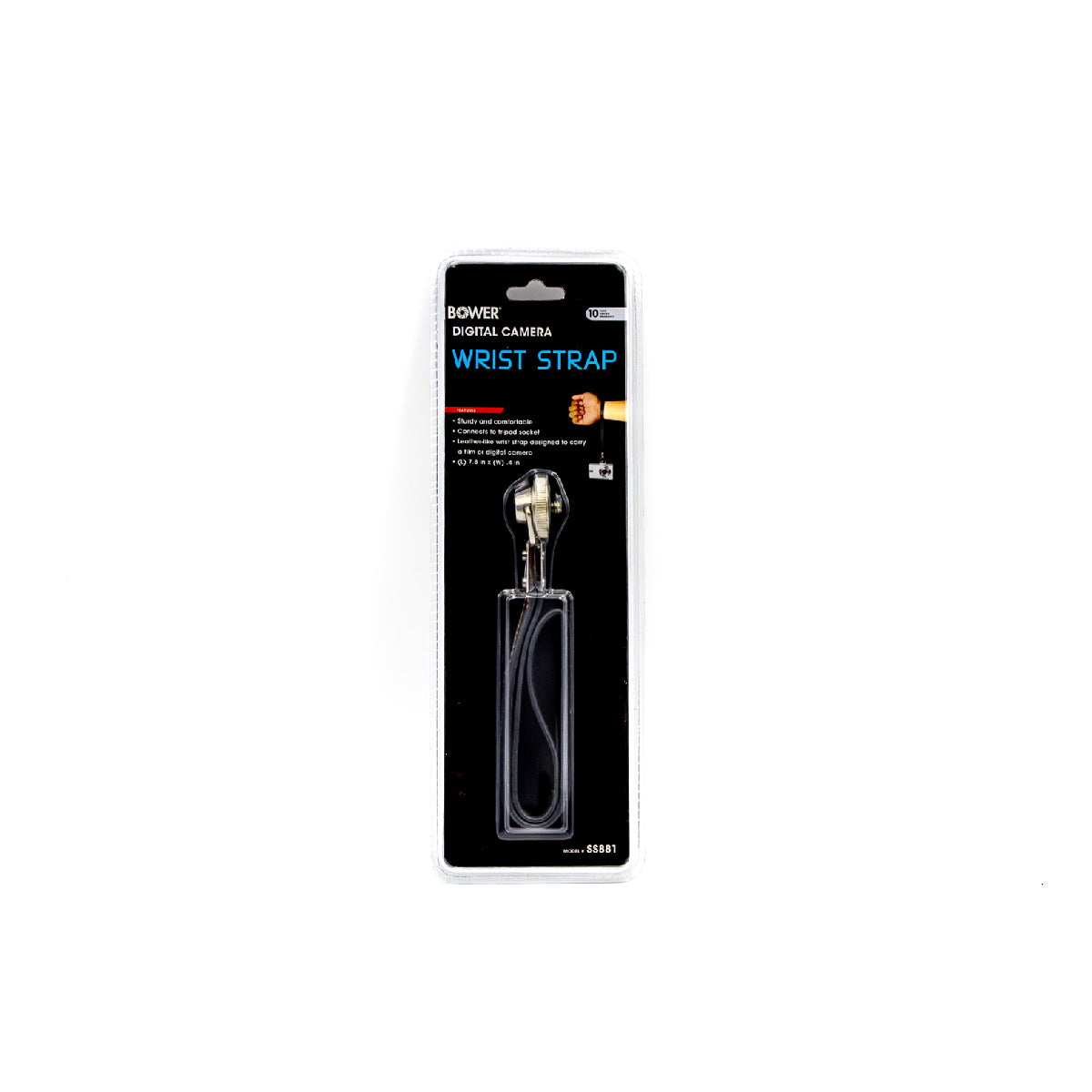
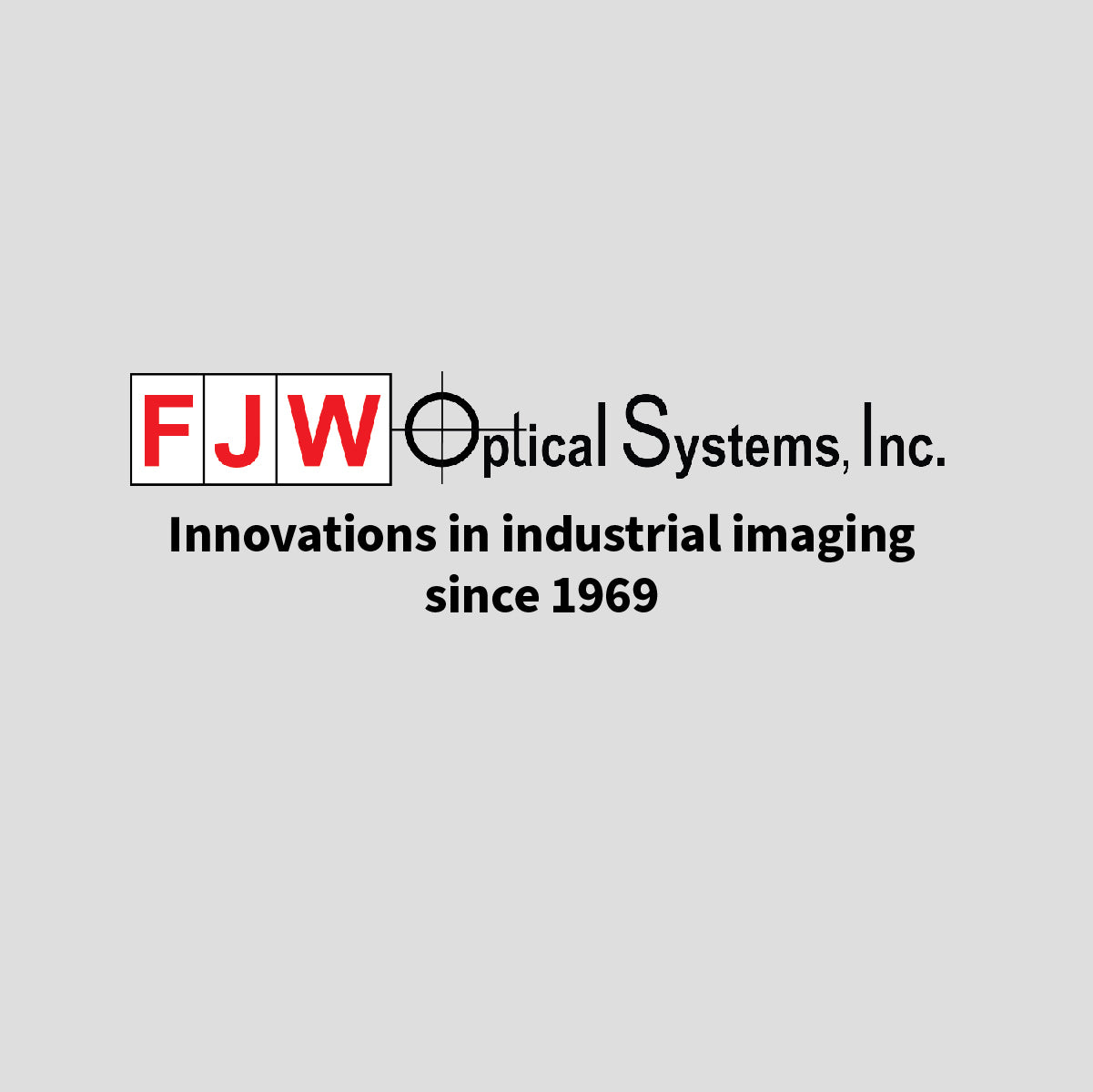
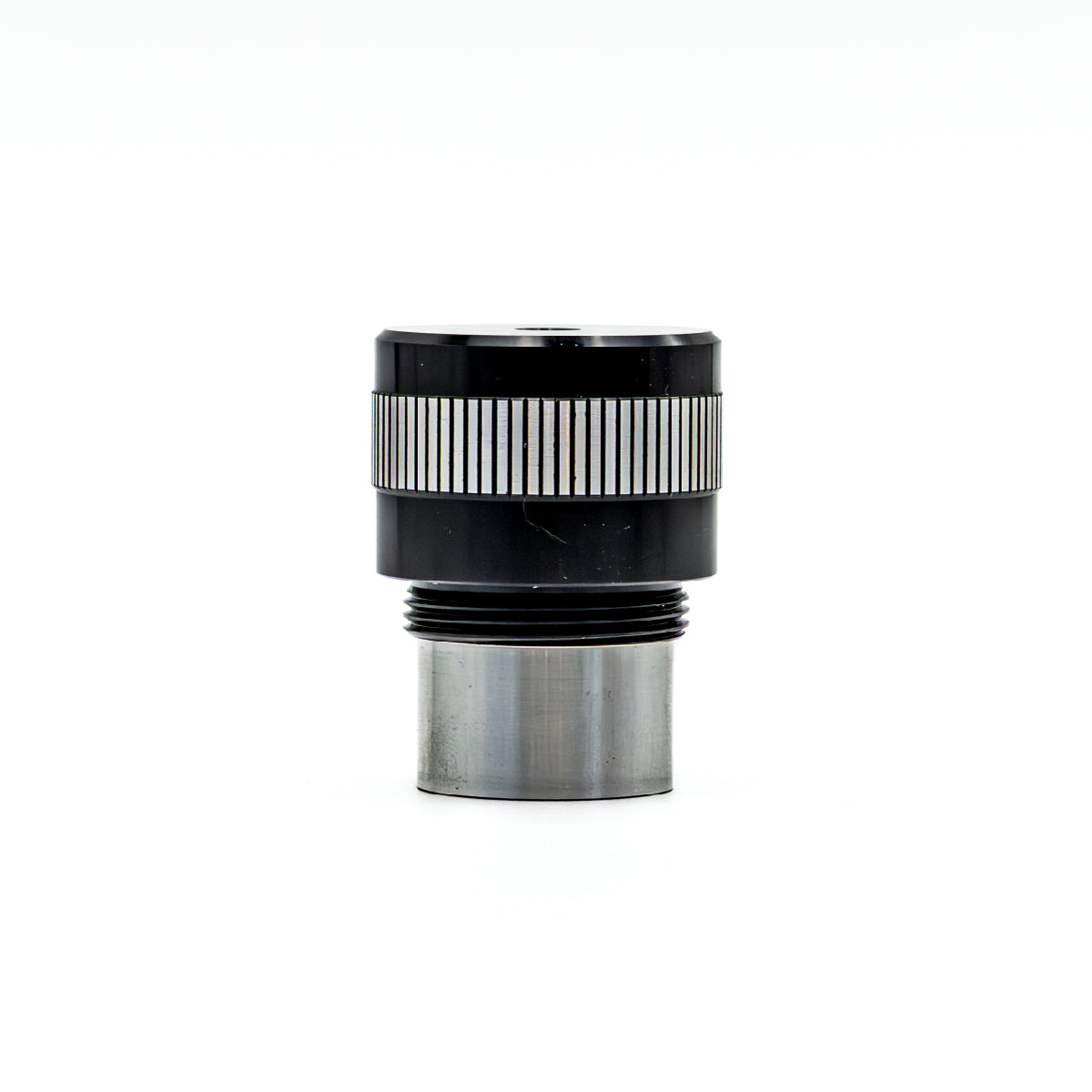
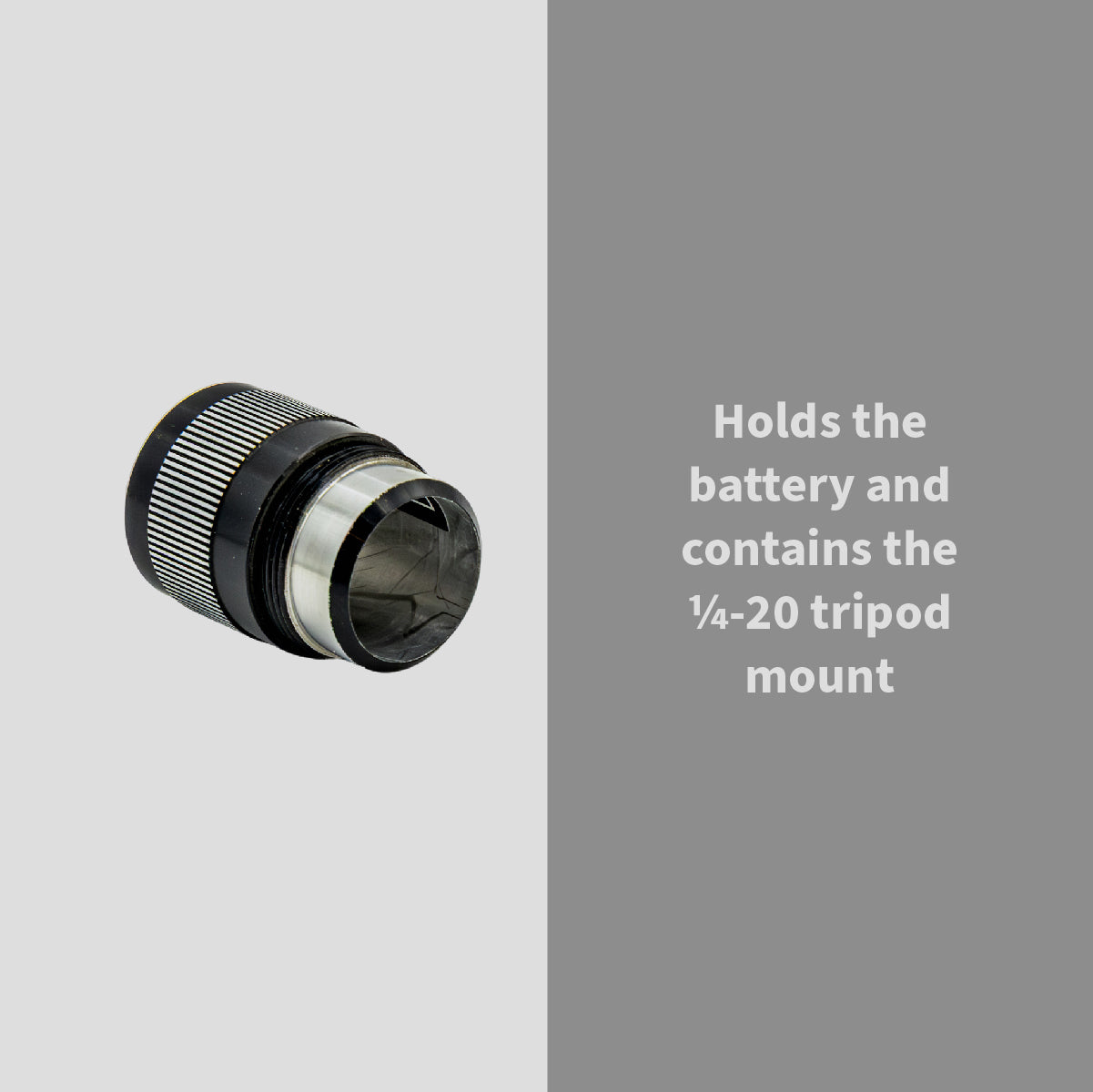







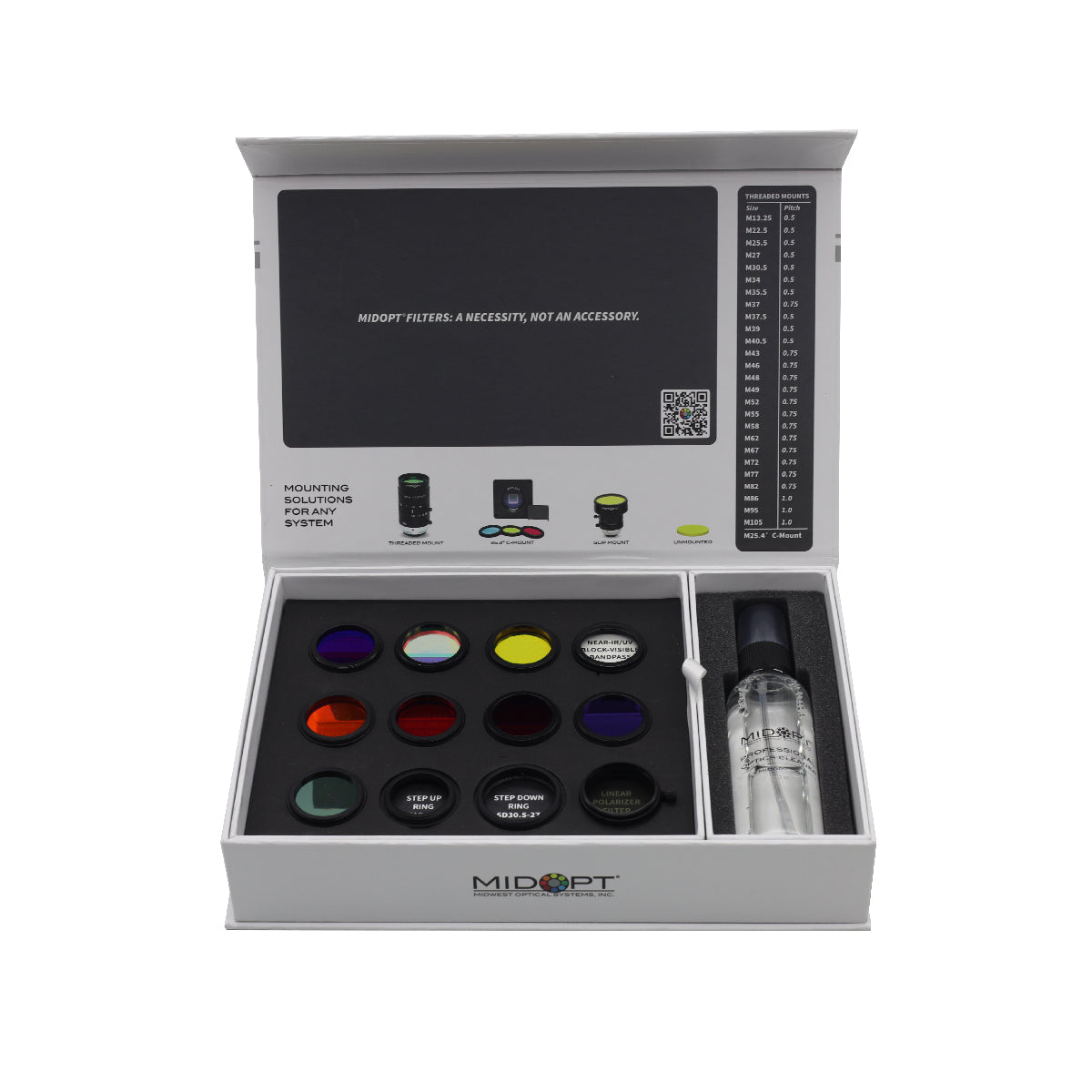
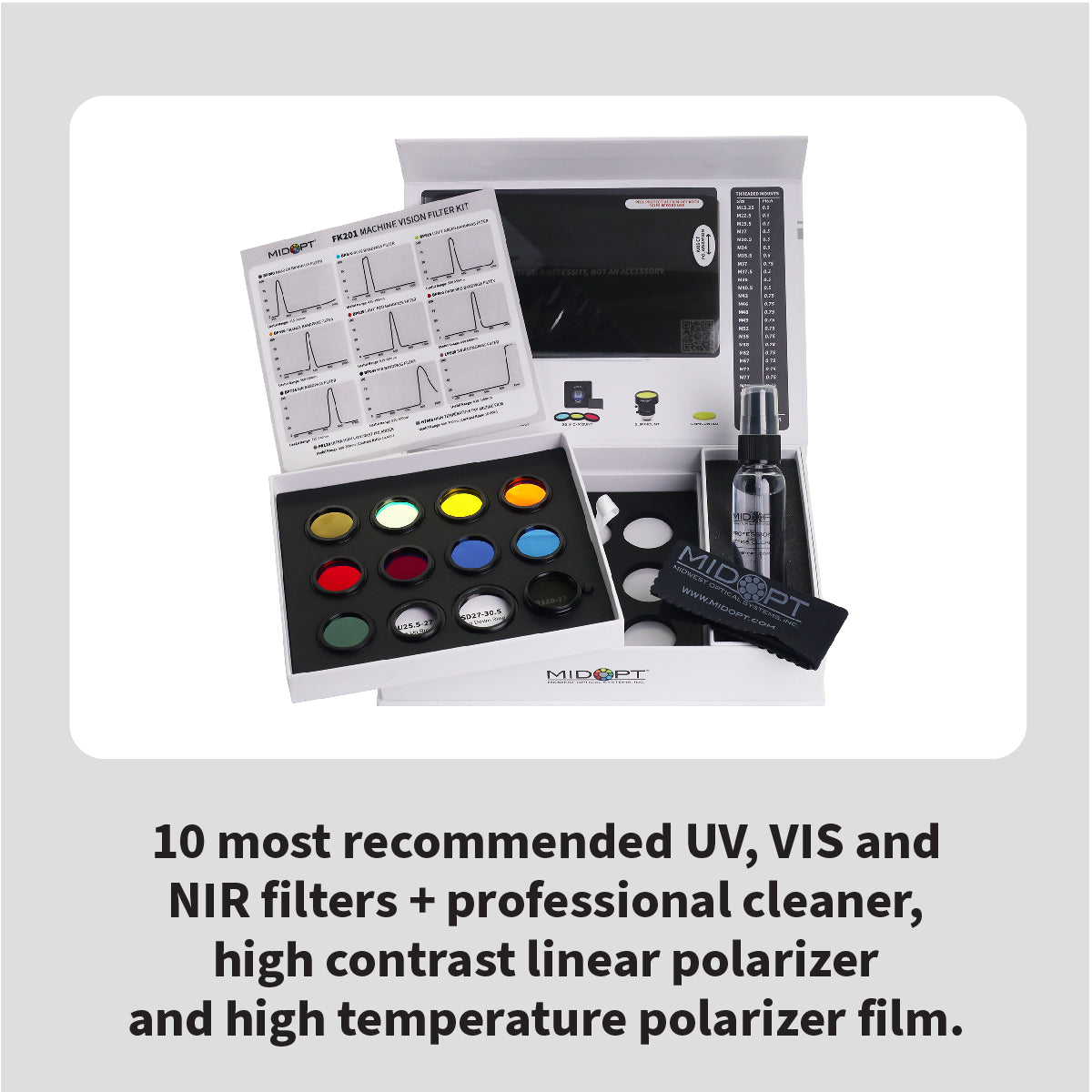
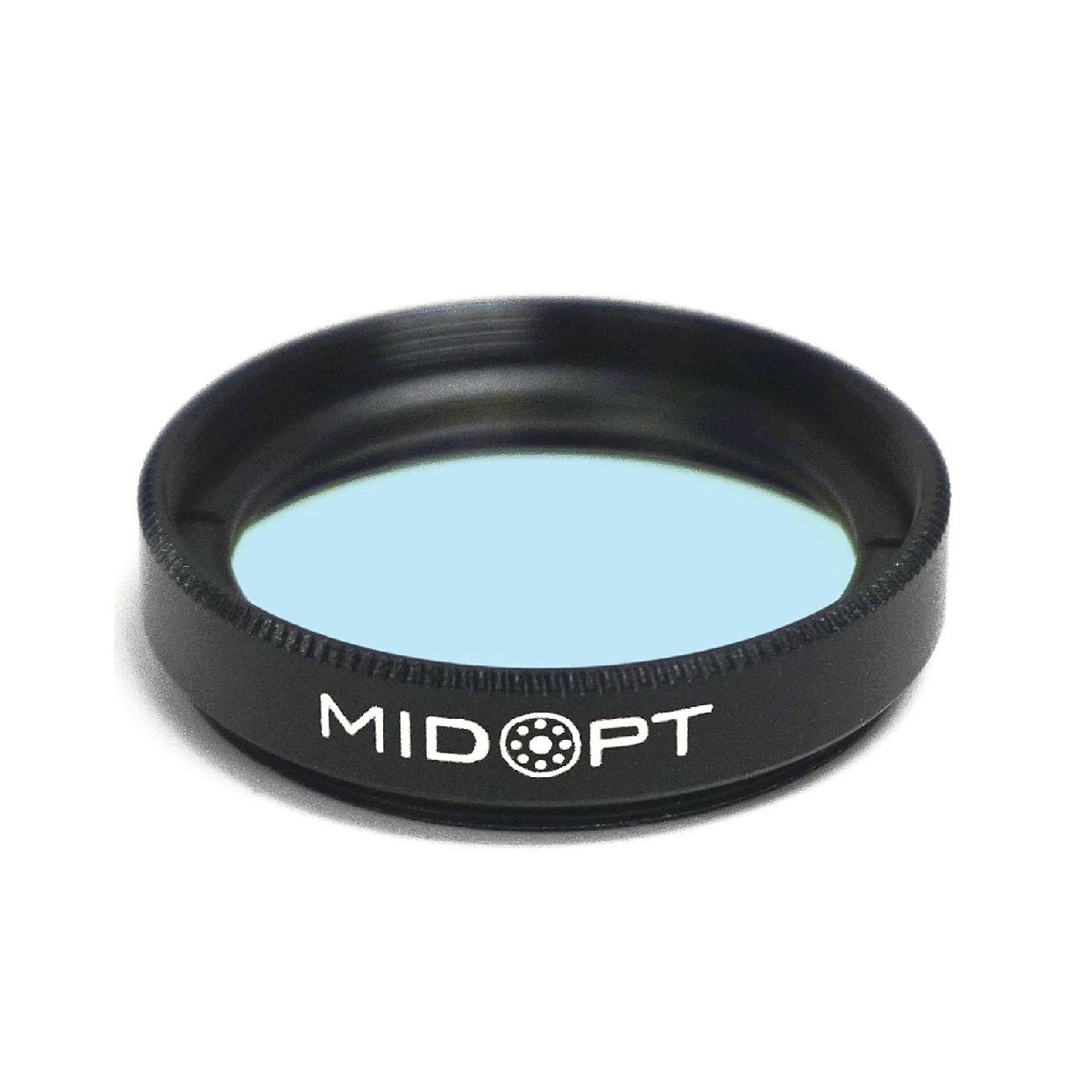
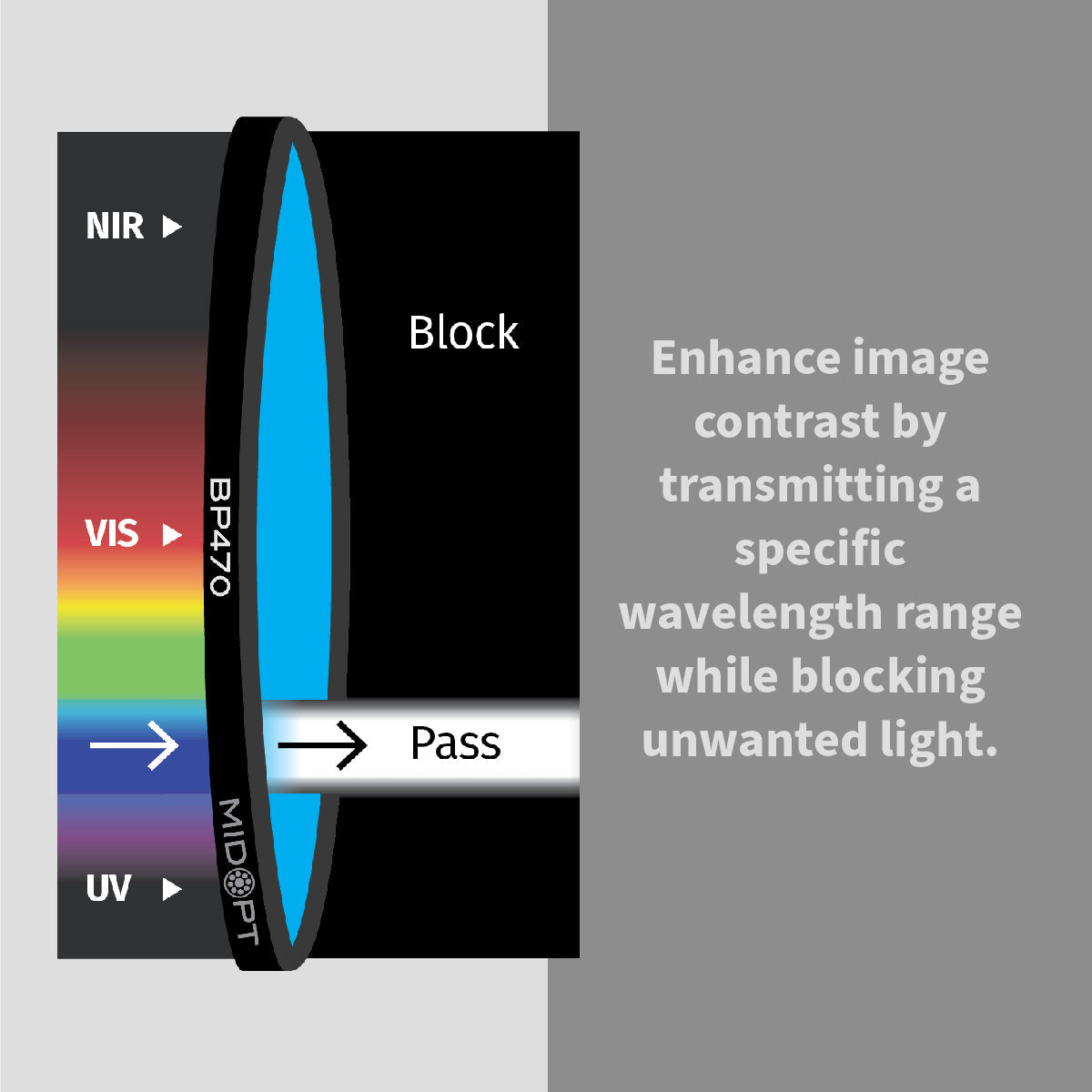
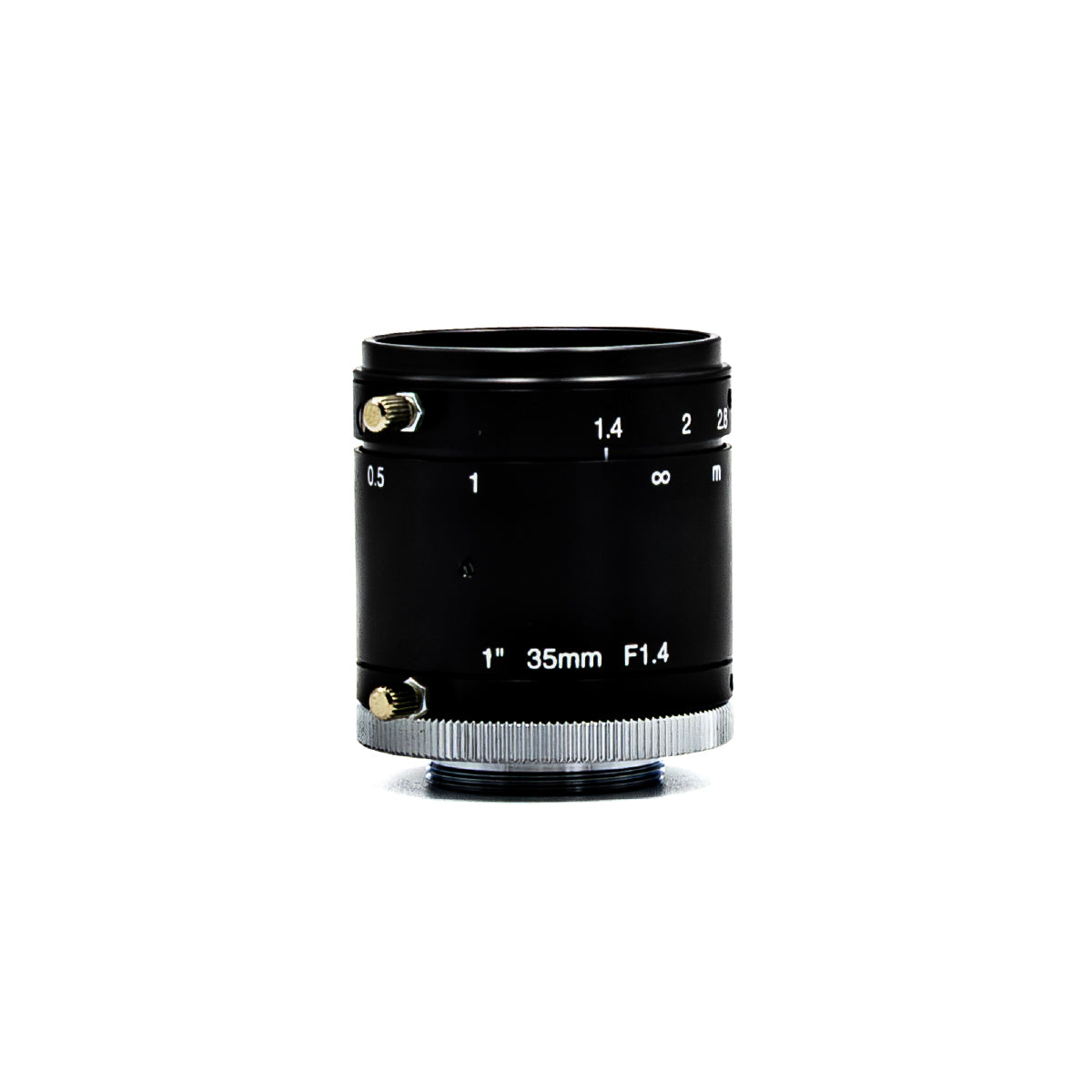
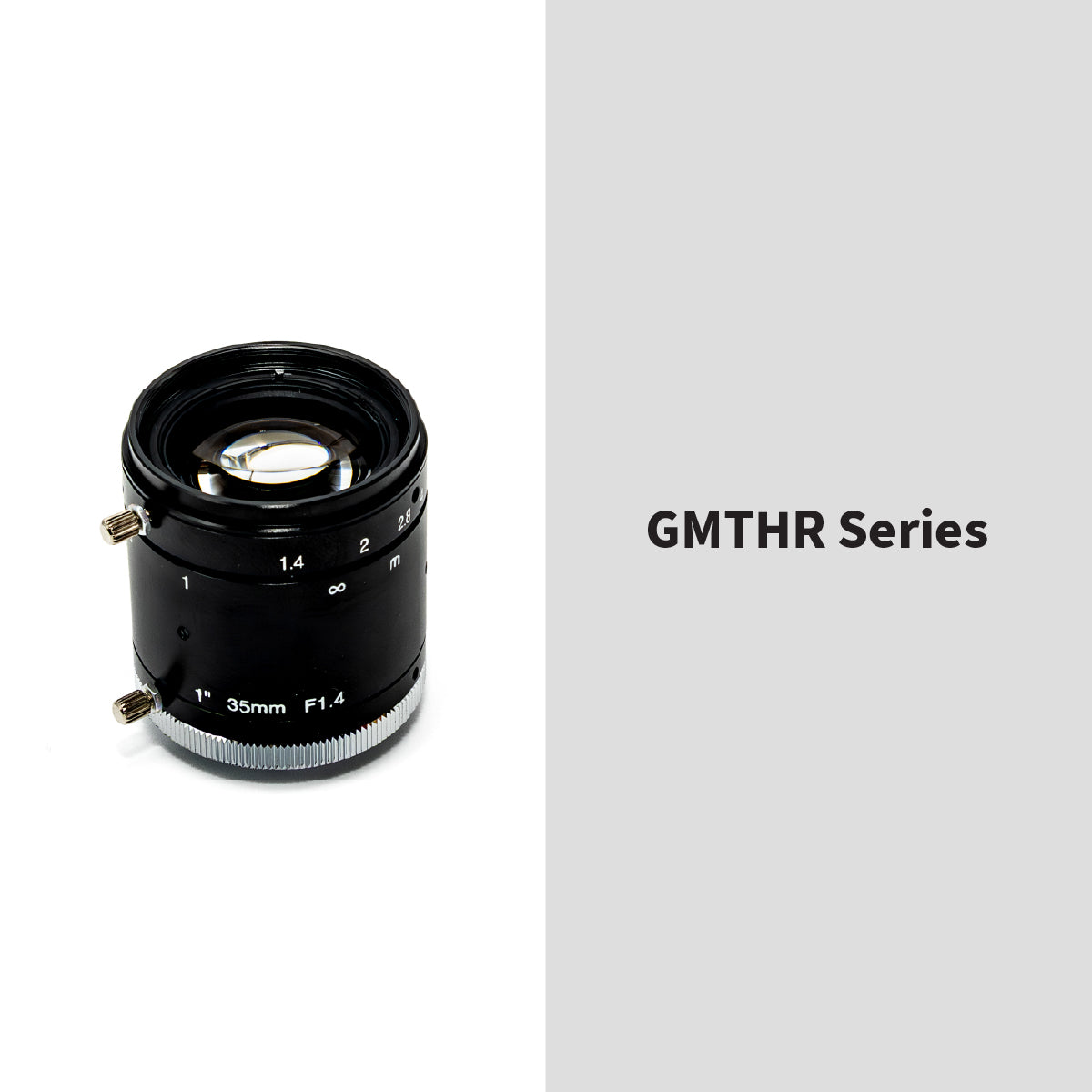
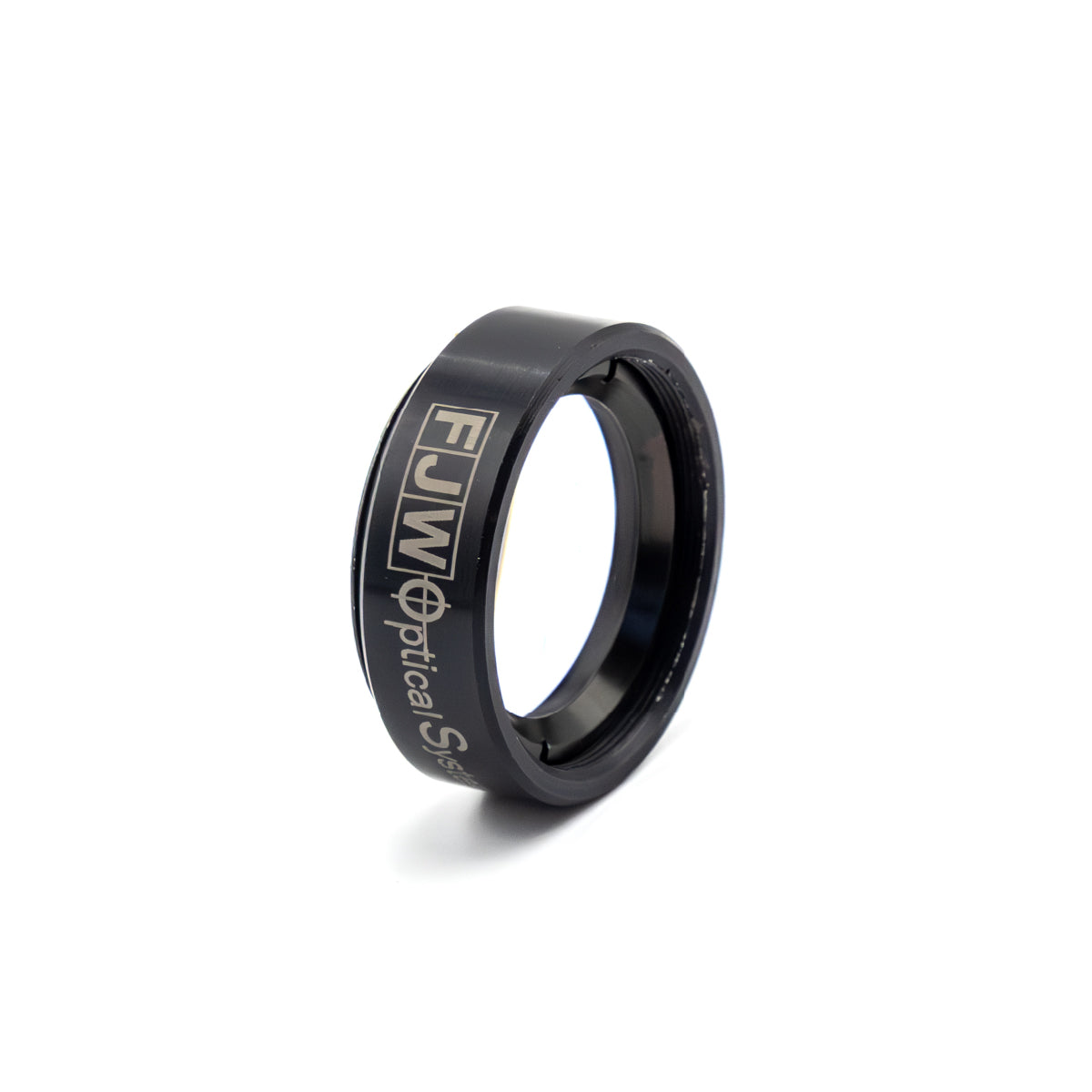
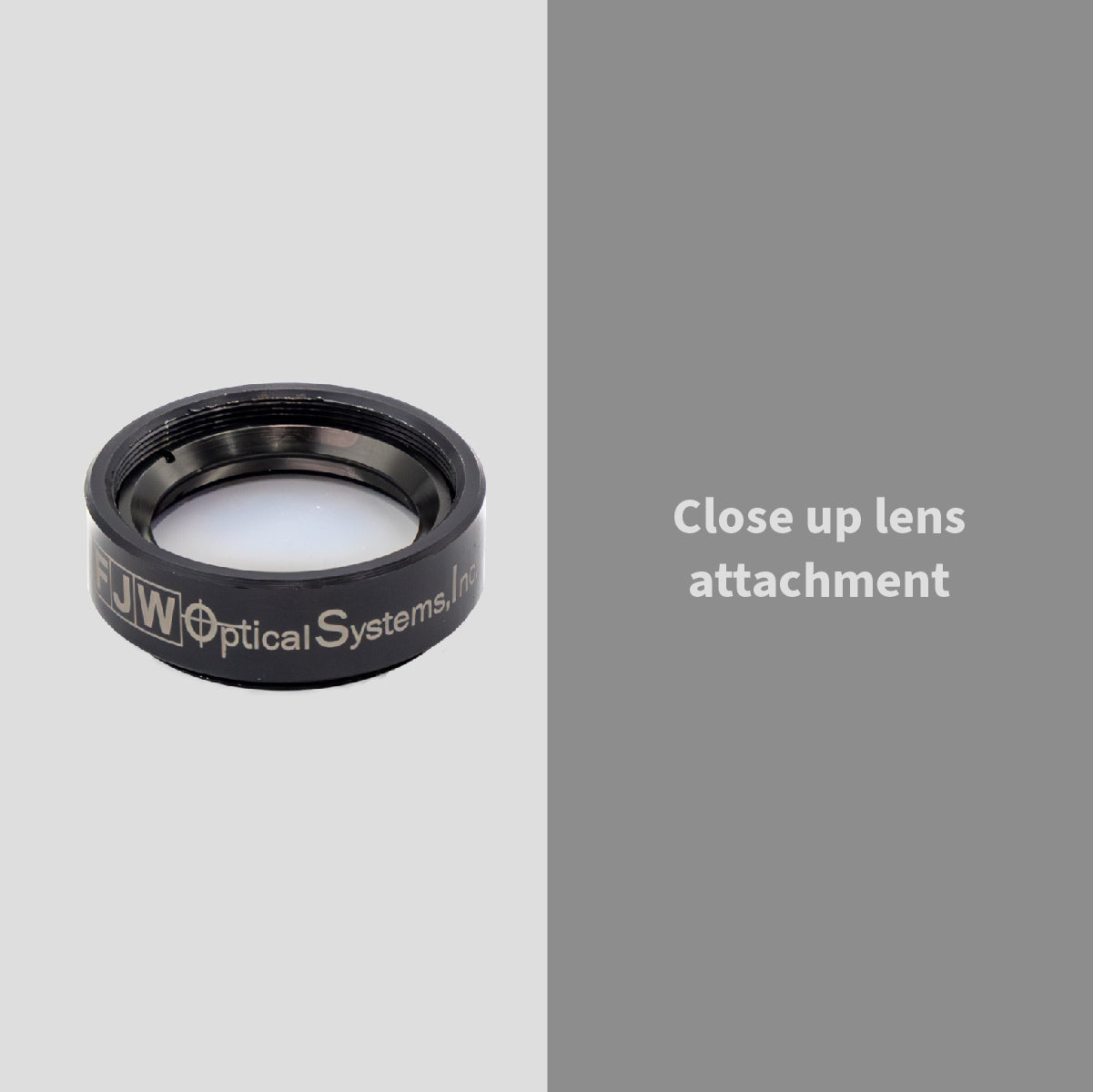

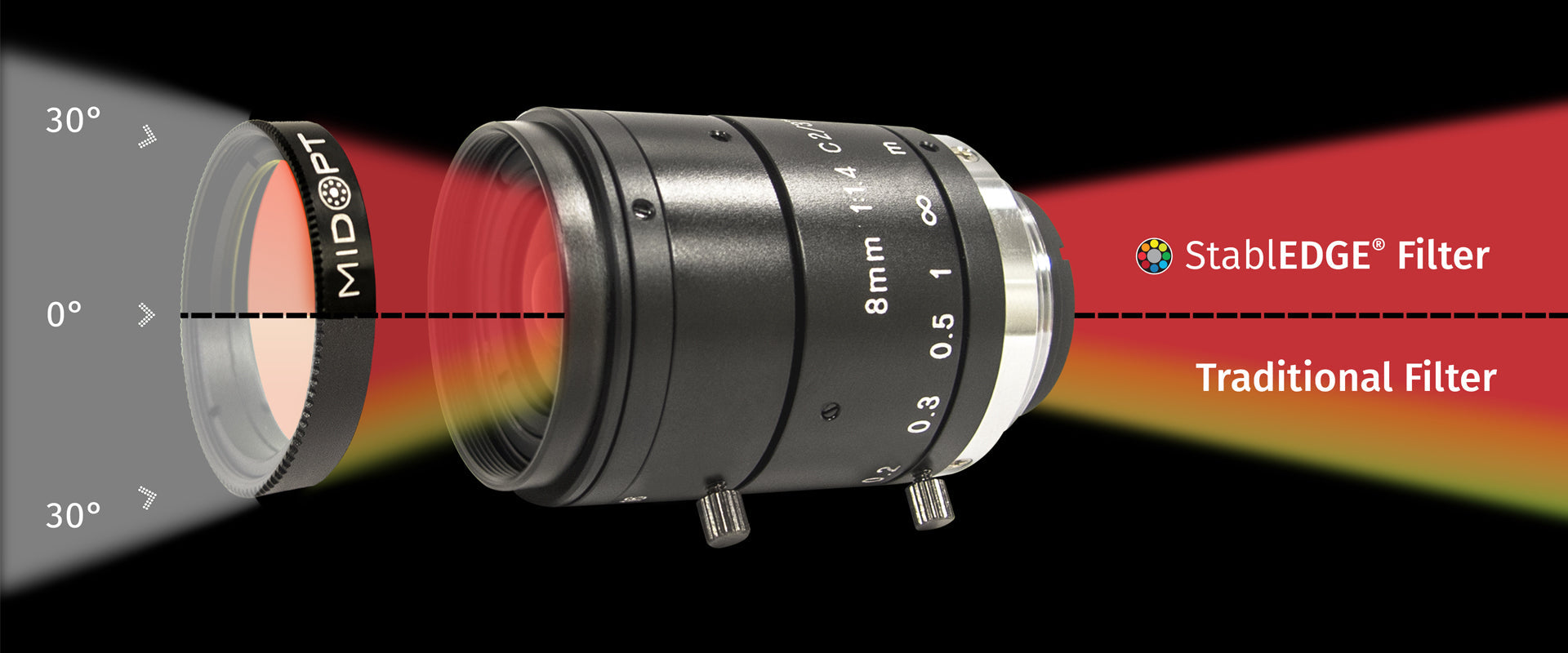
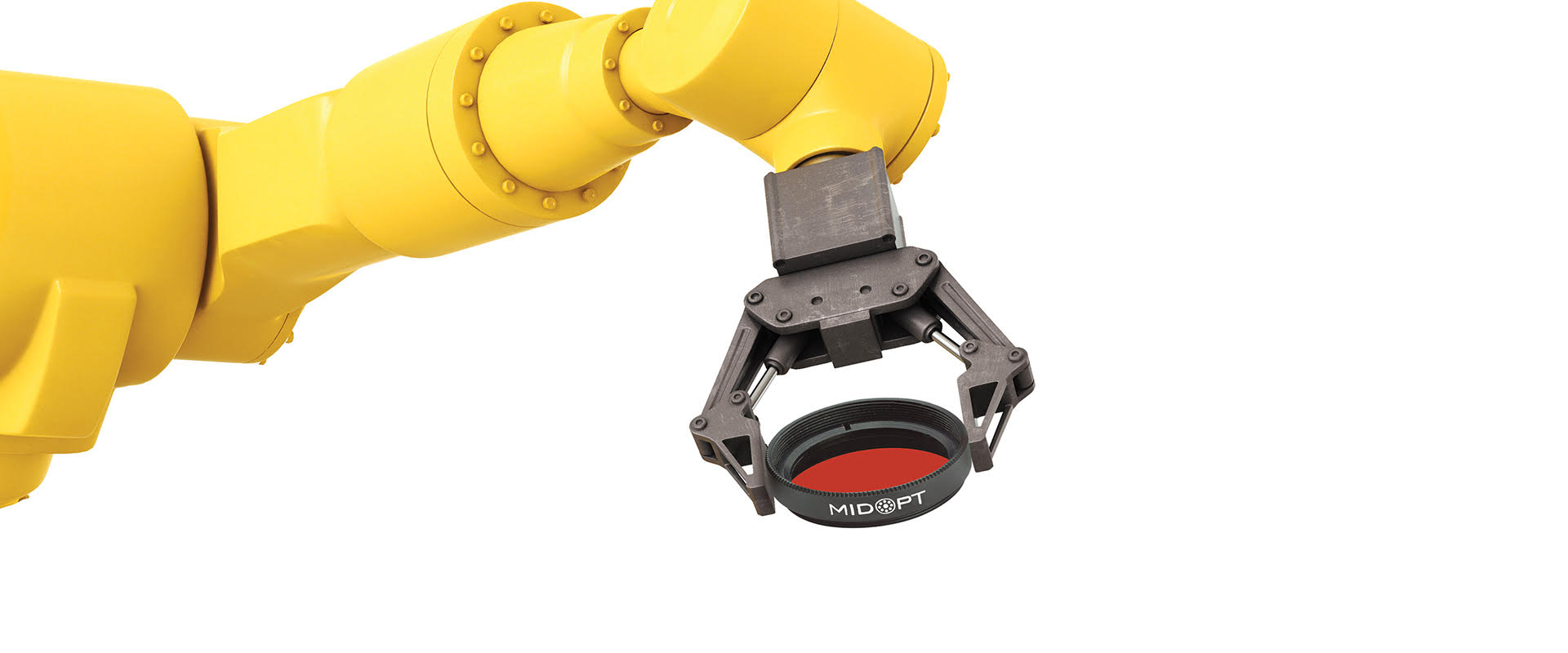
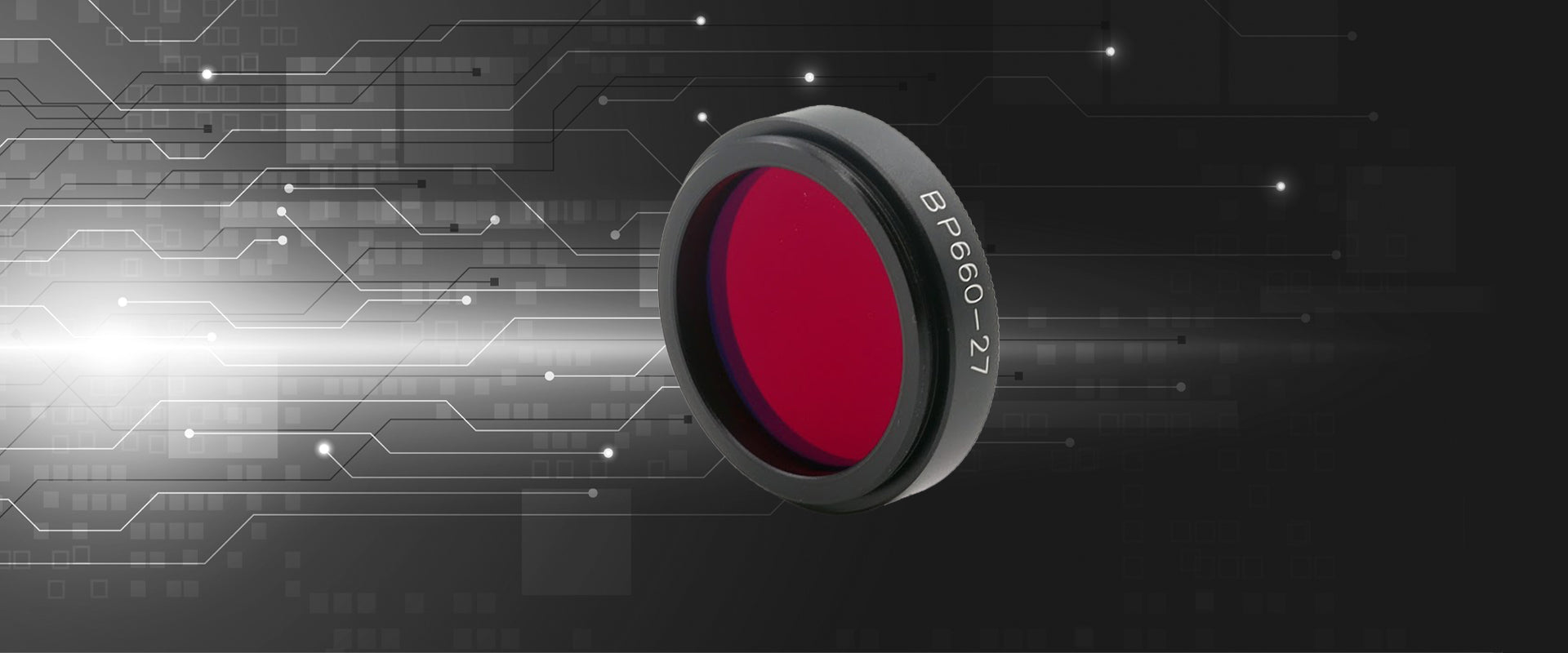
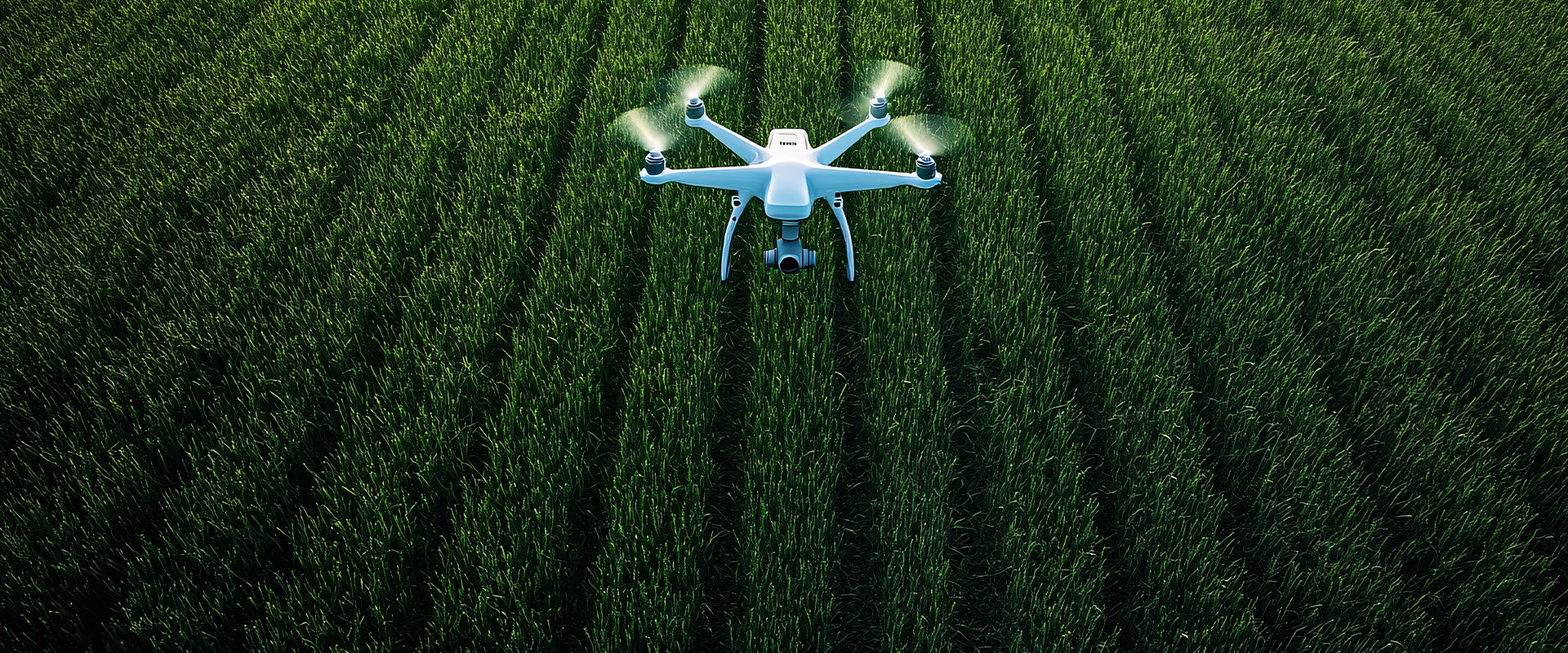
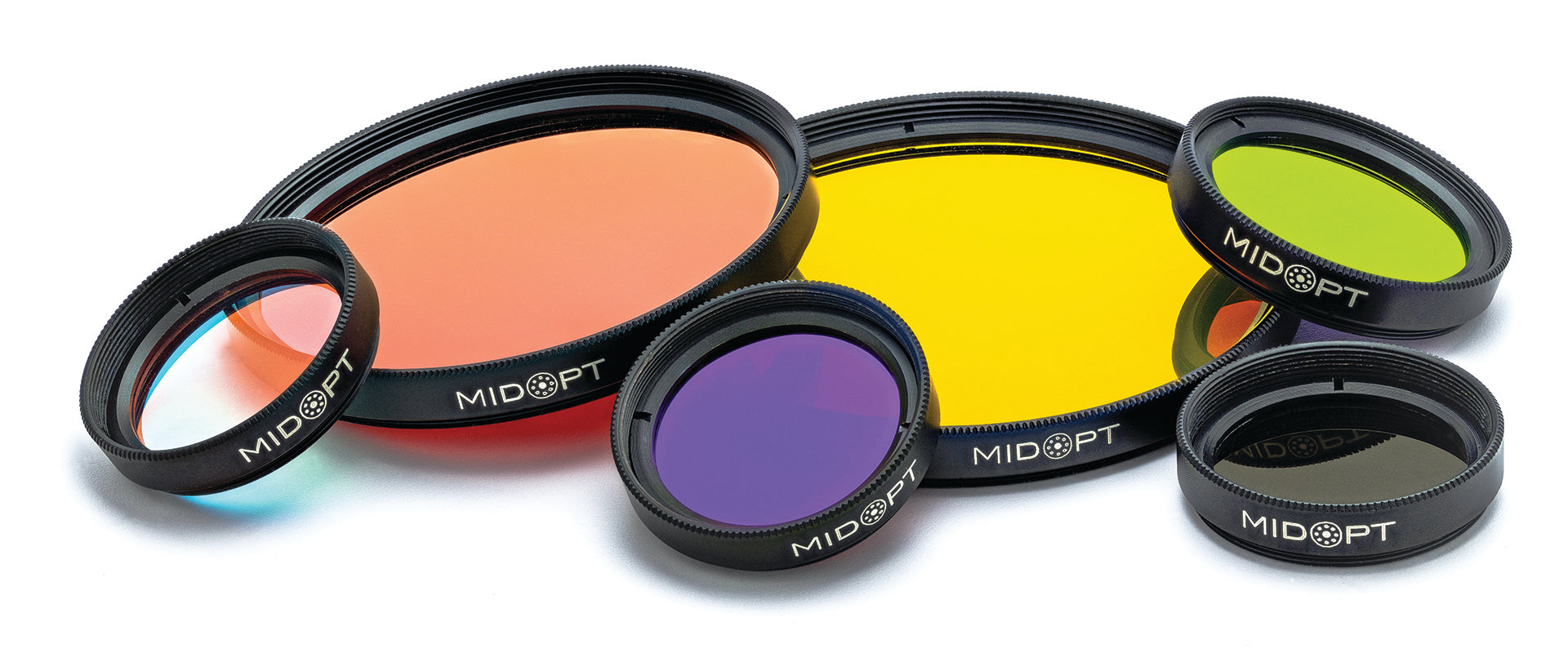
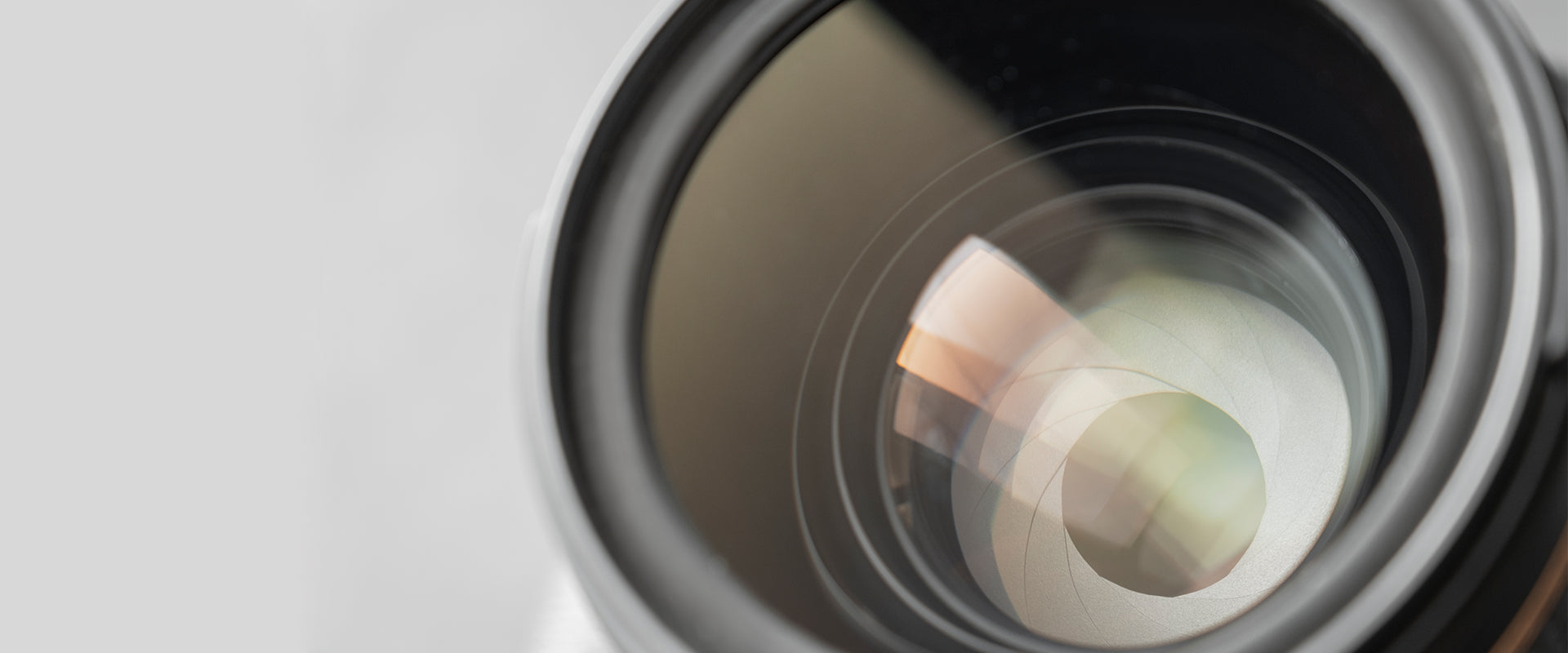
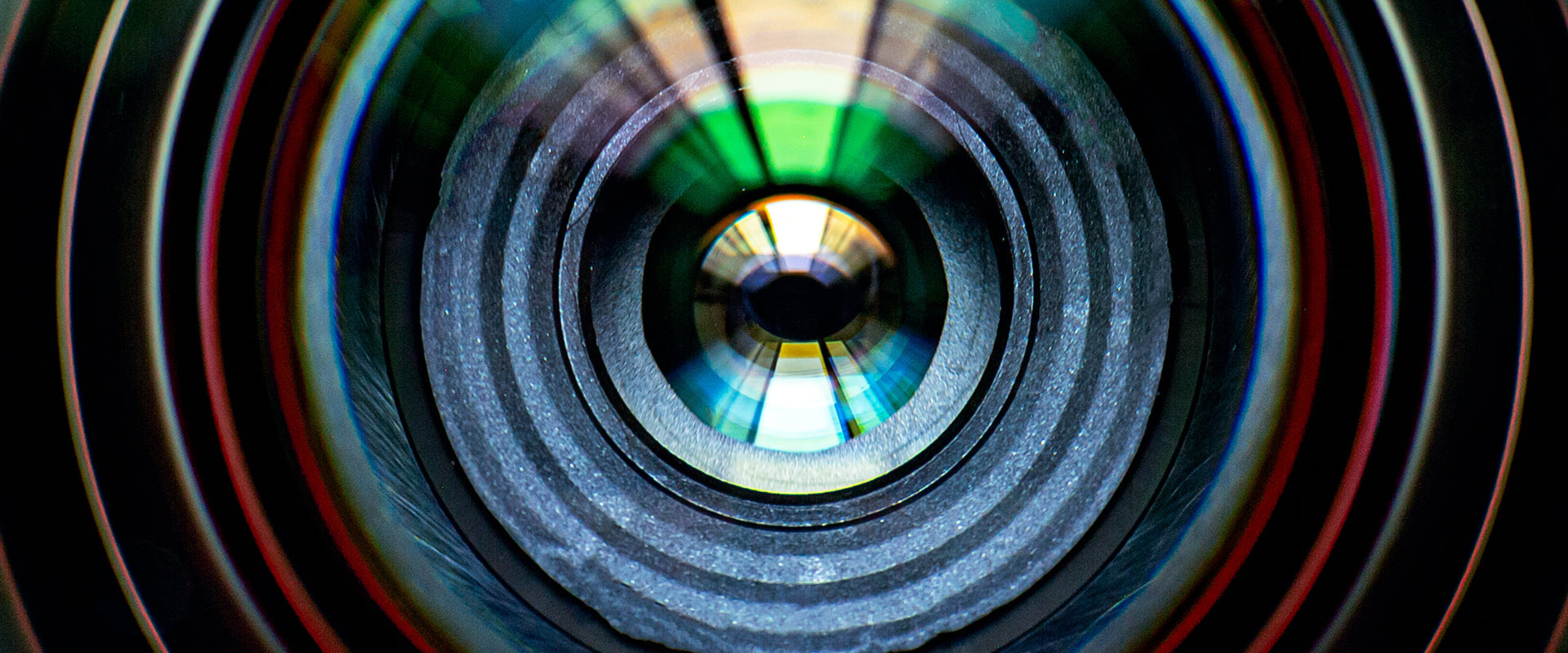
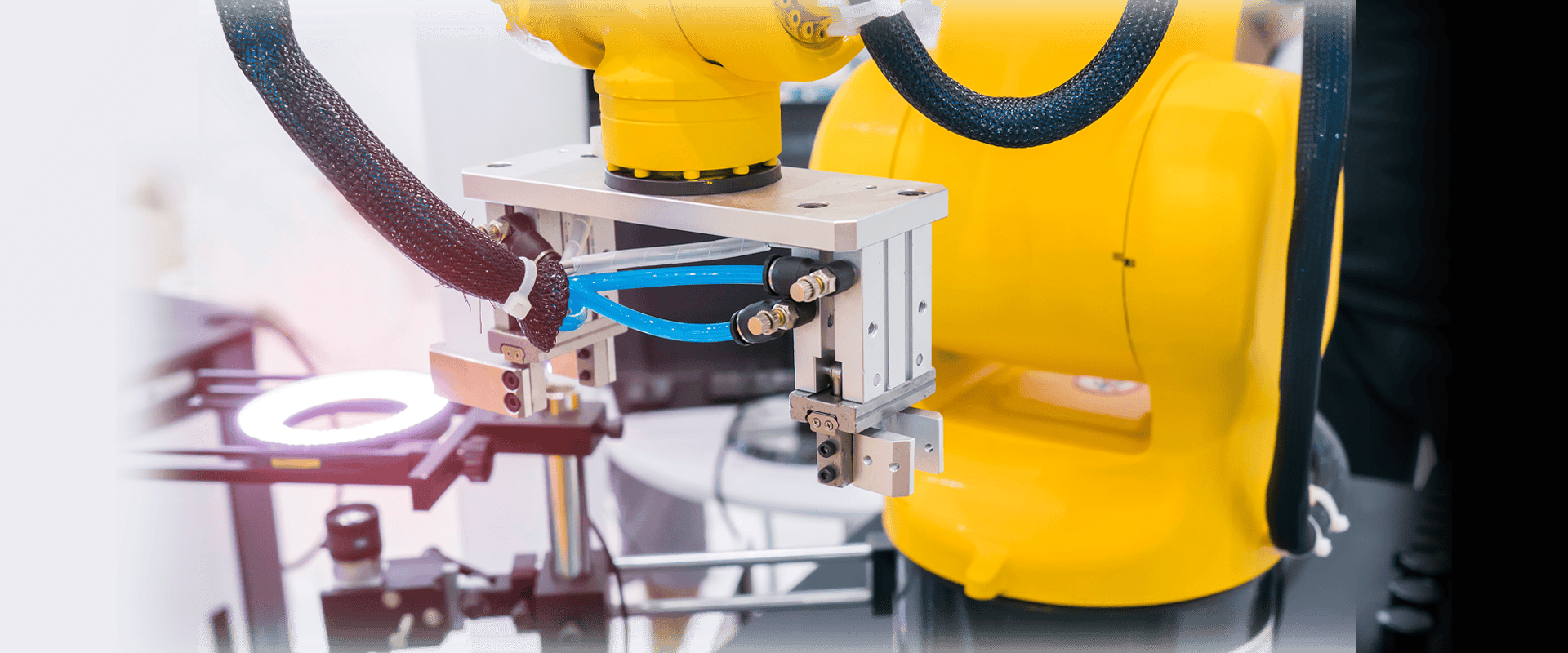

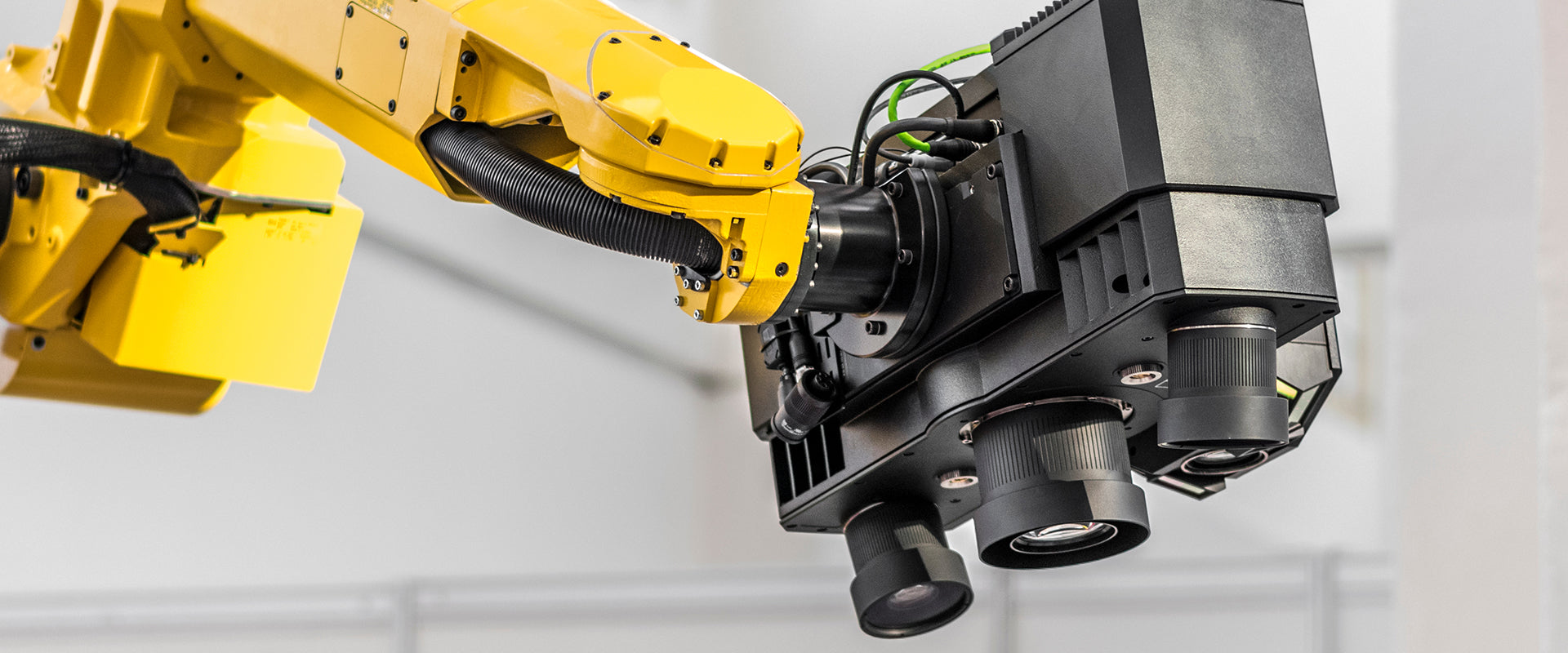
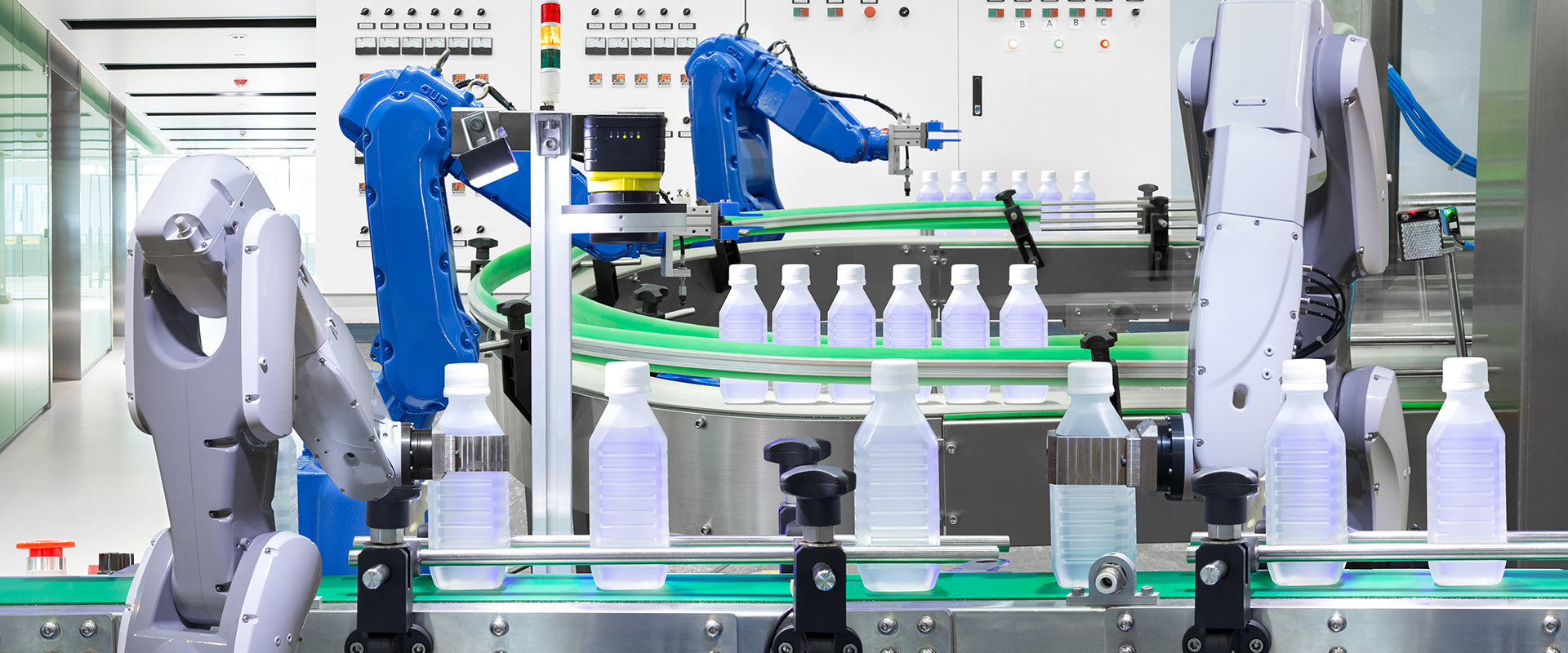
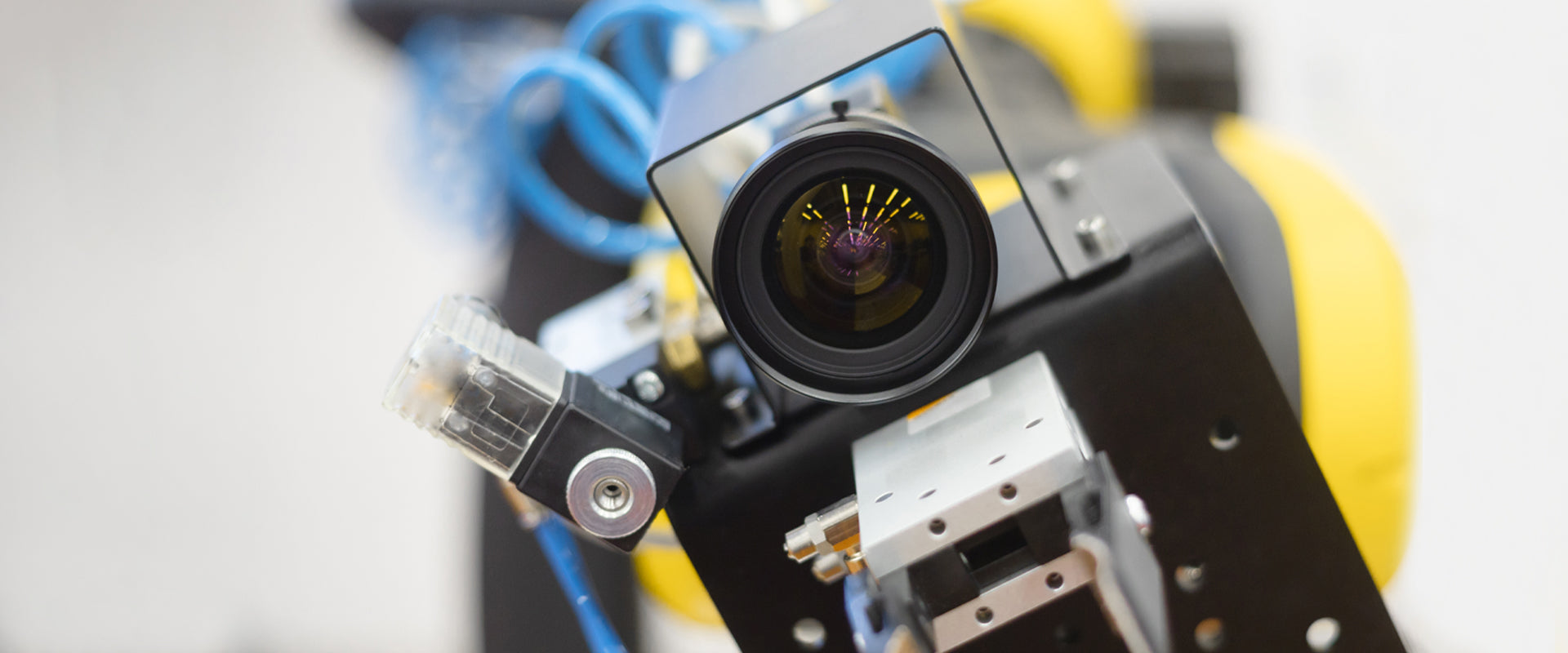
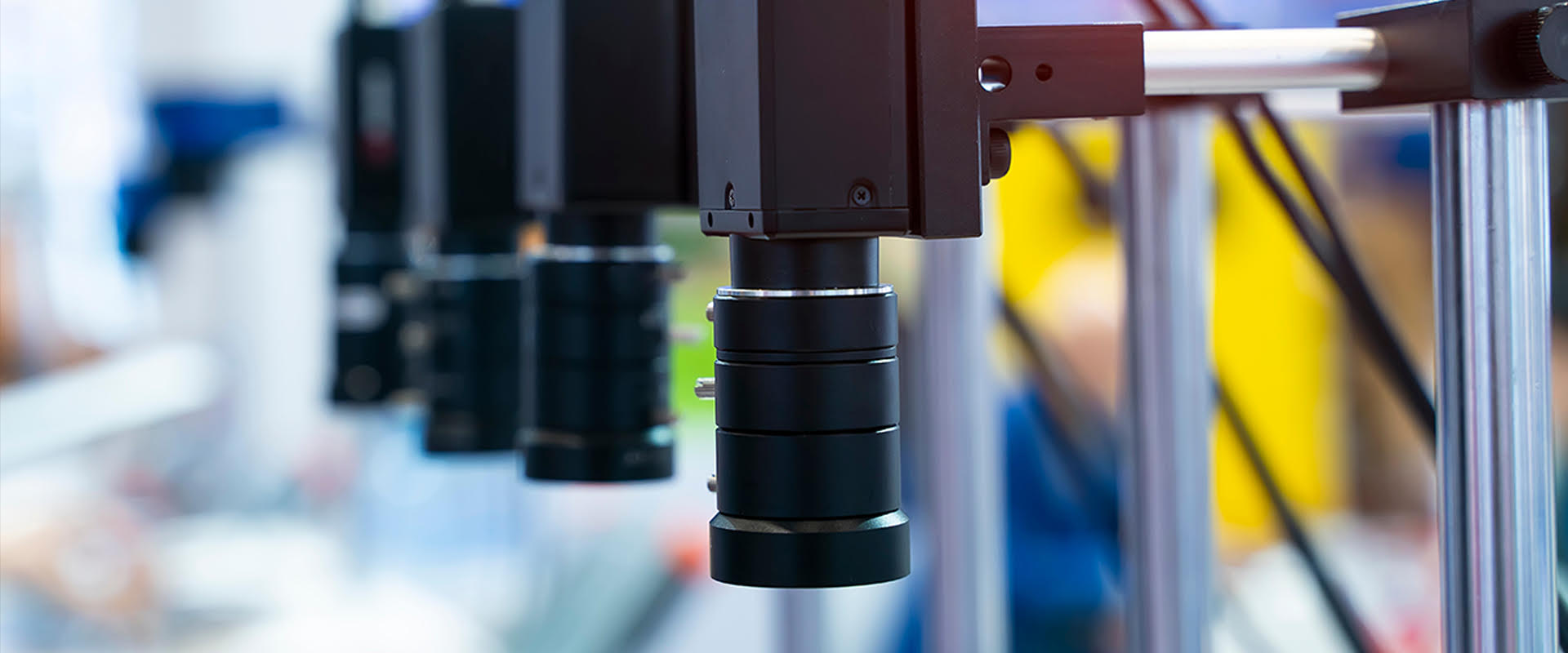
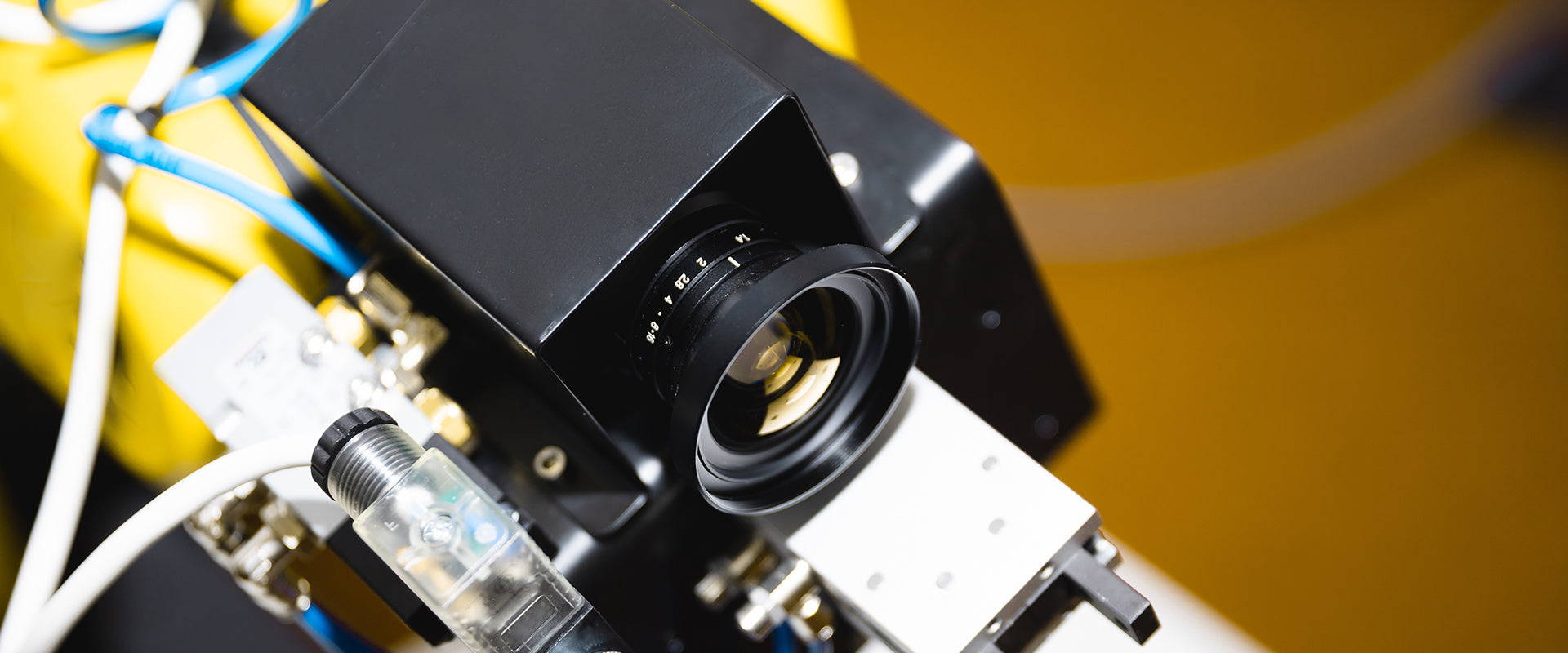
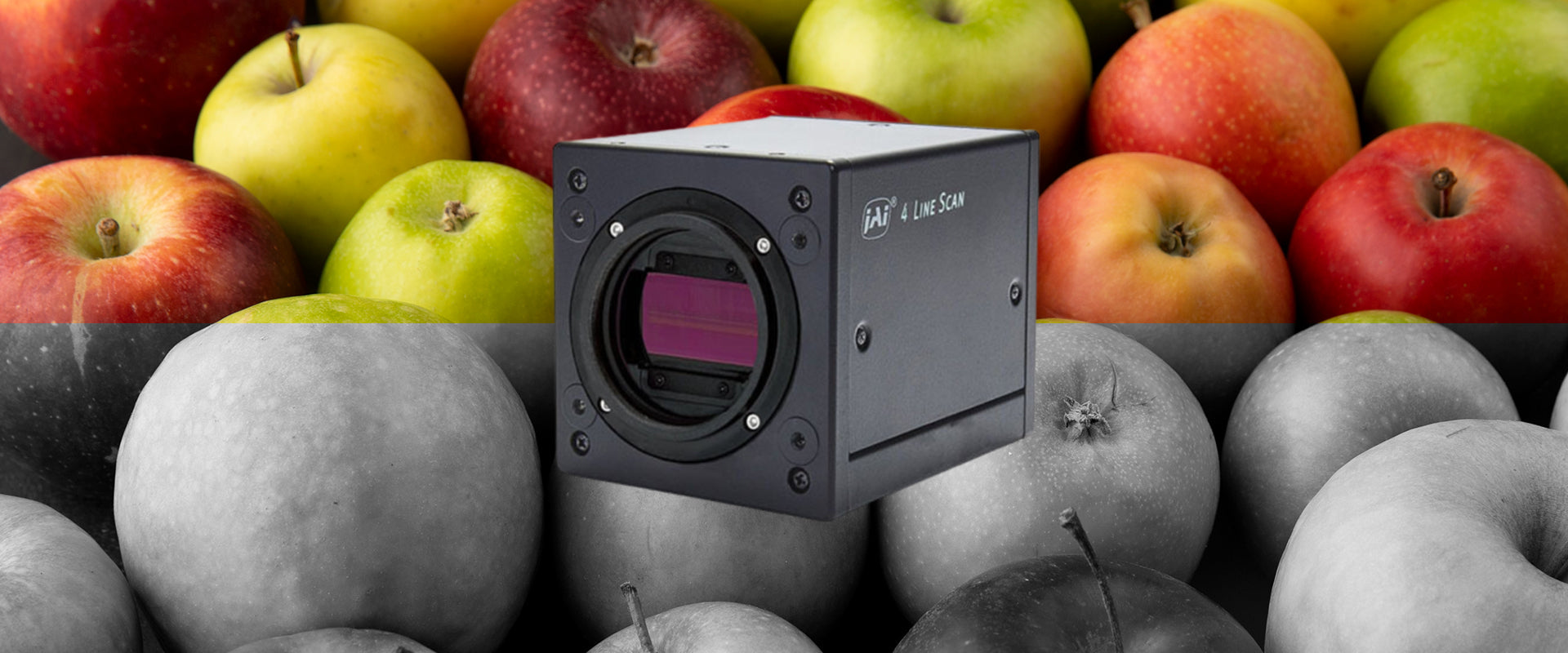
 Lighting
Lighting
